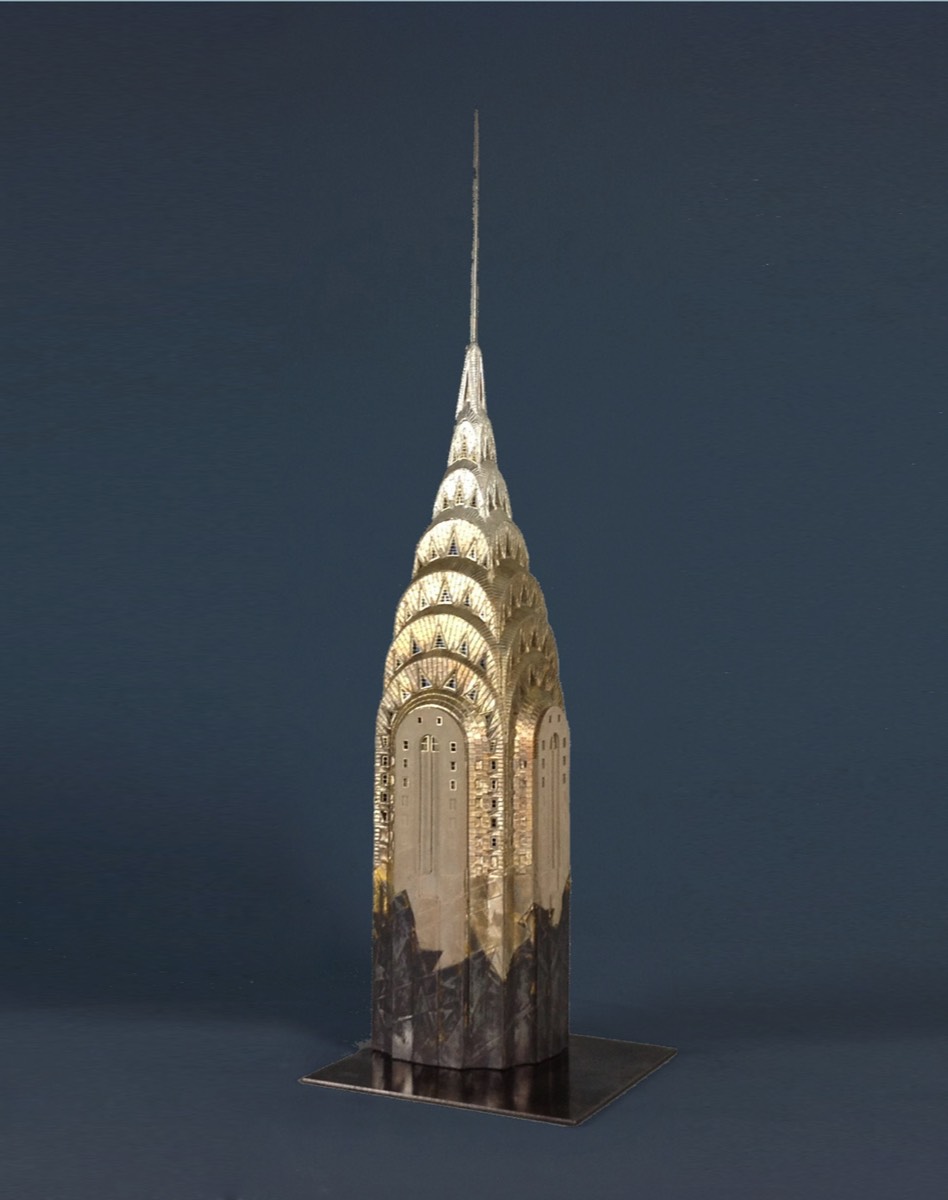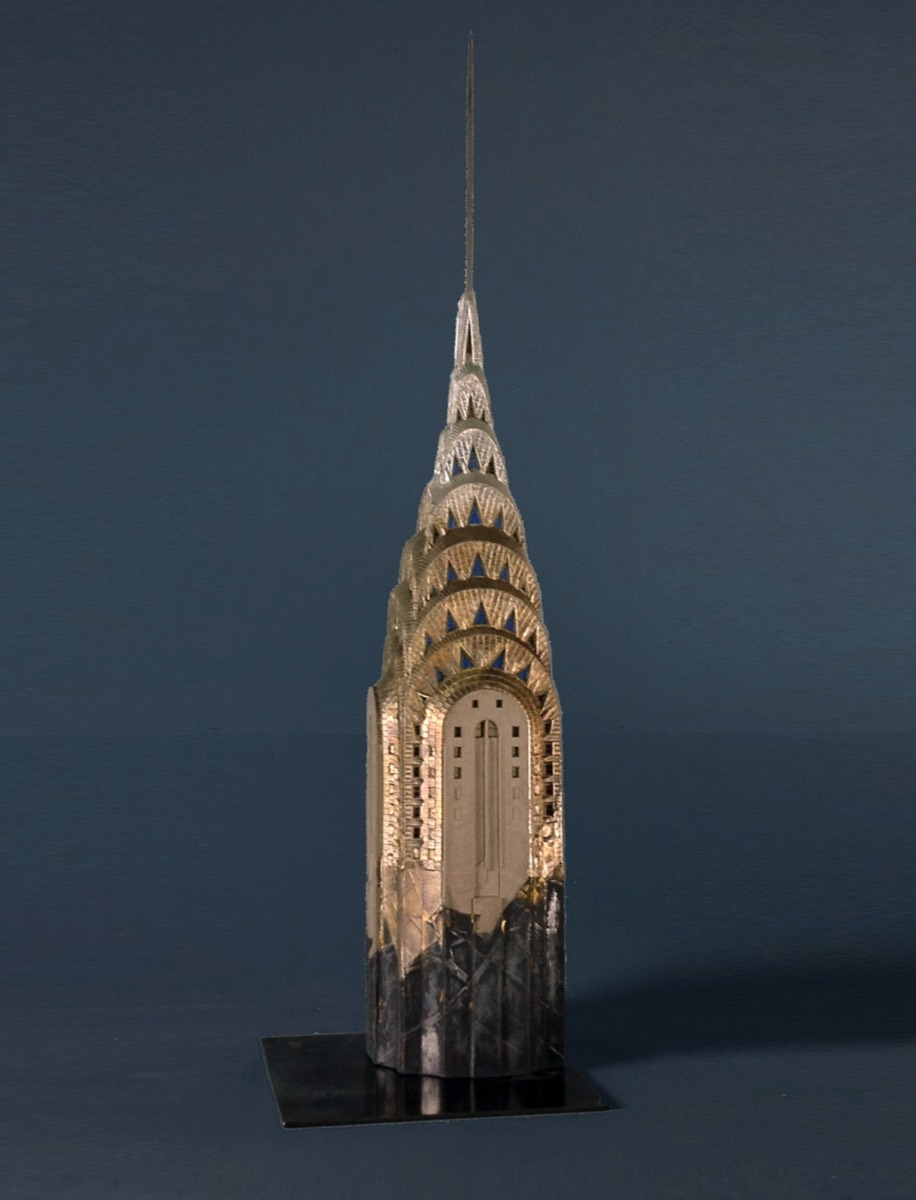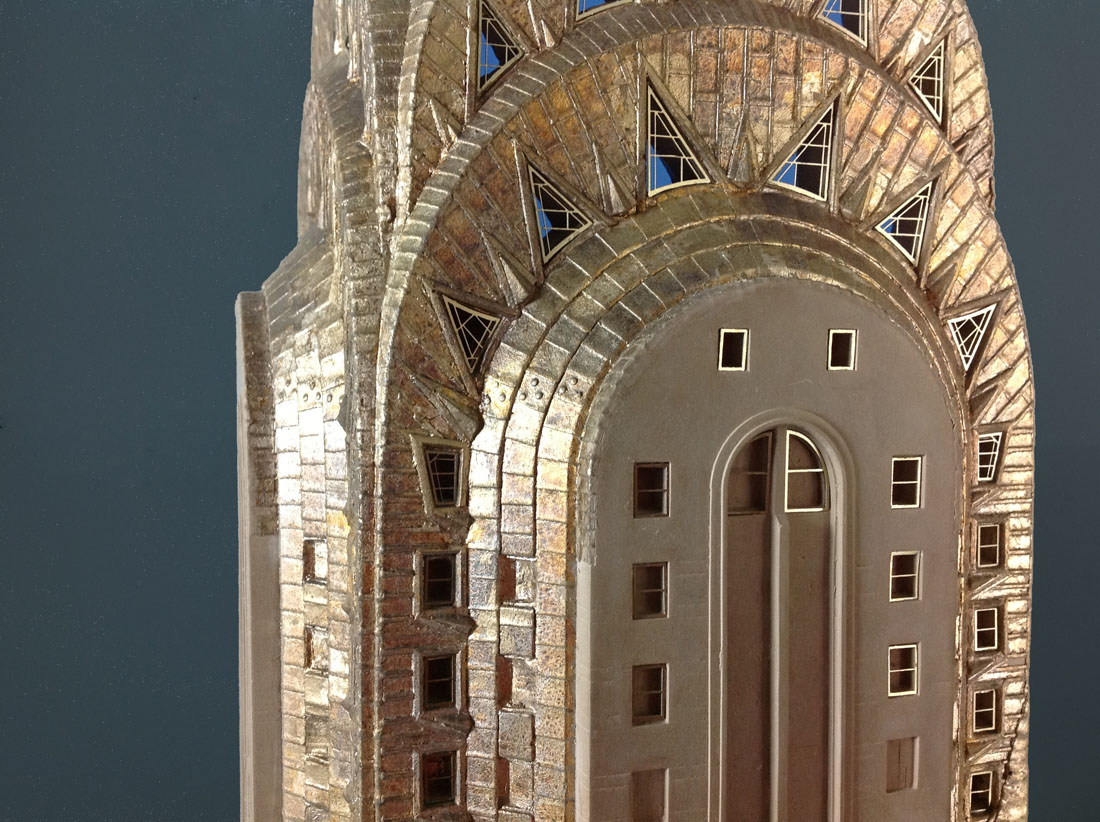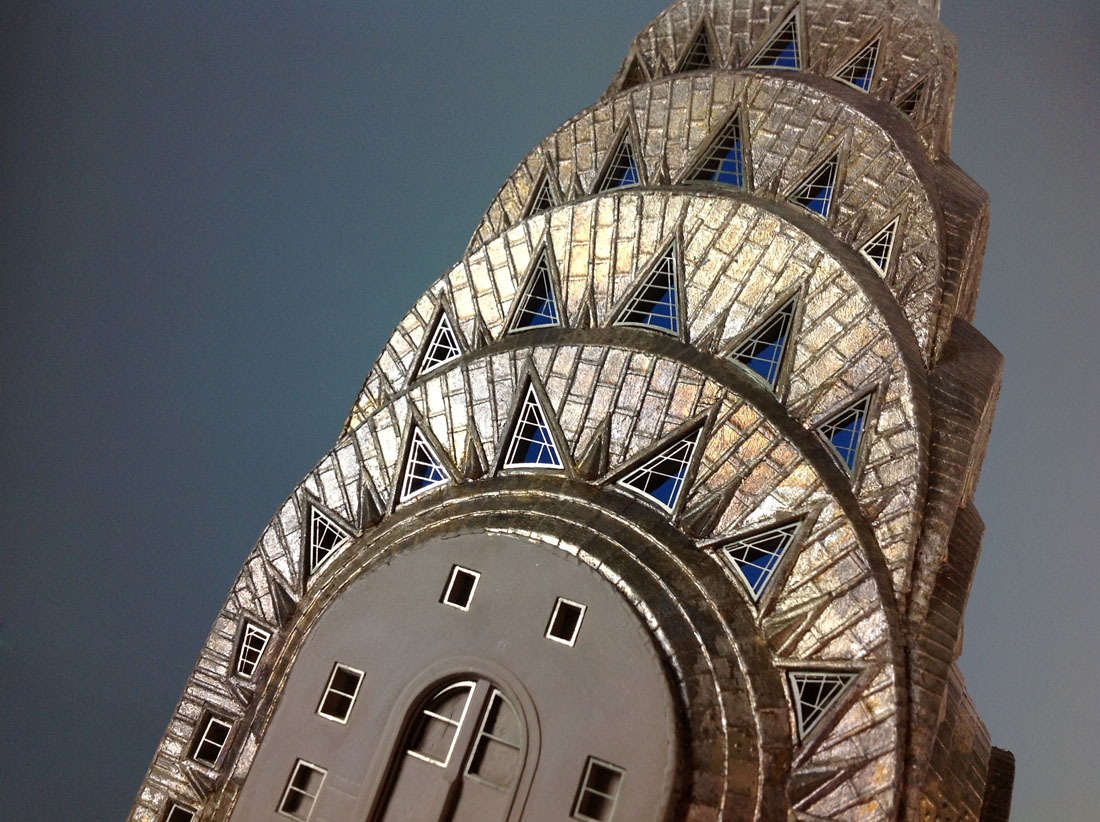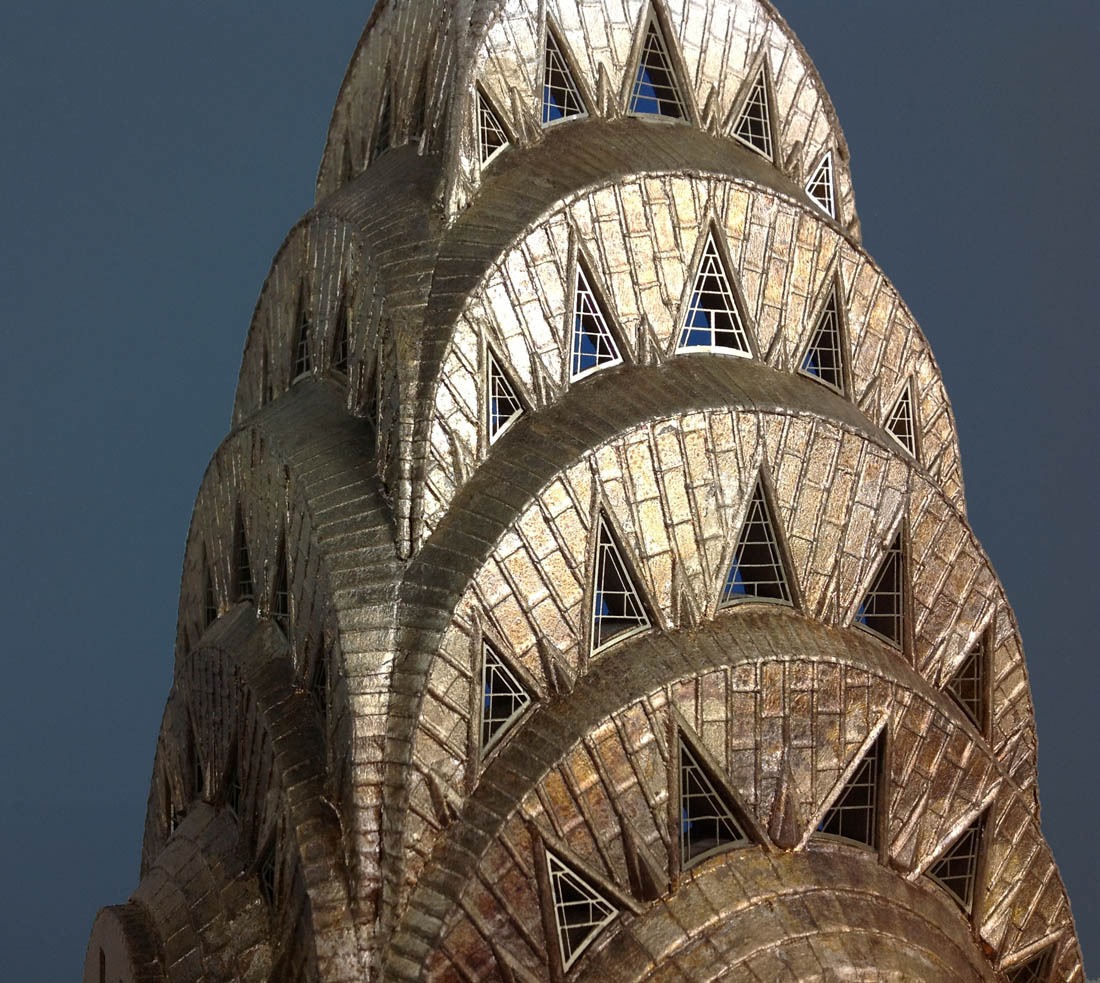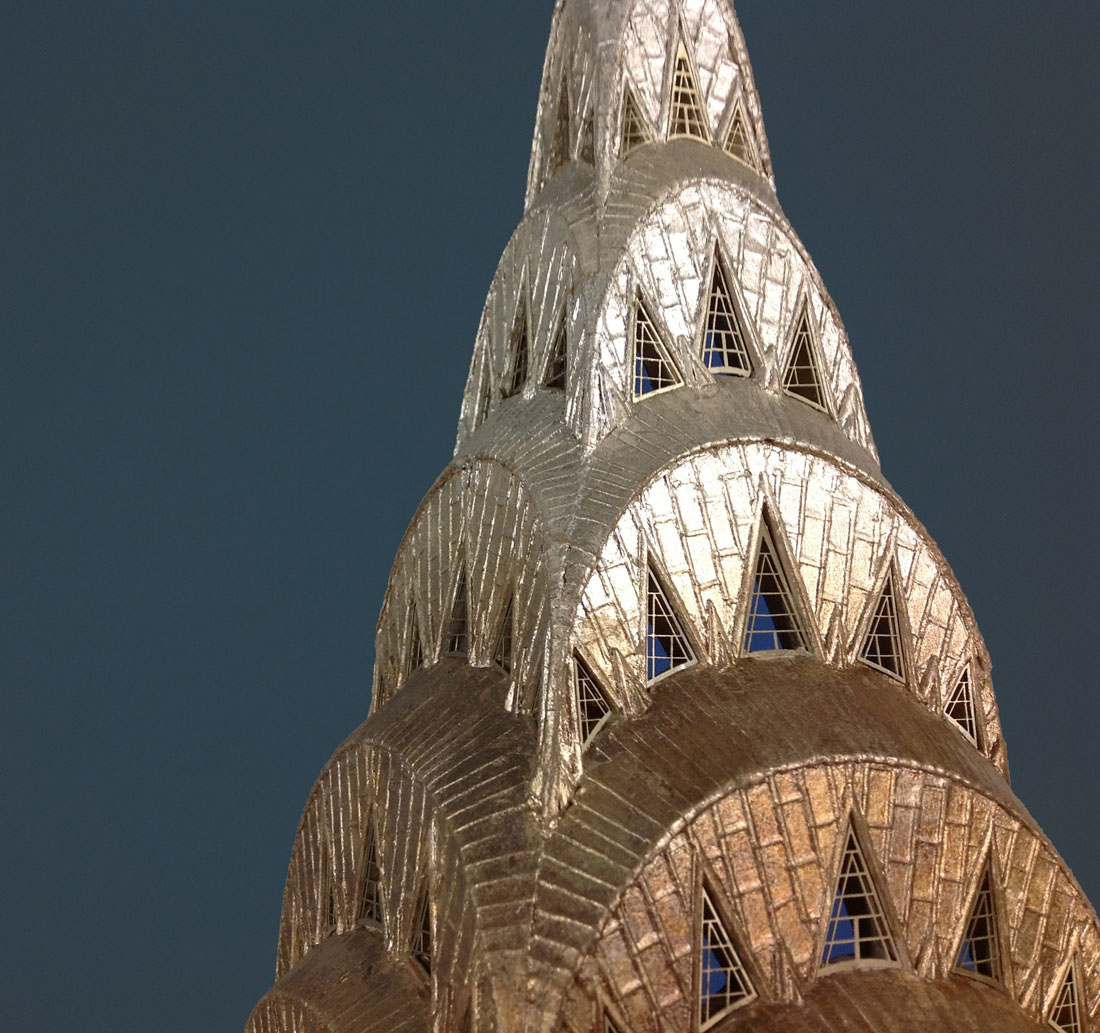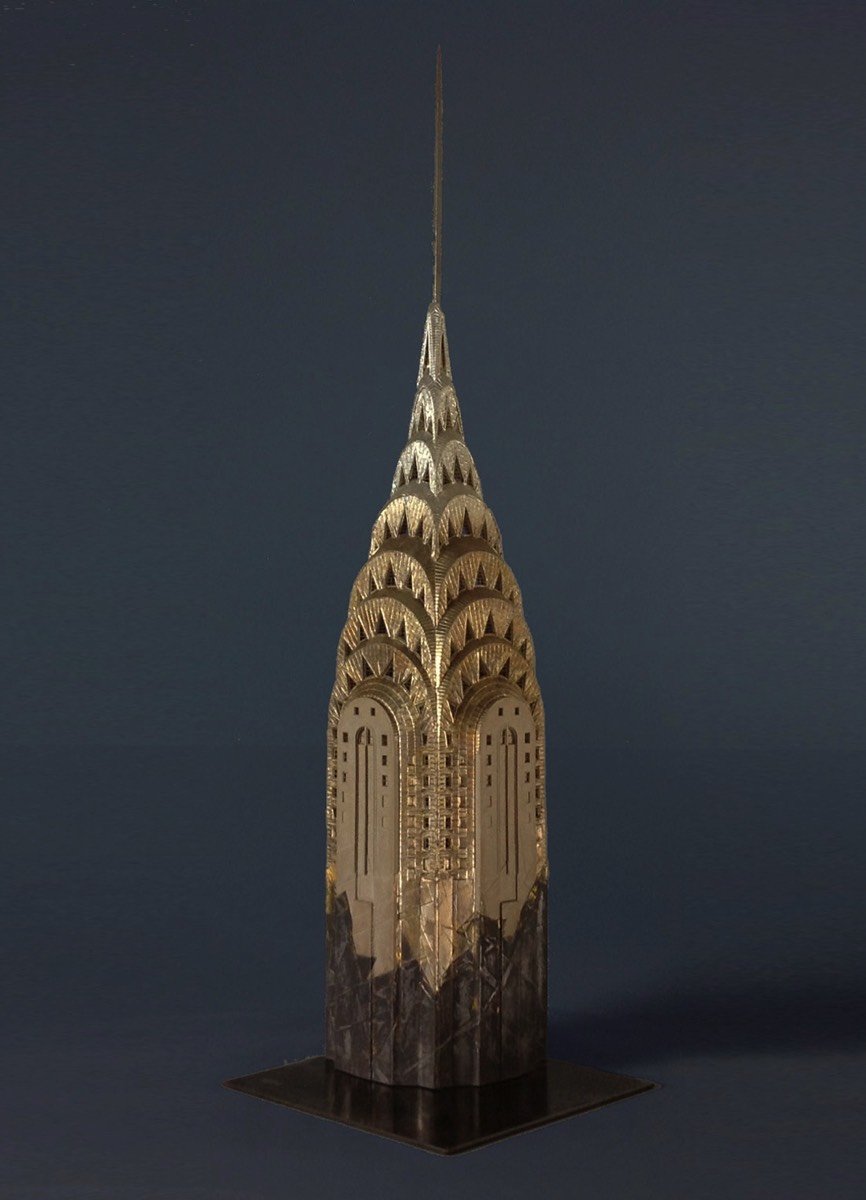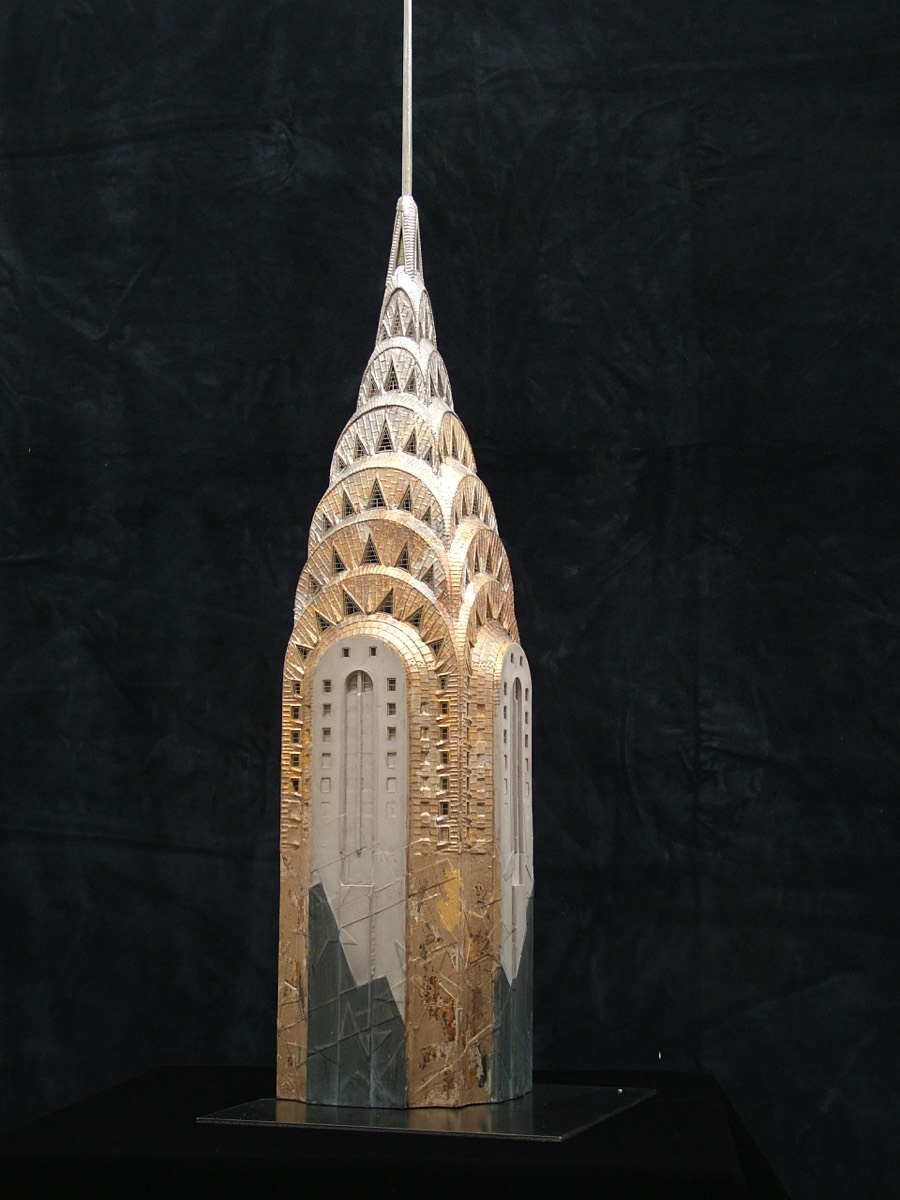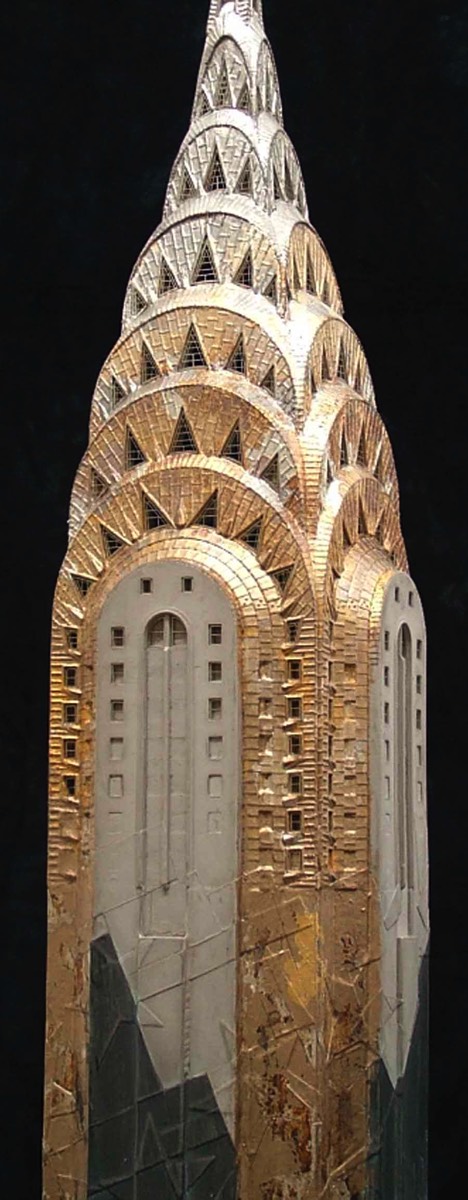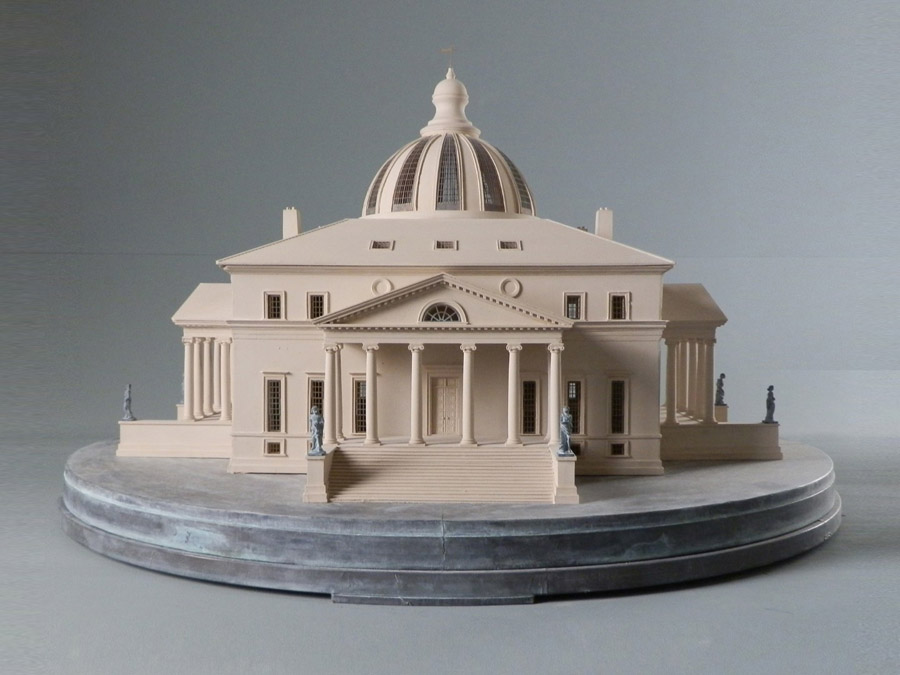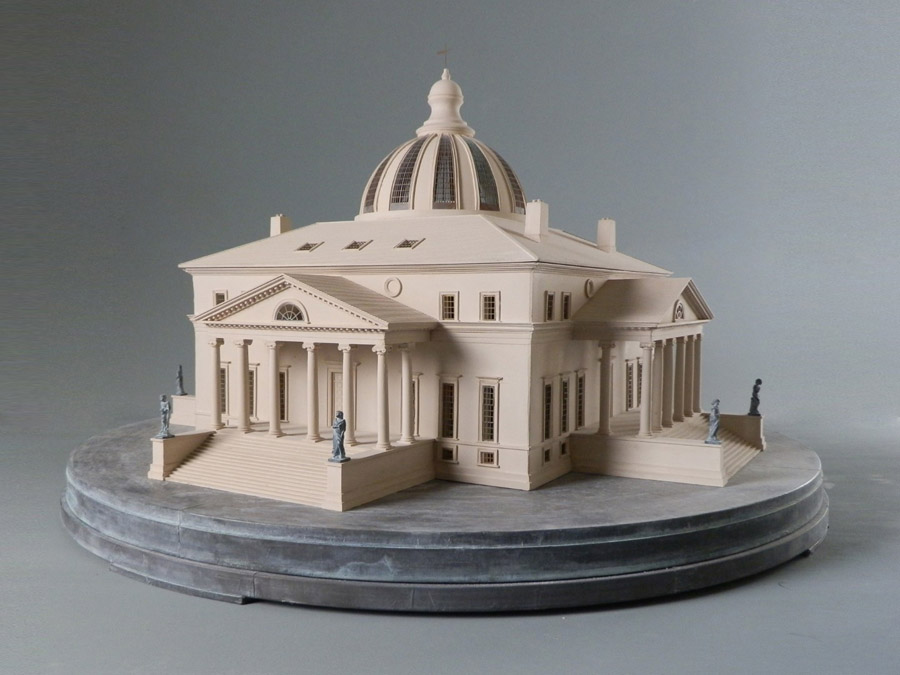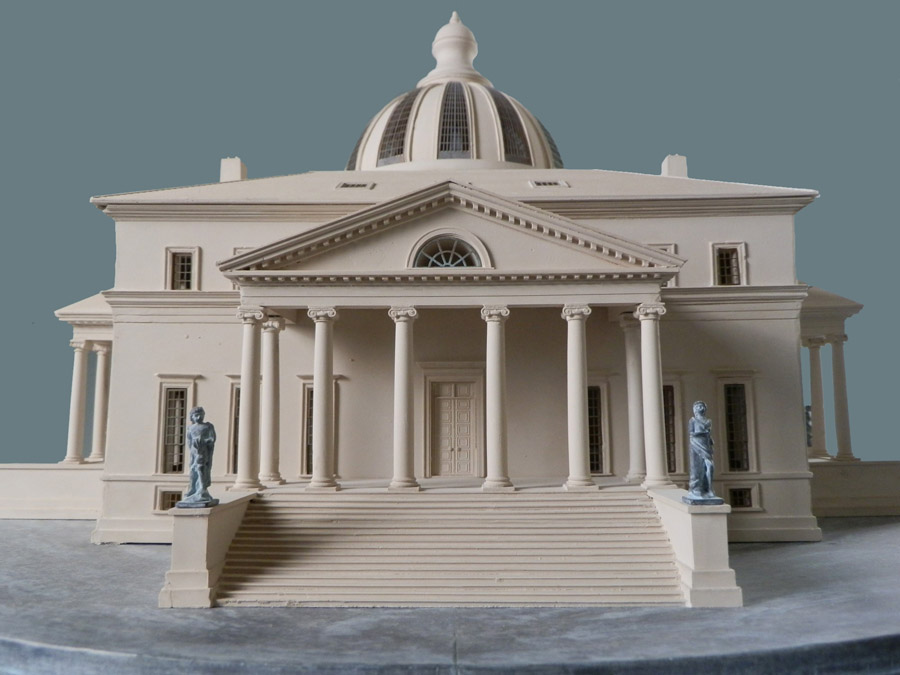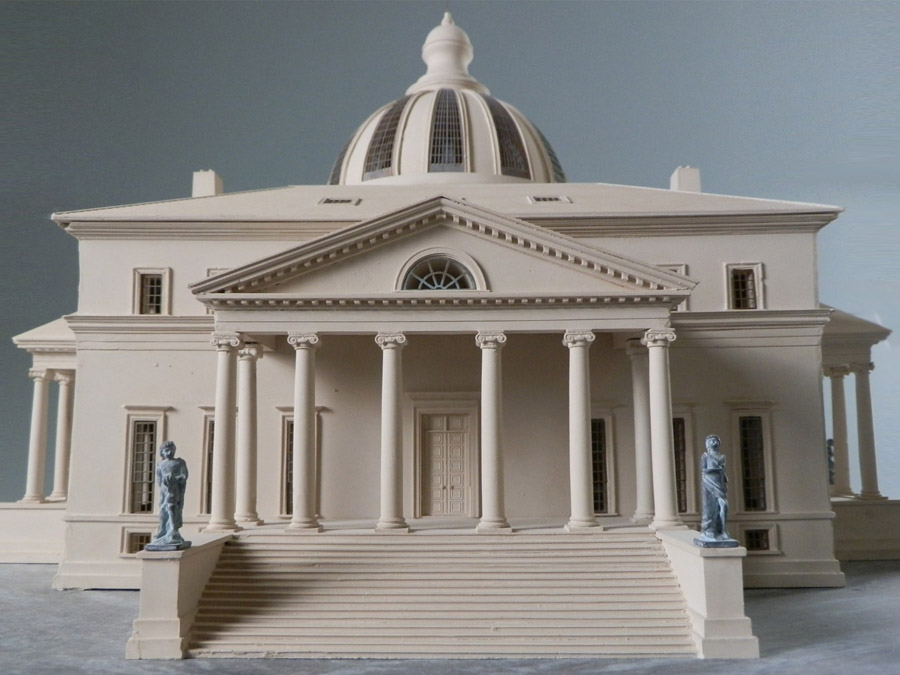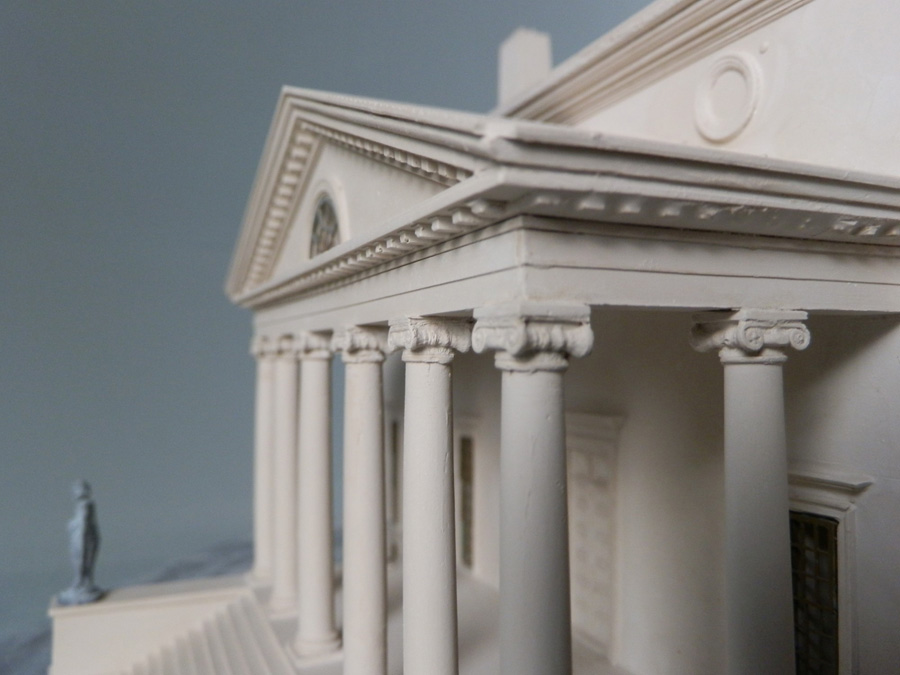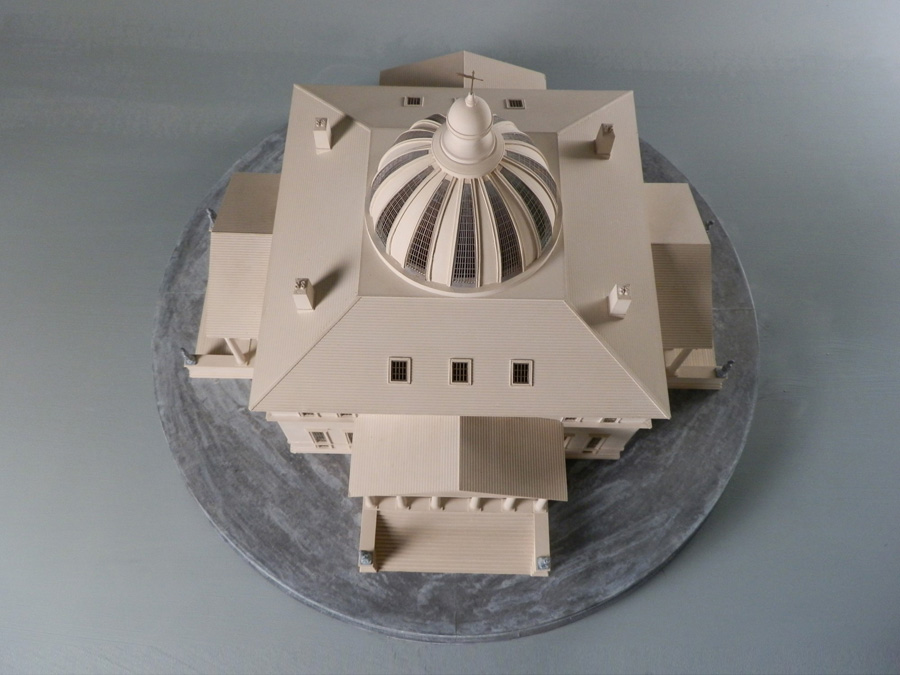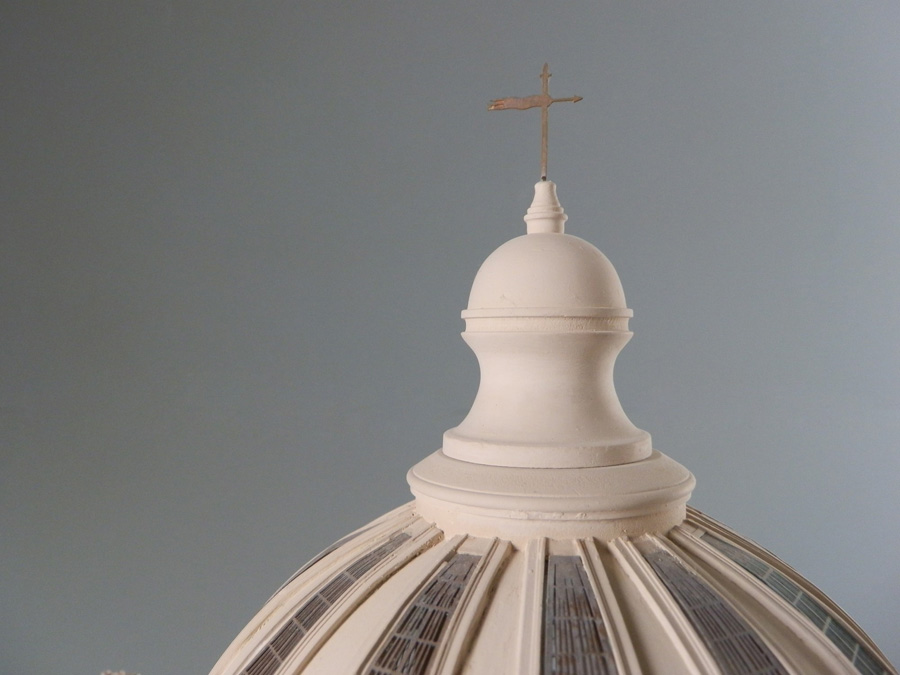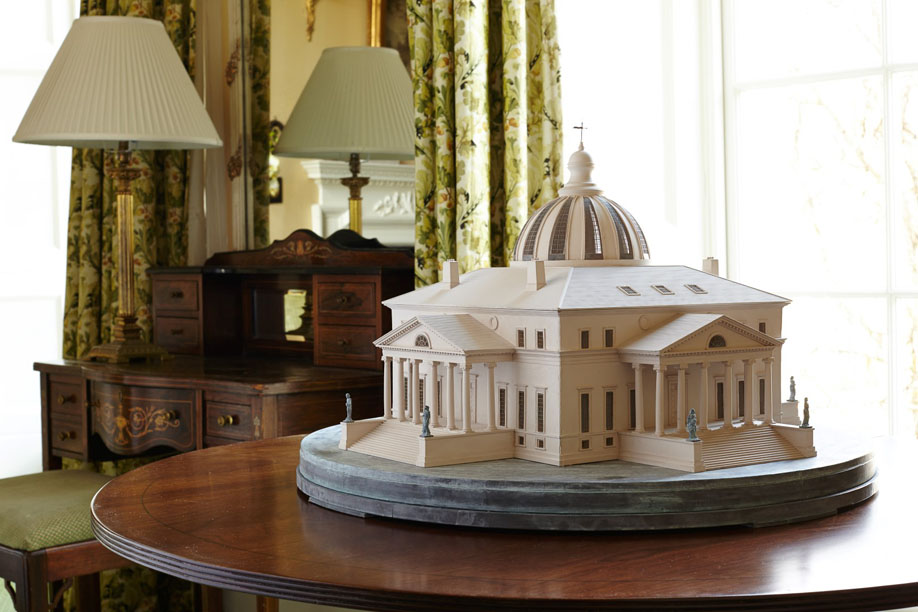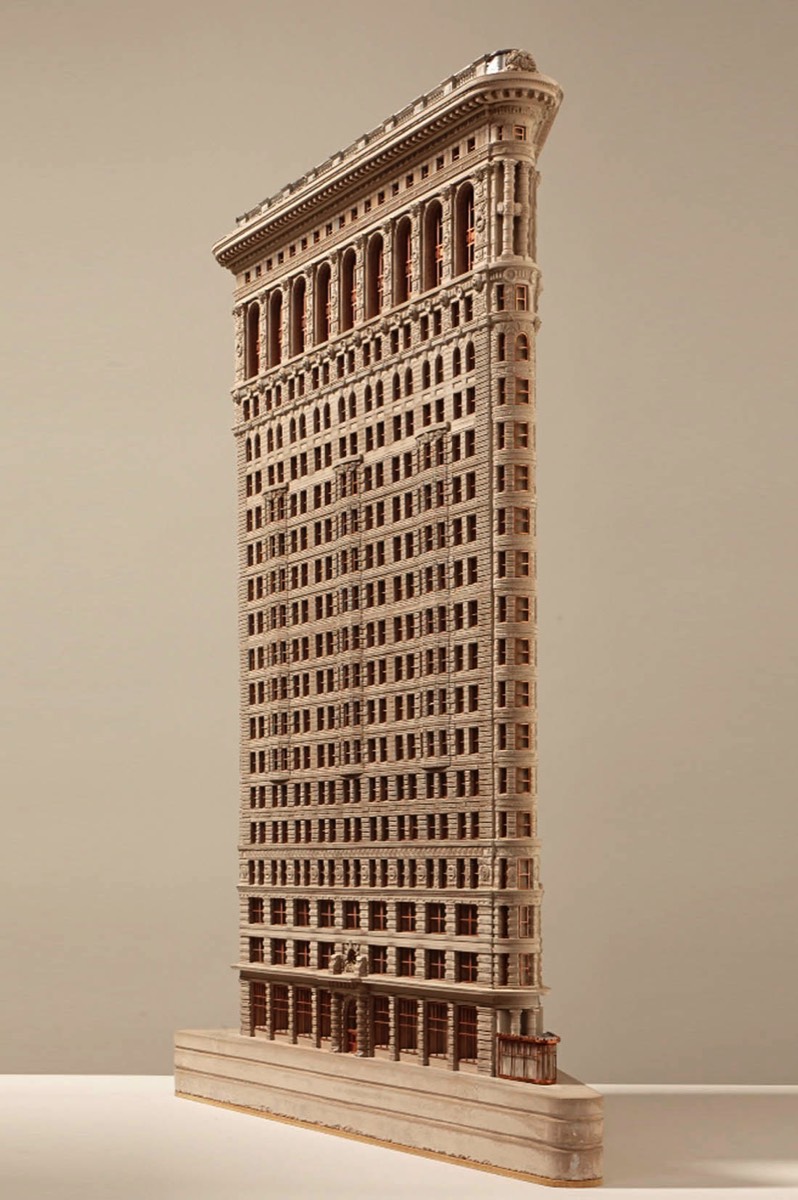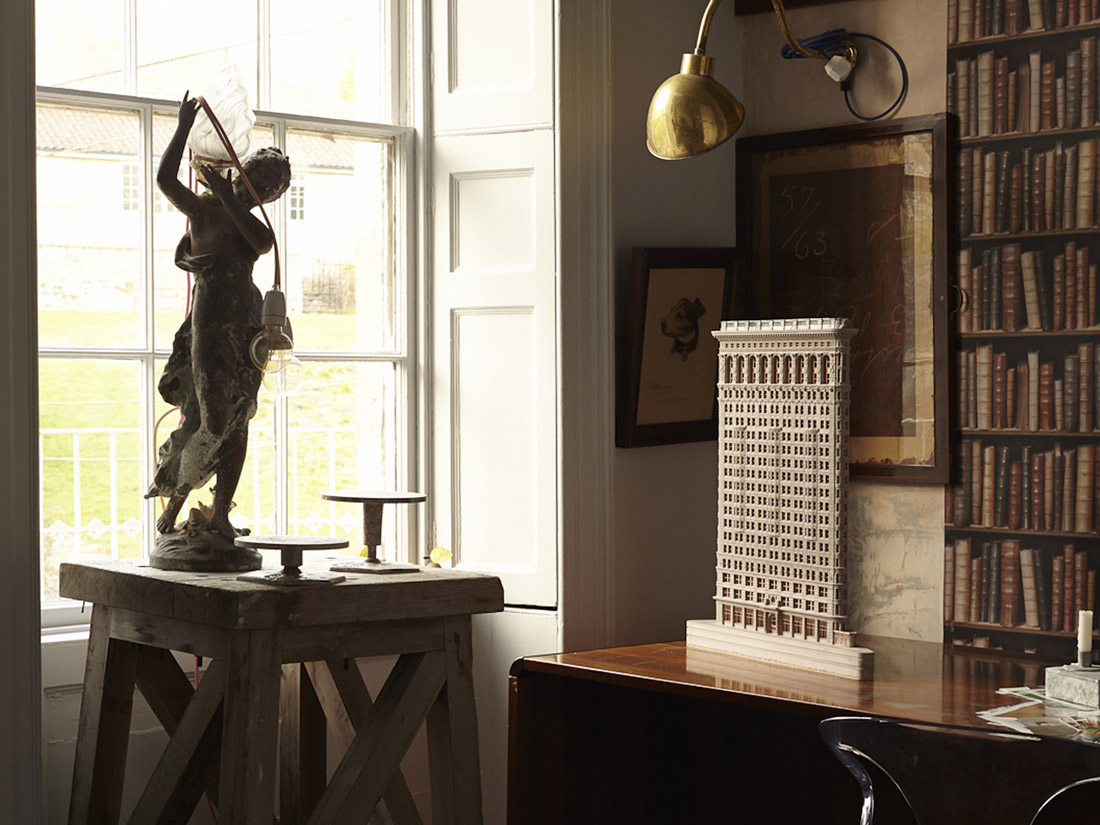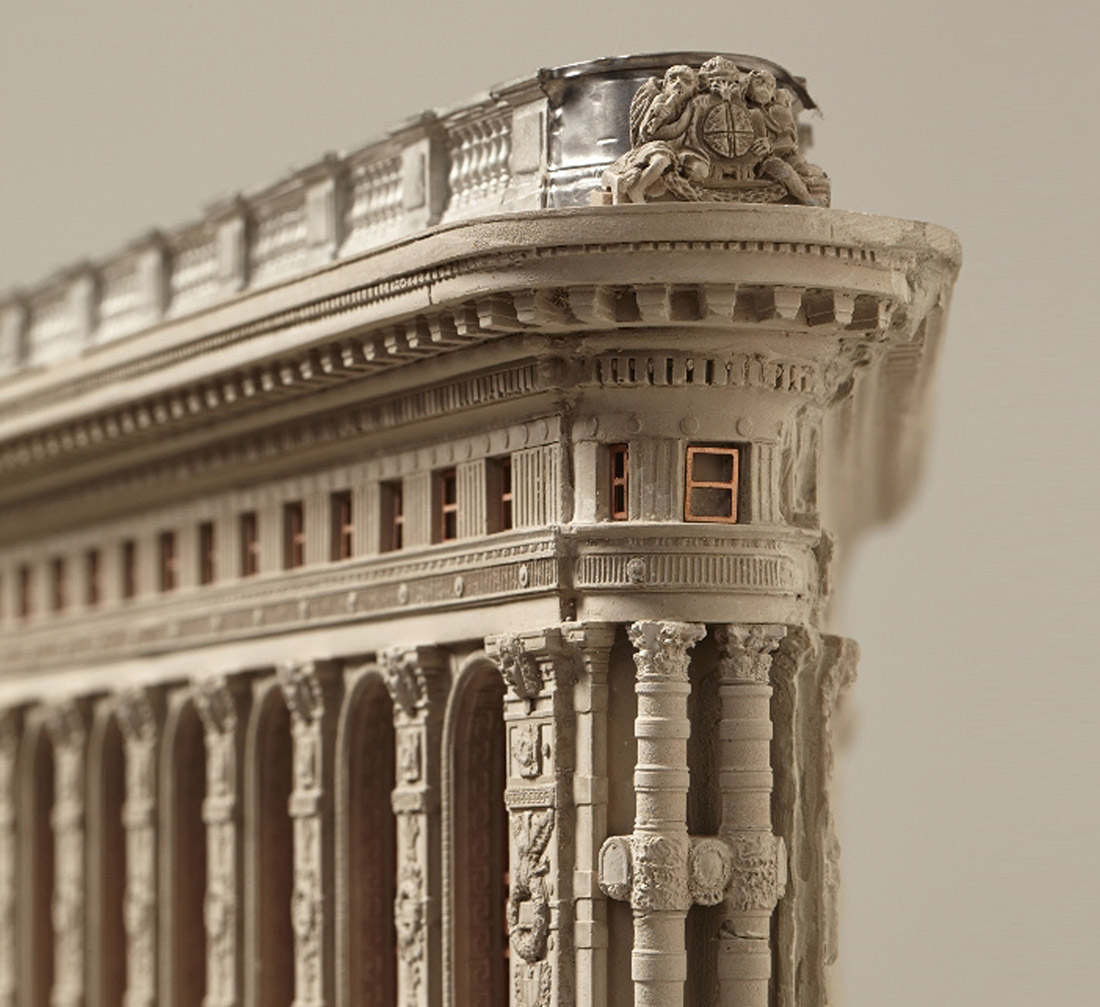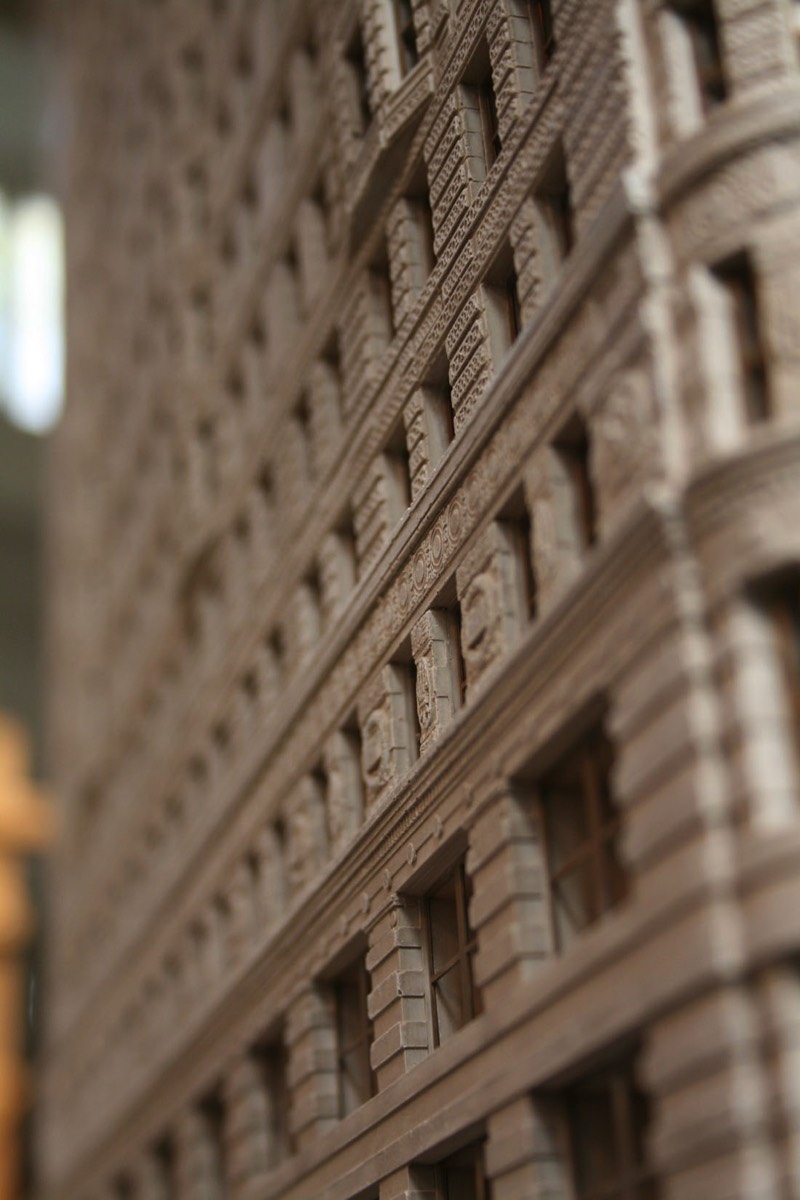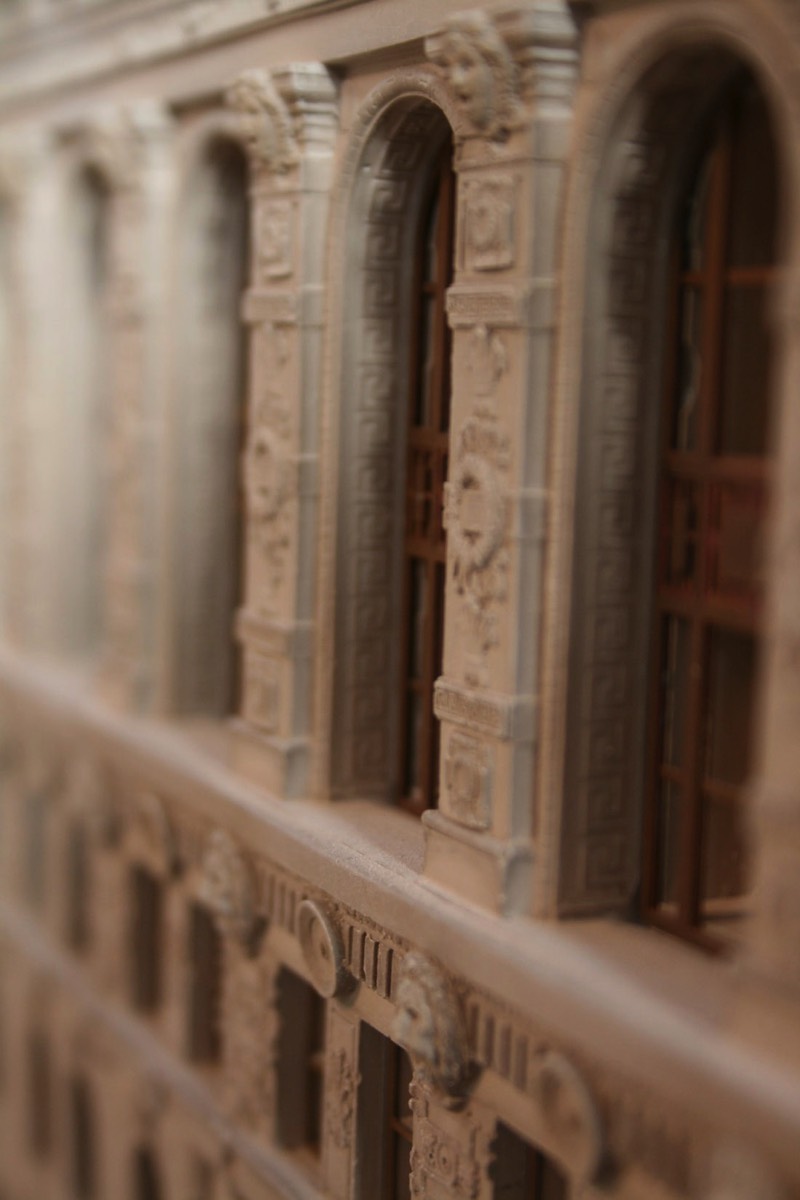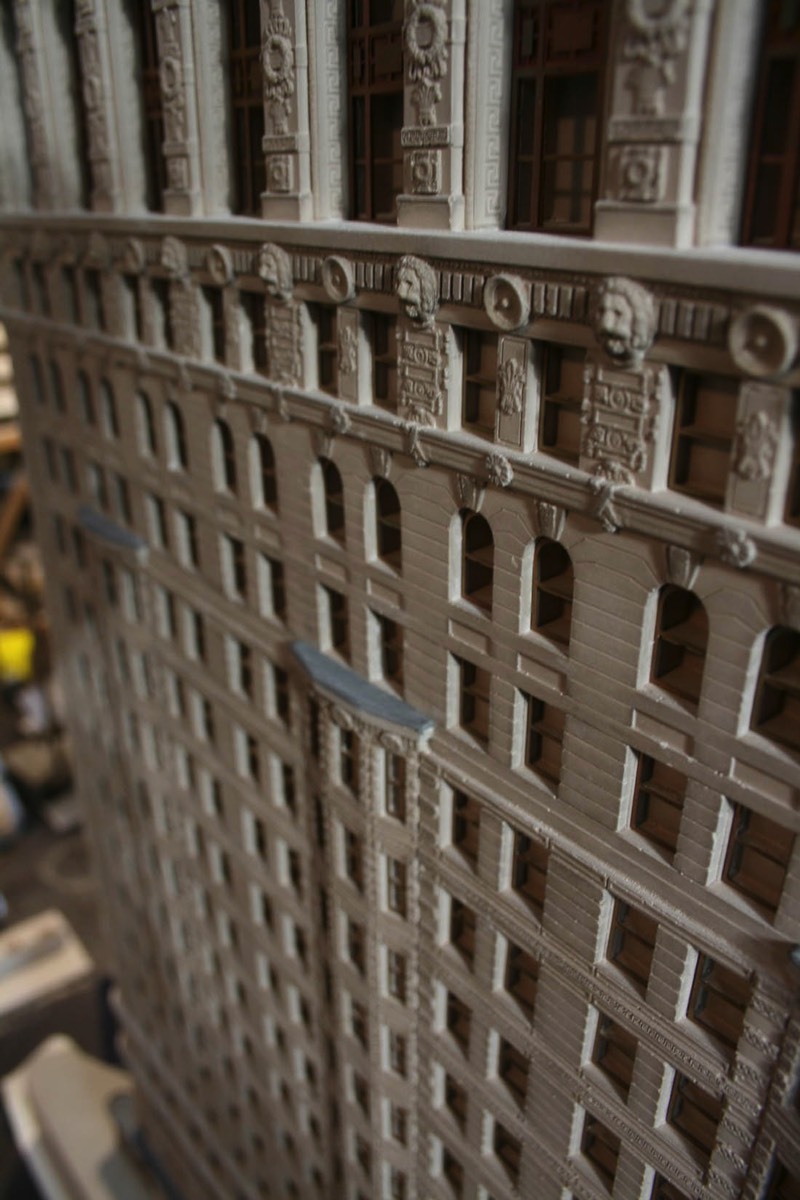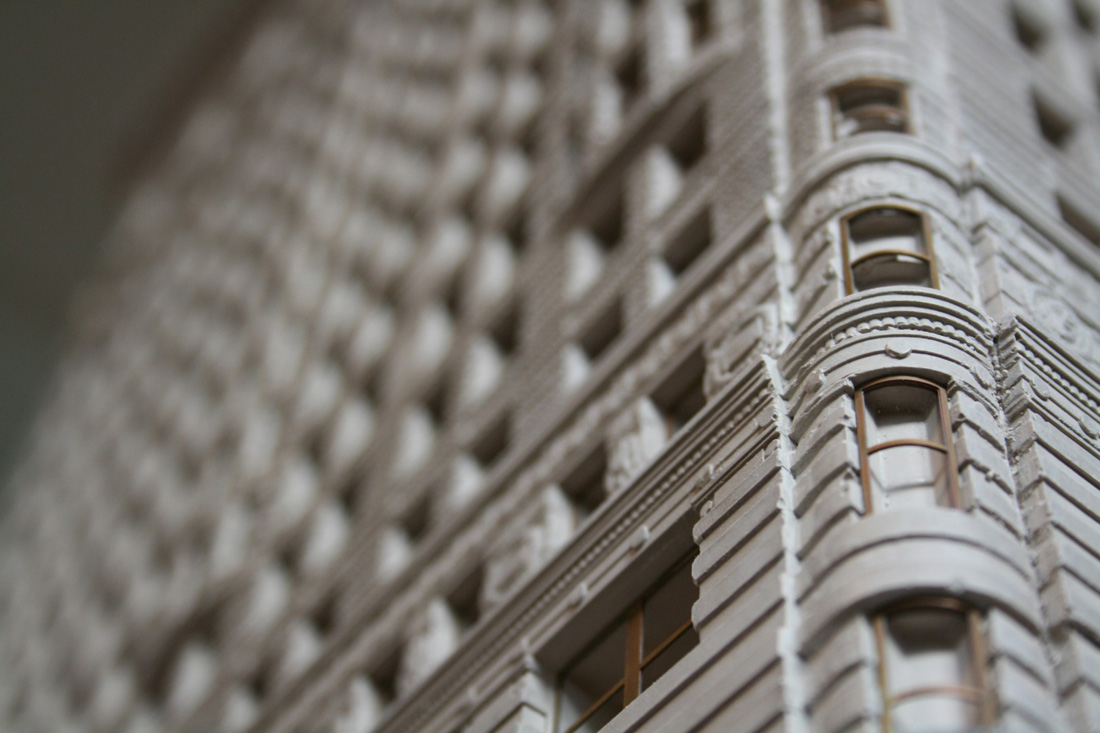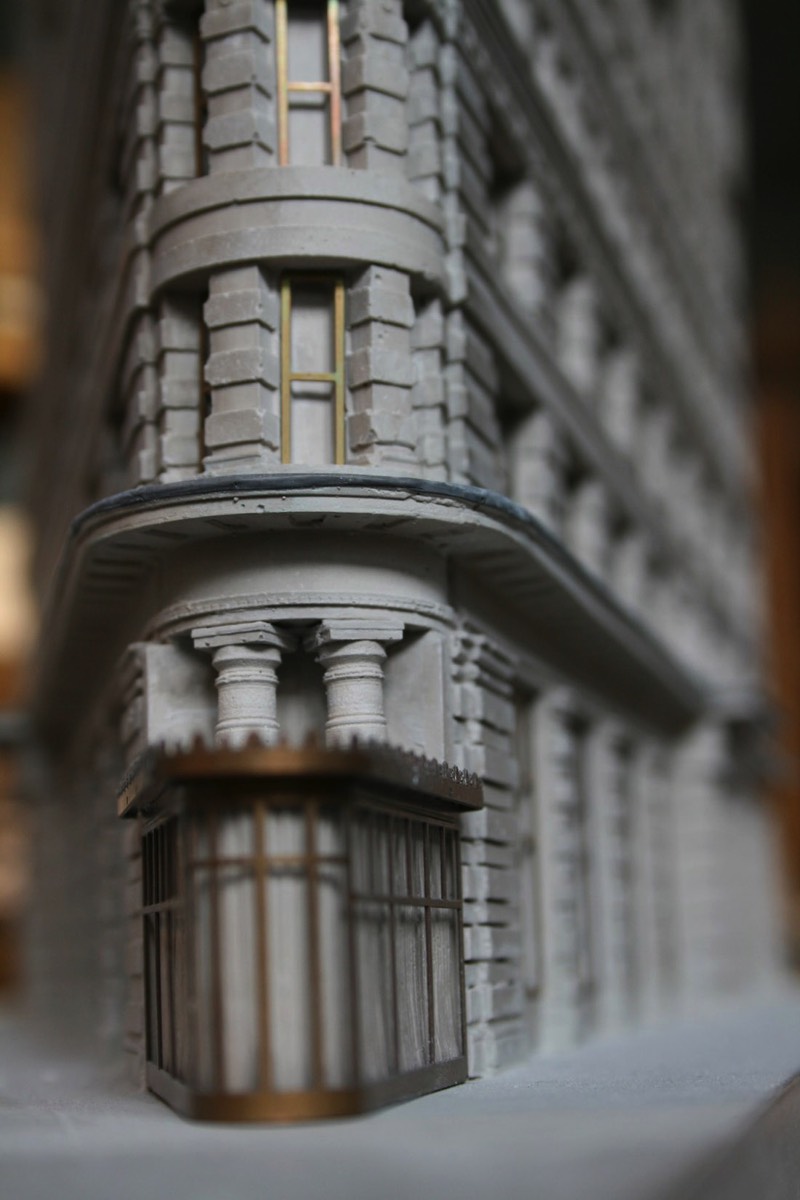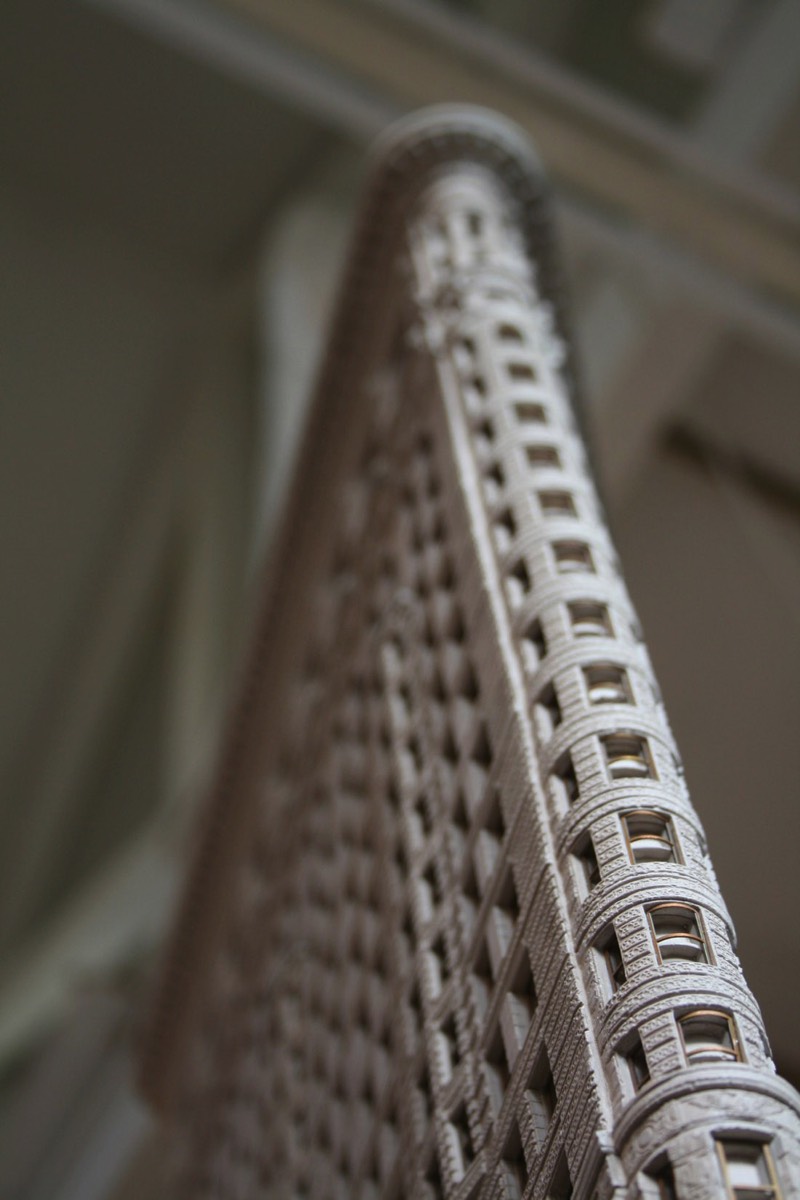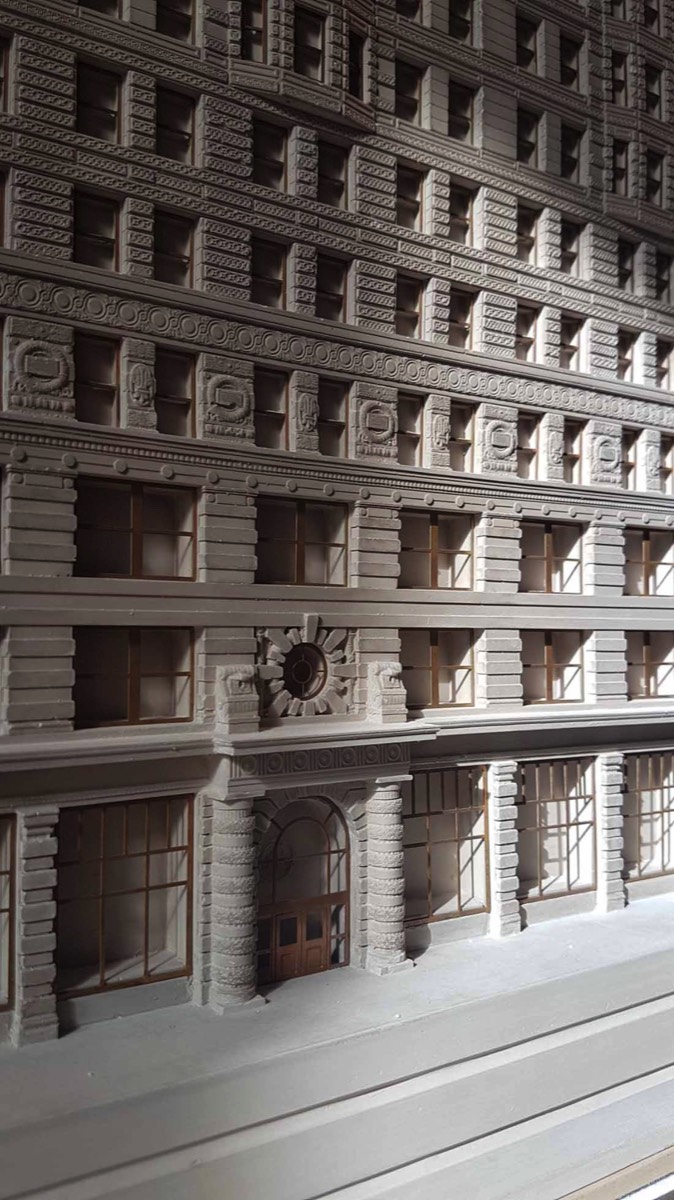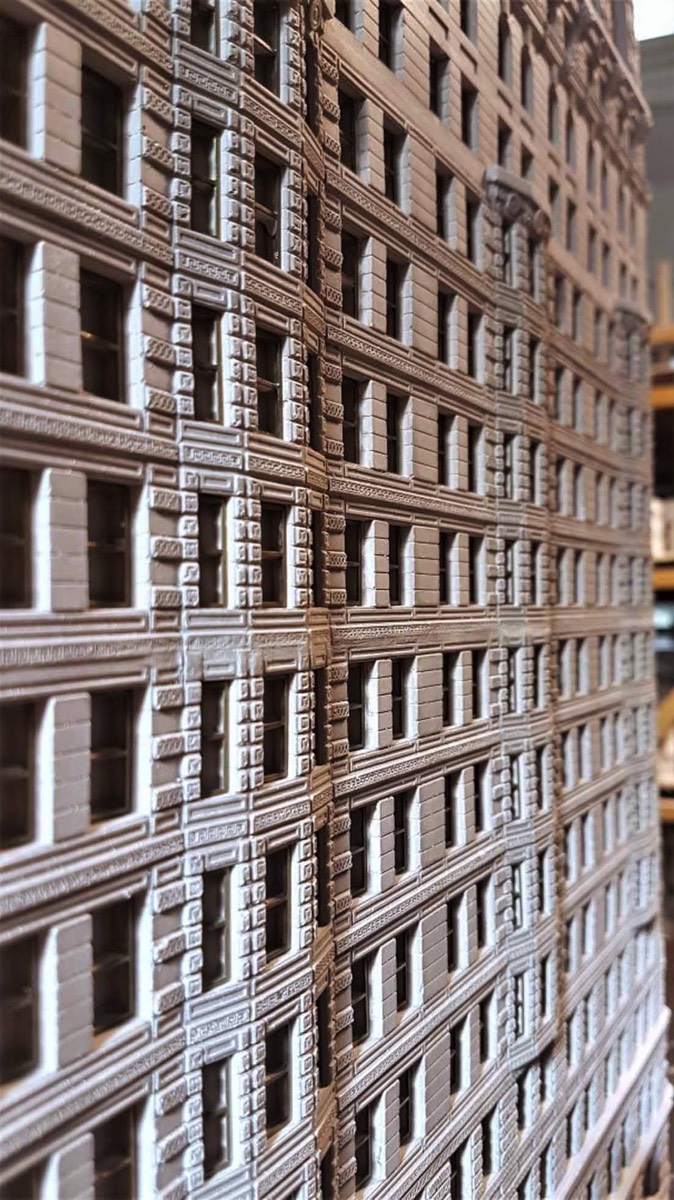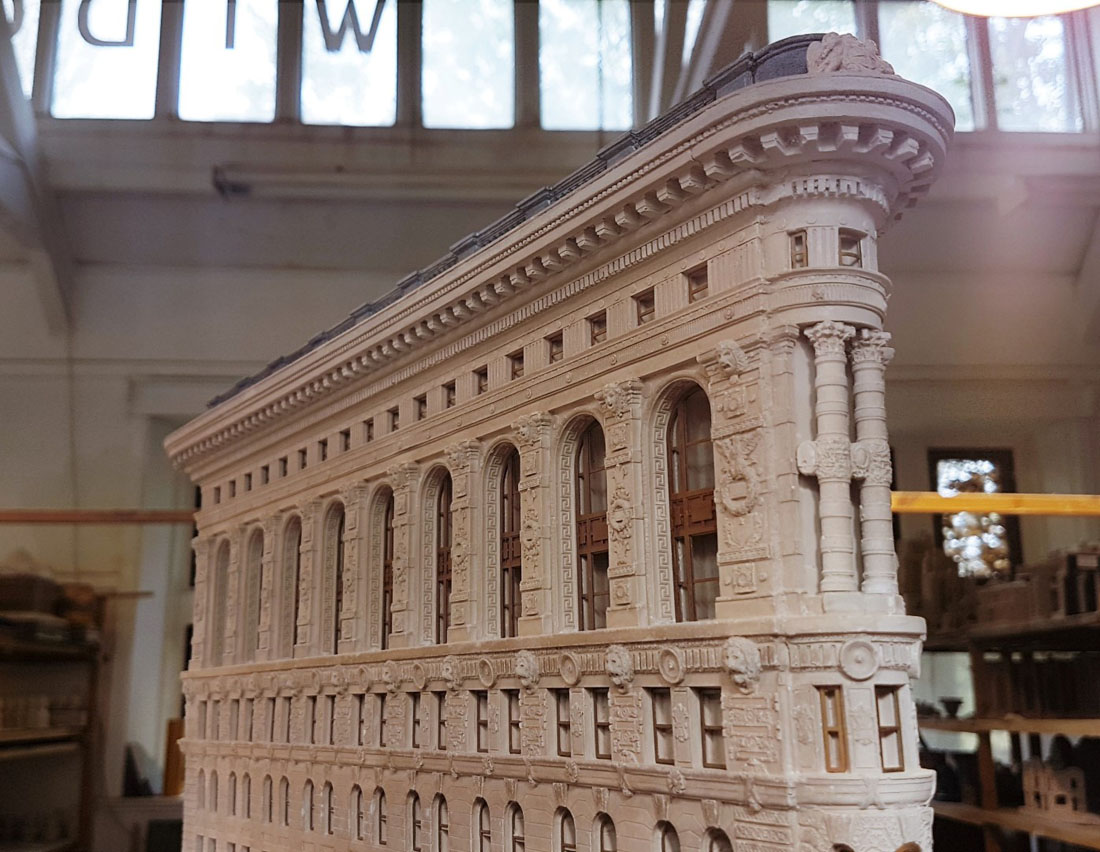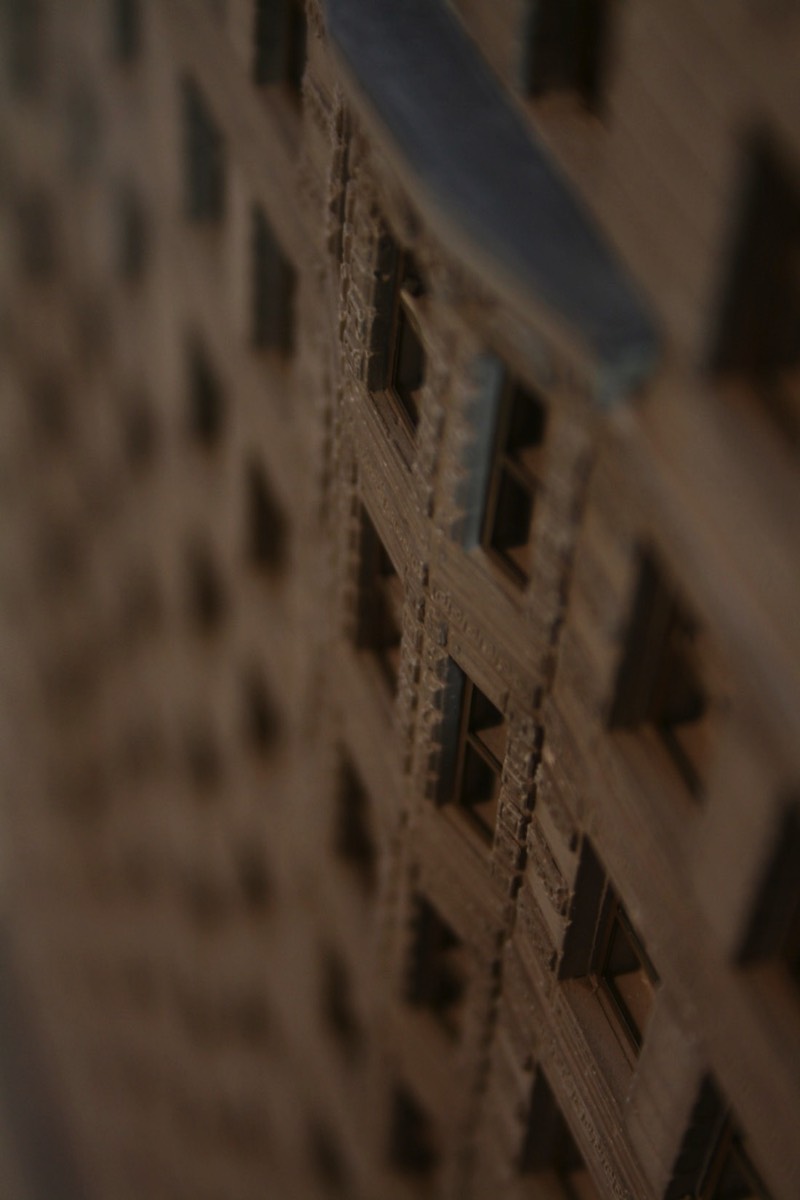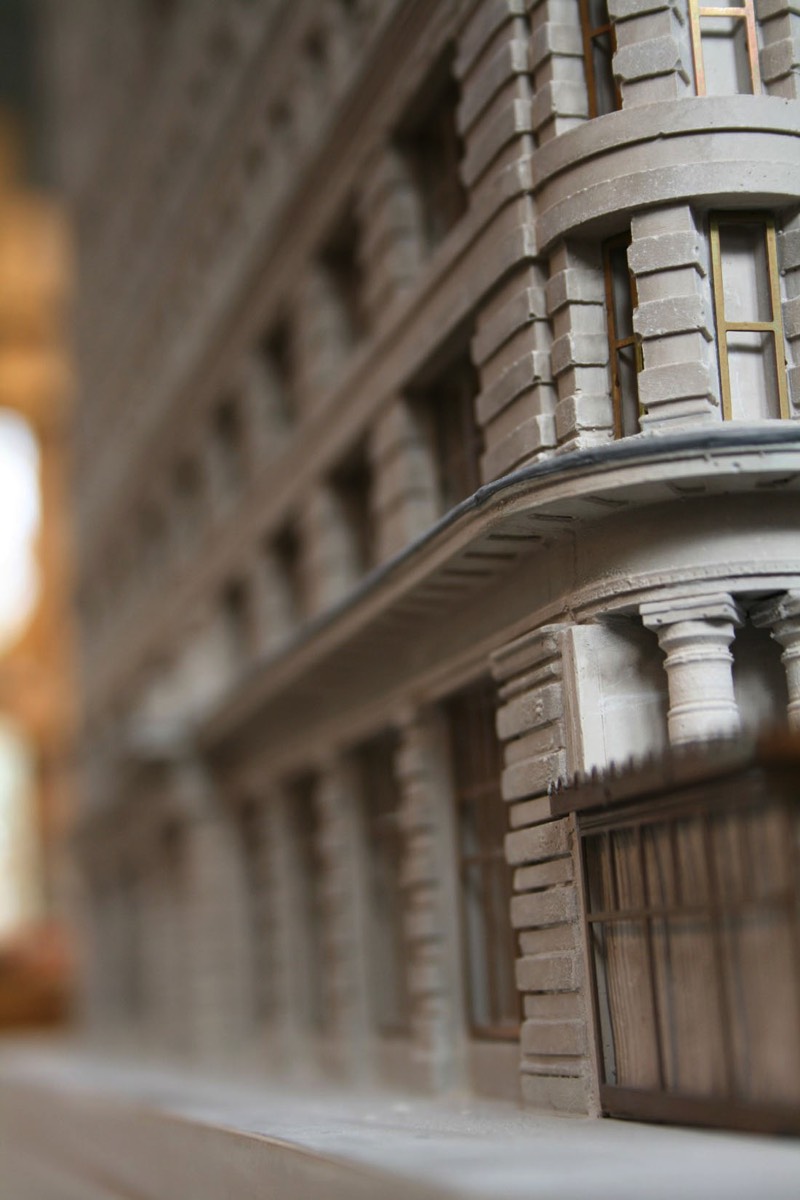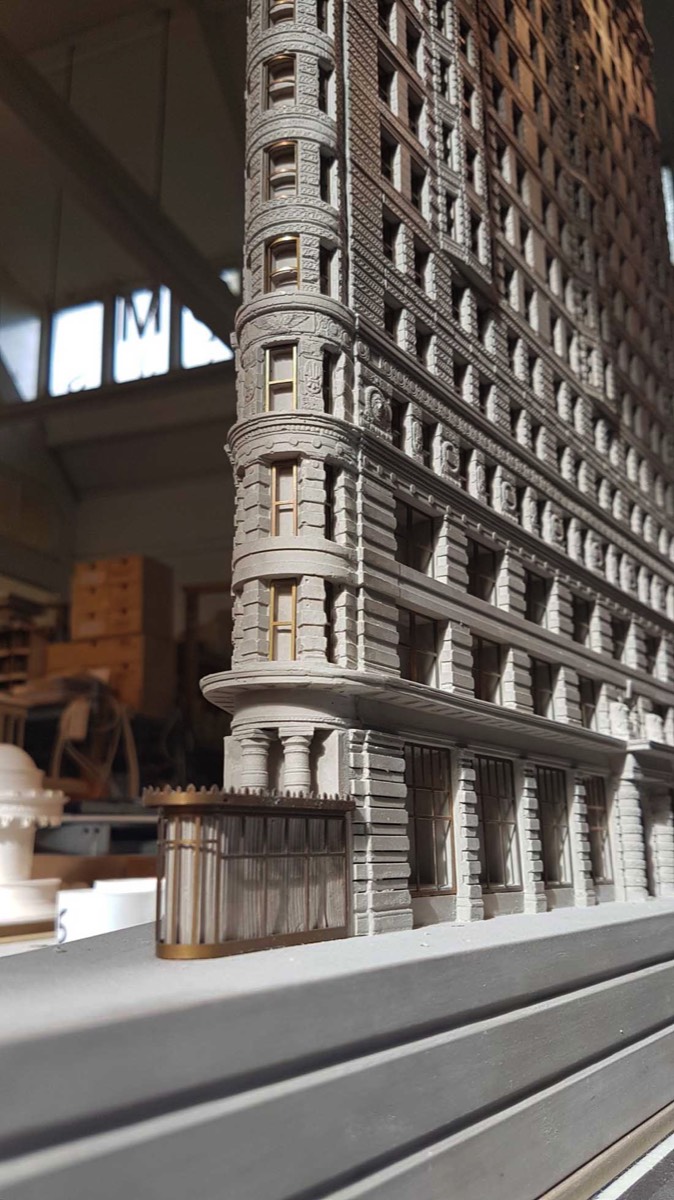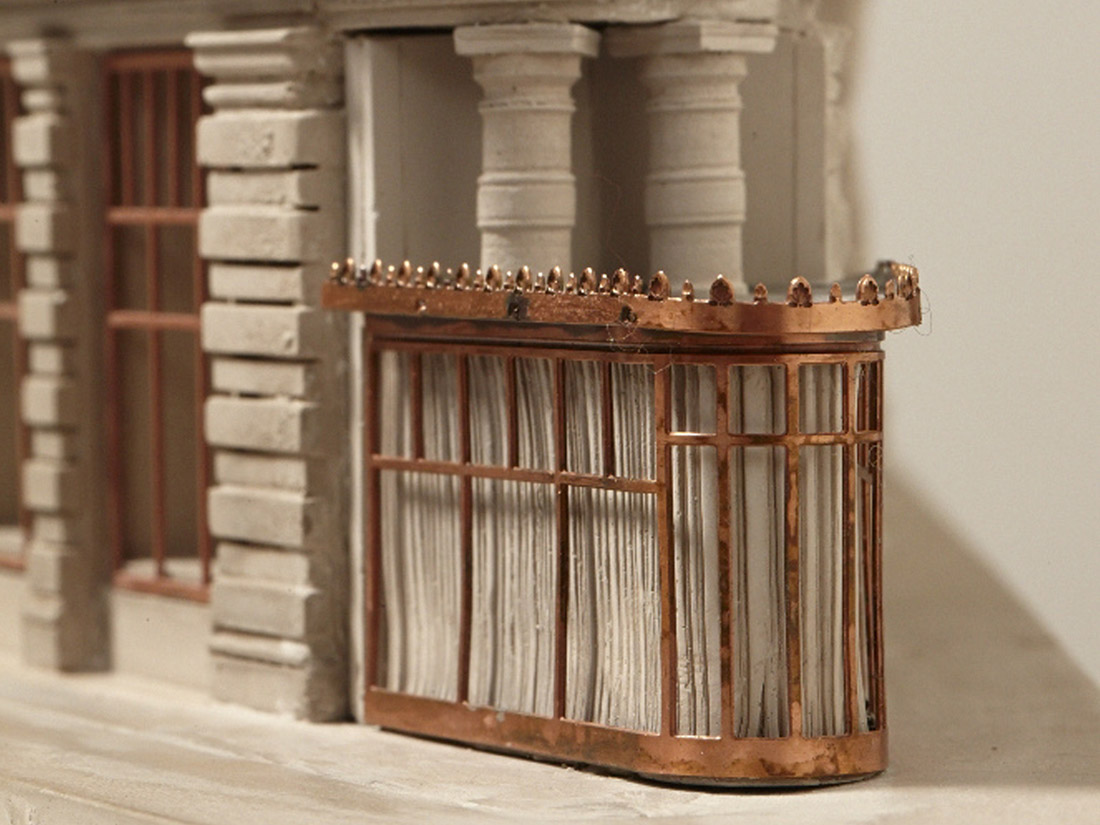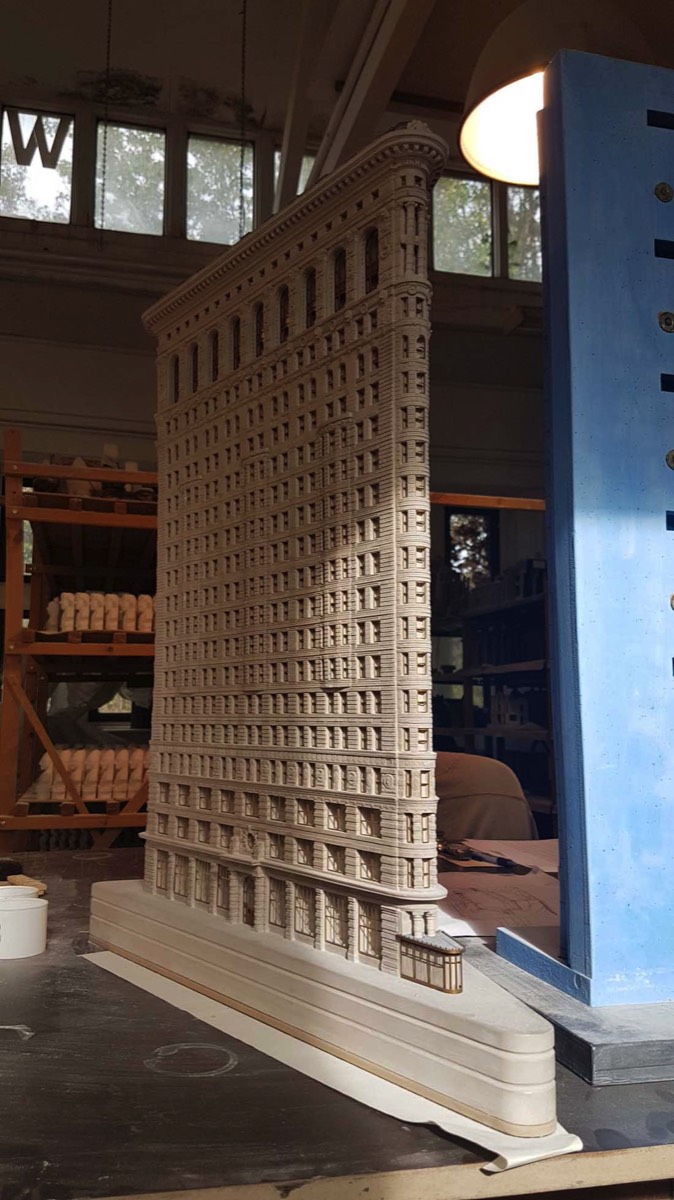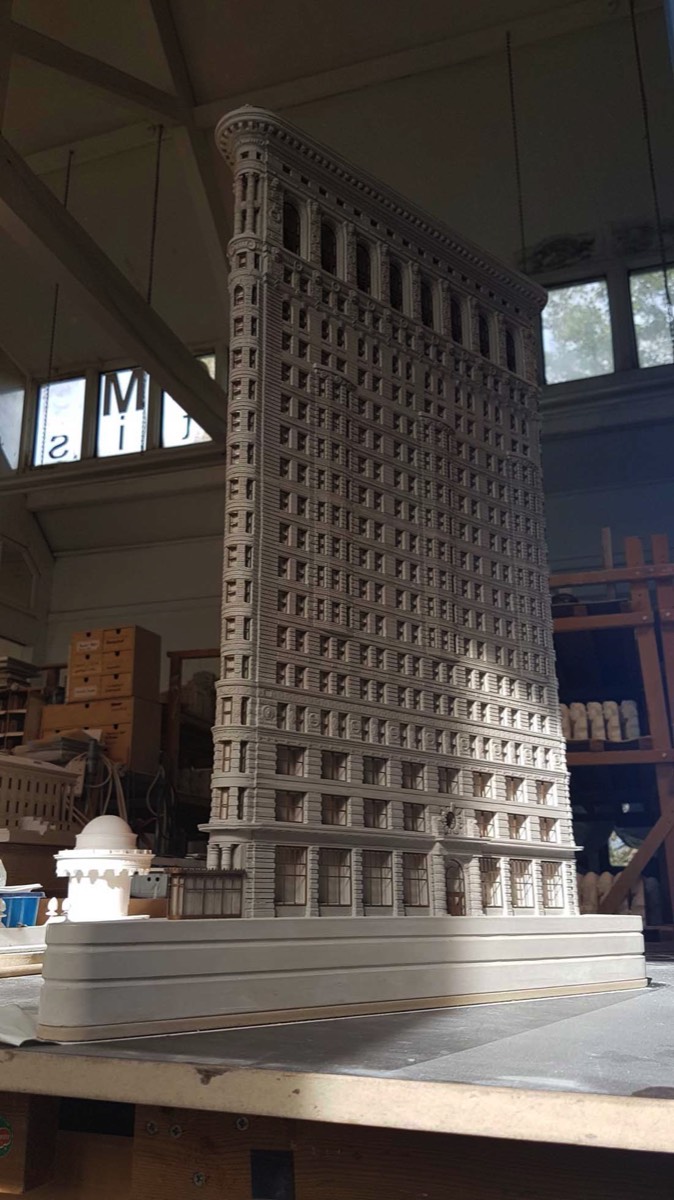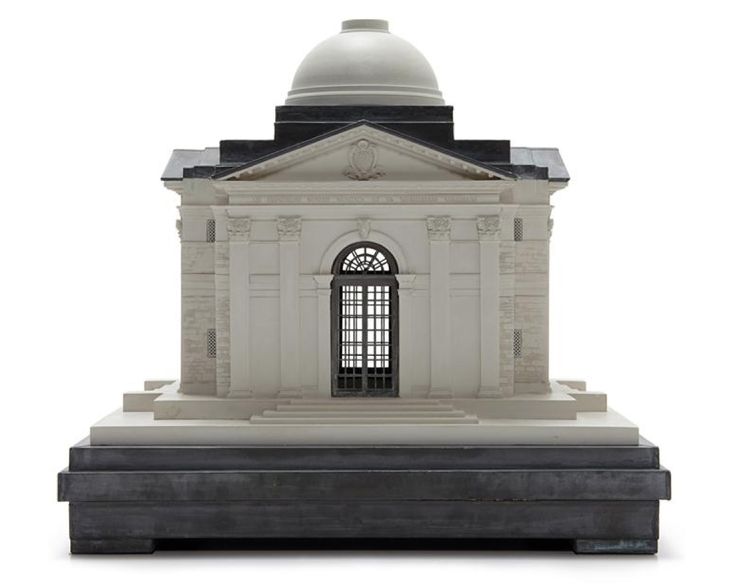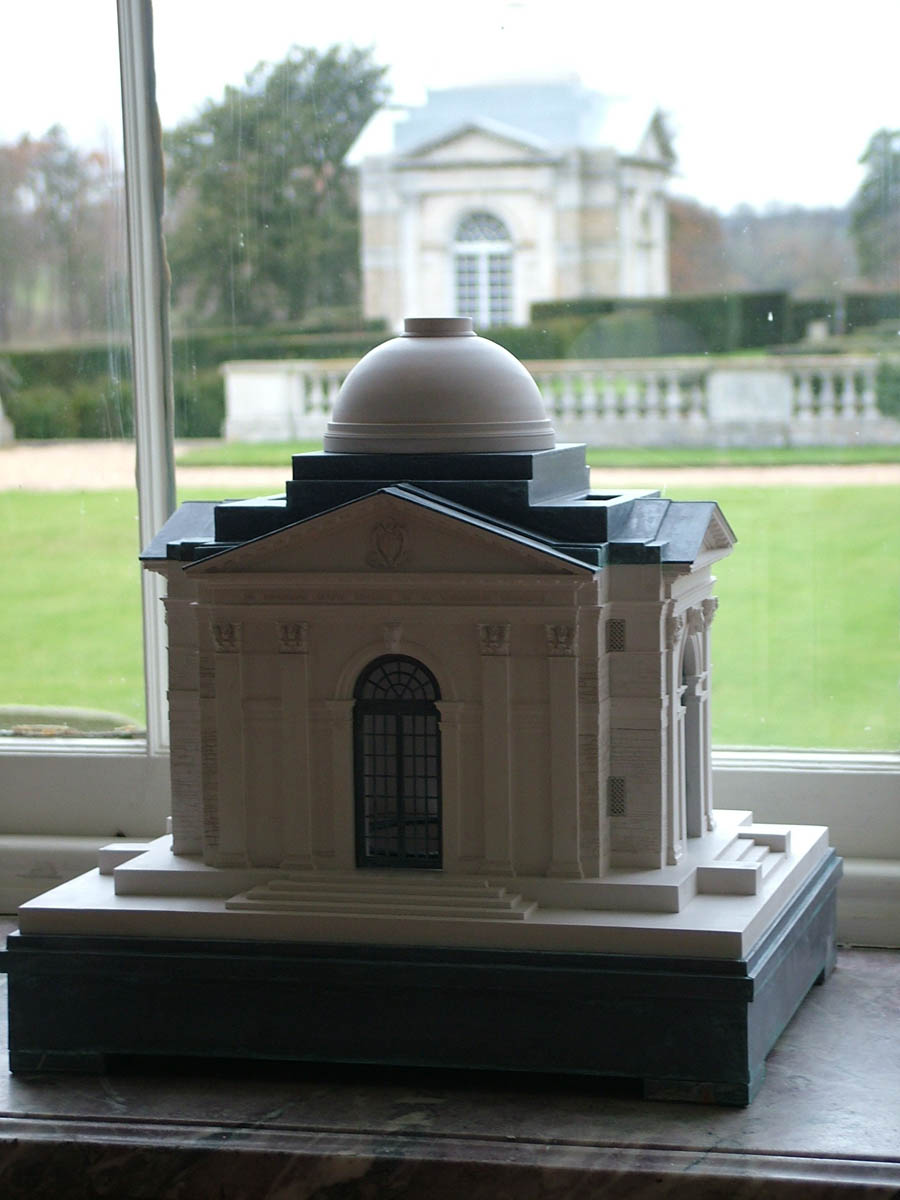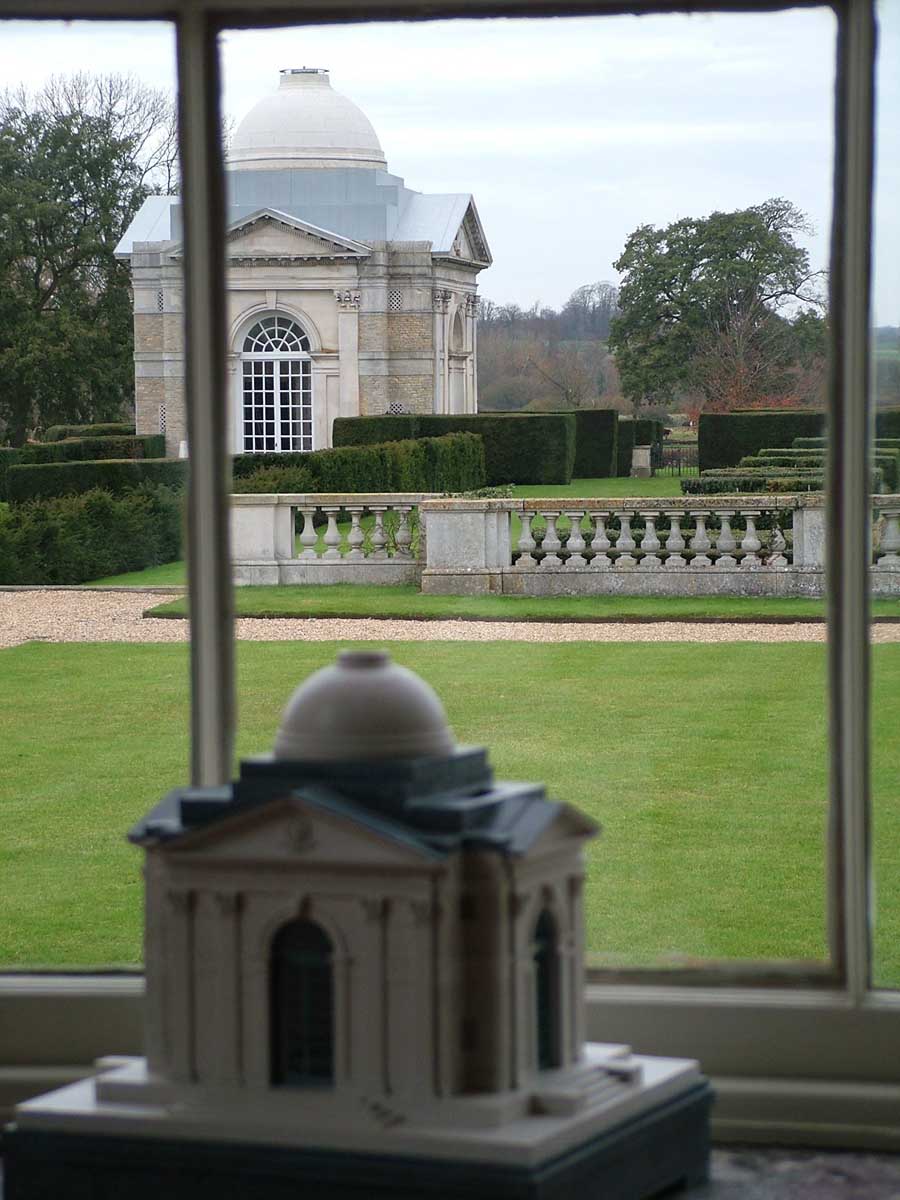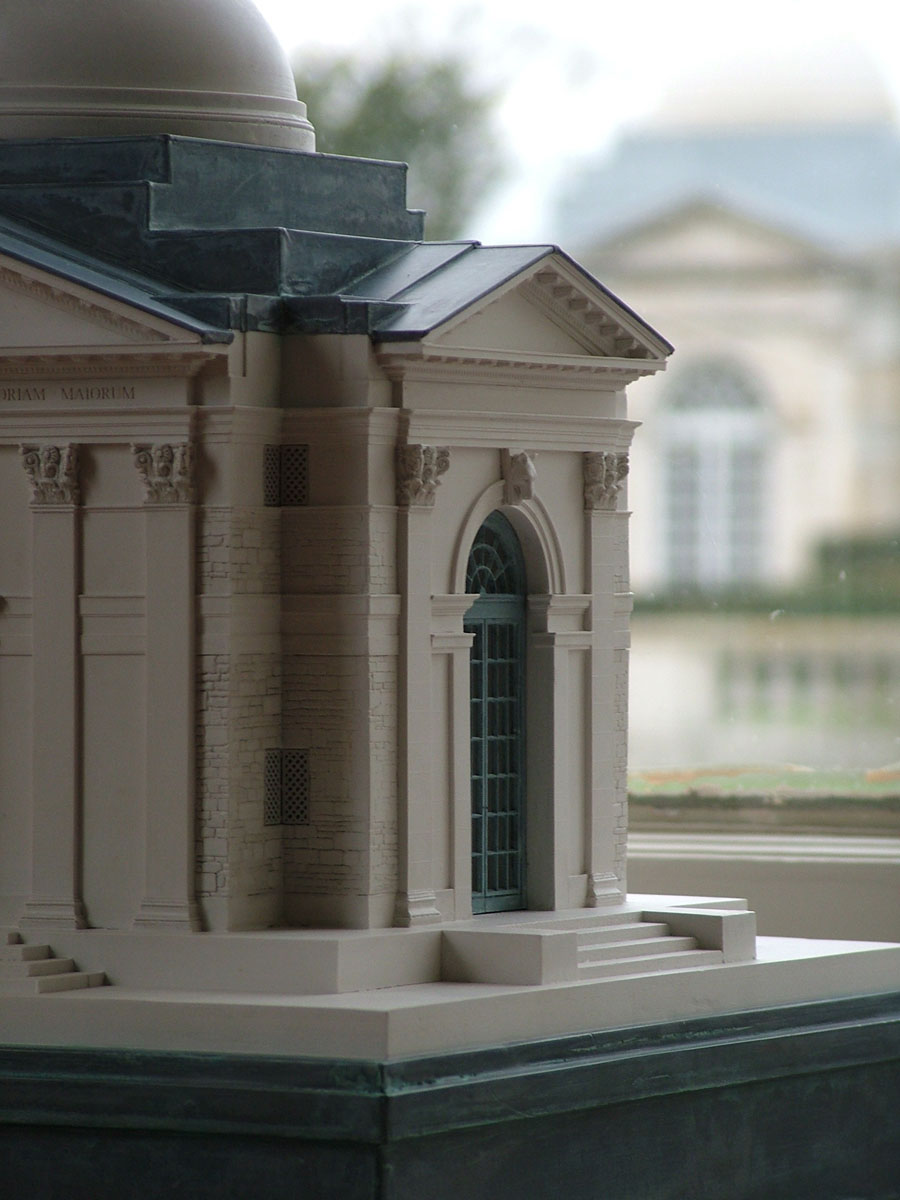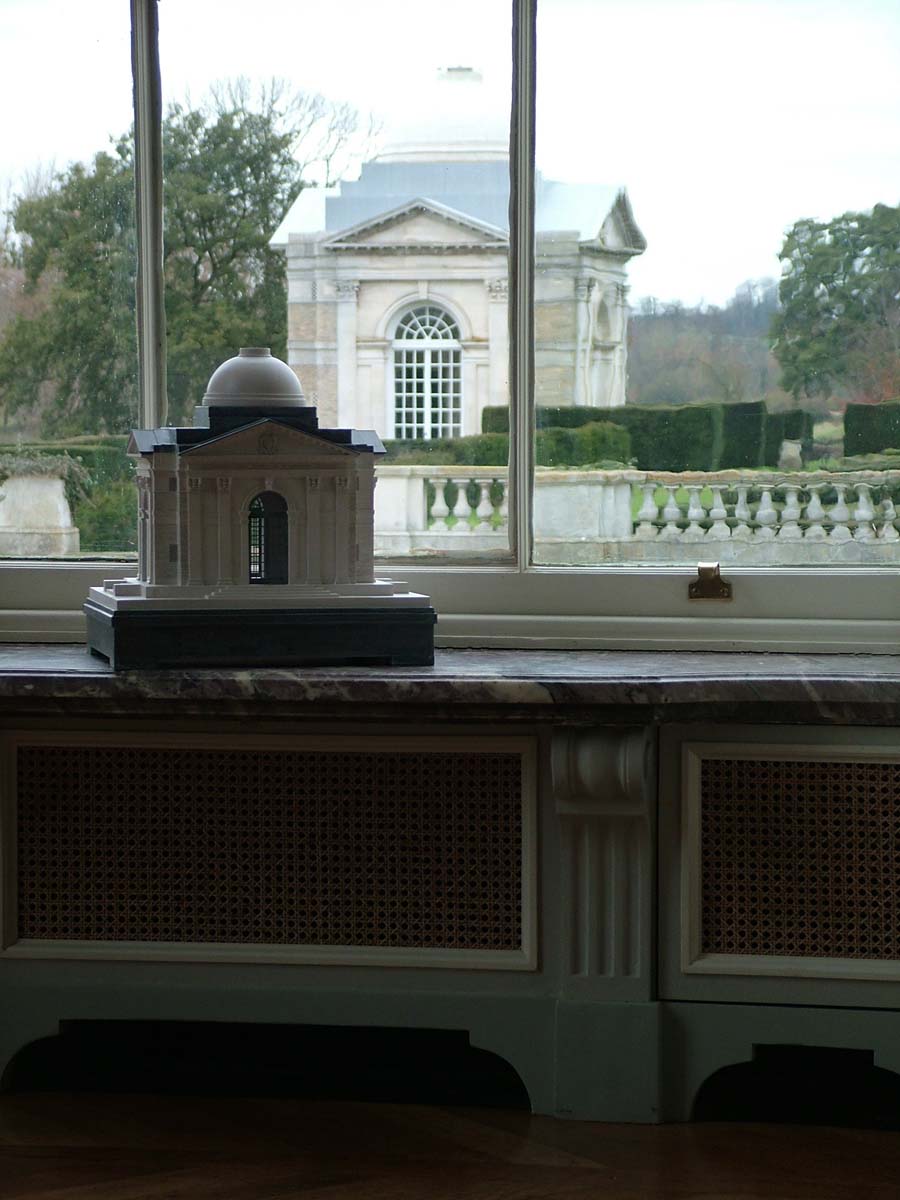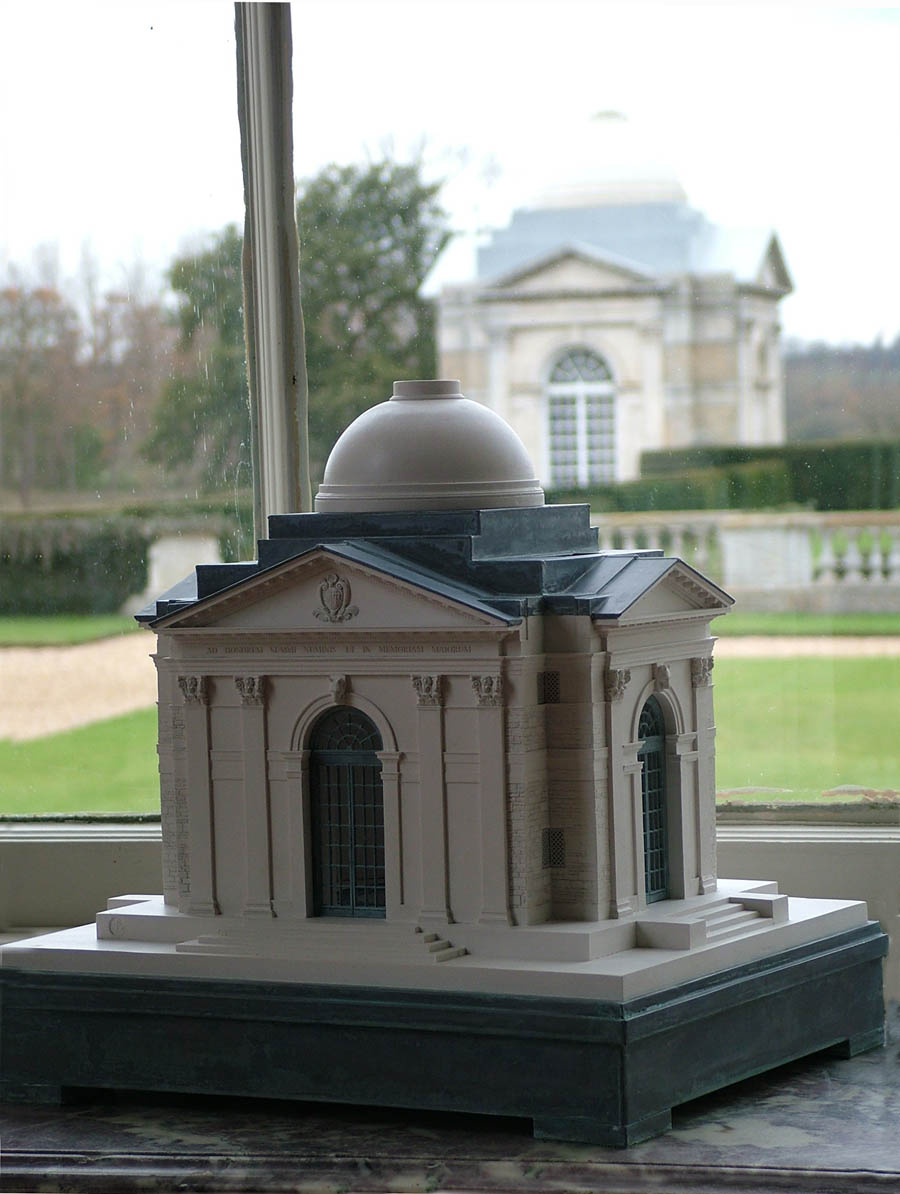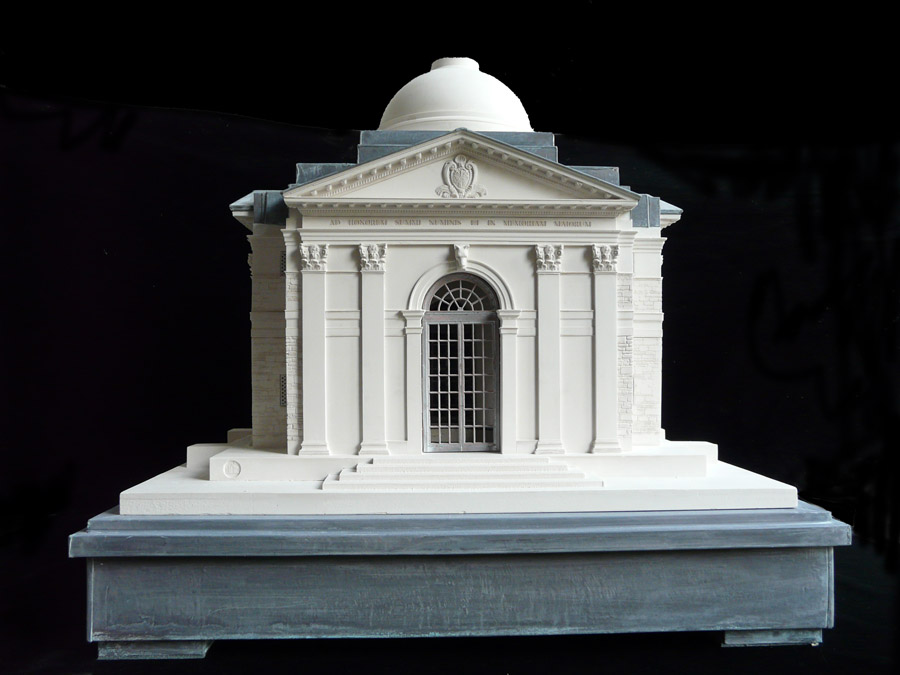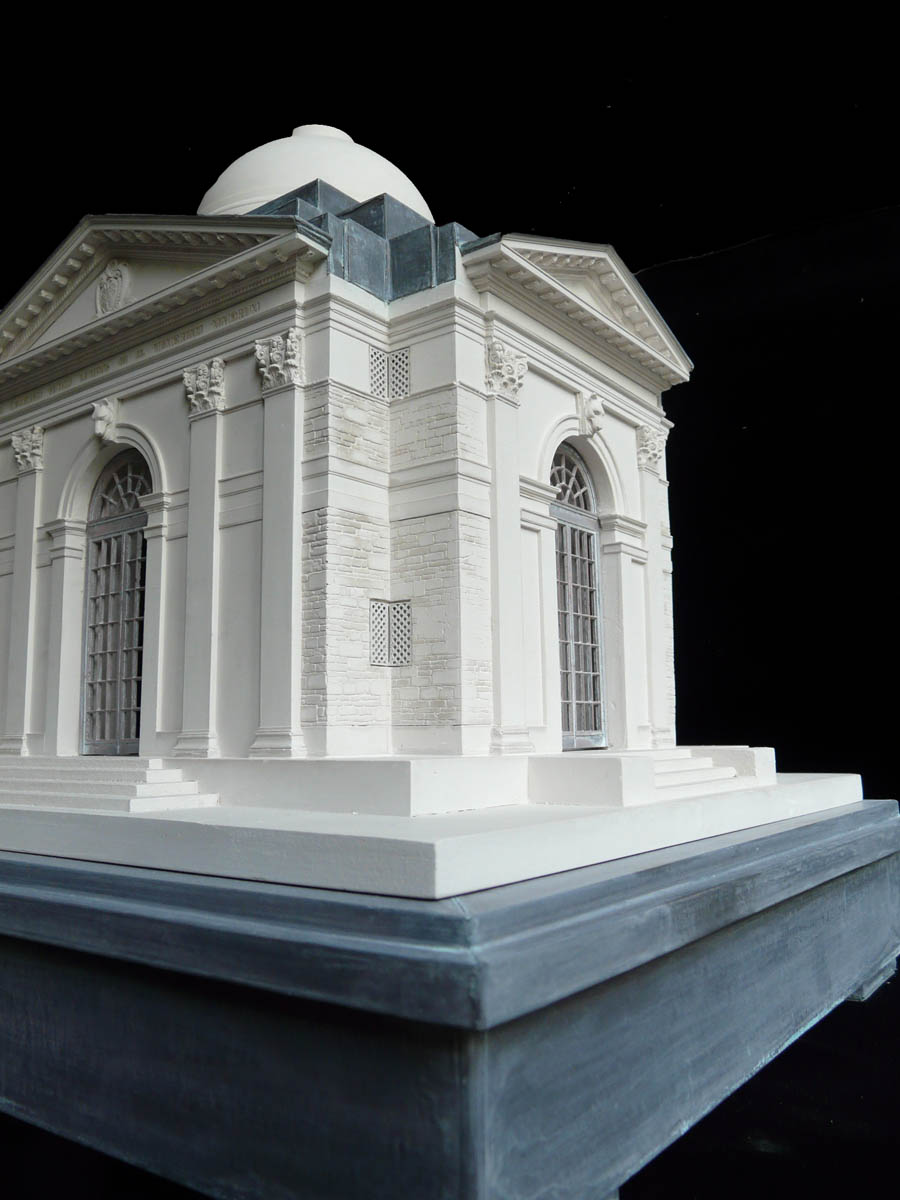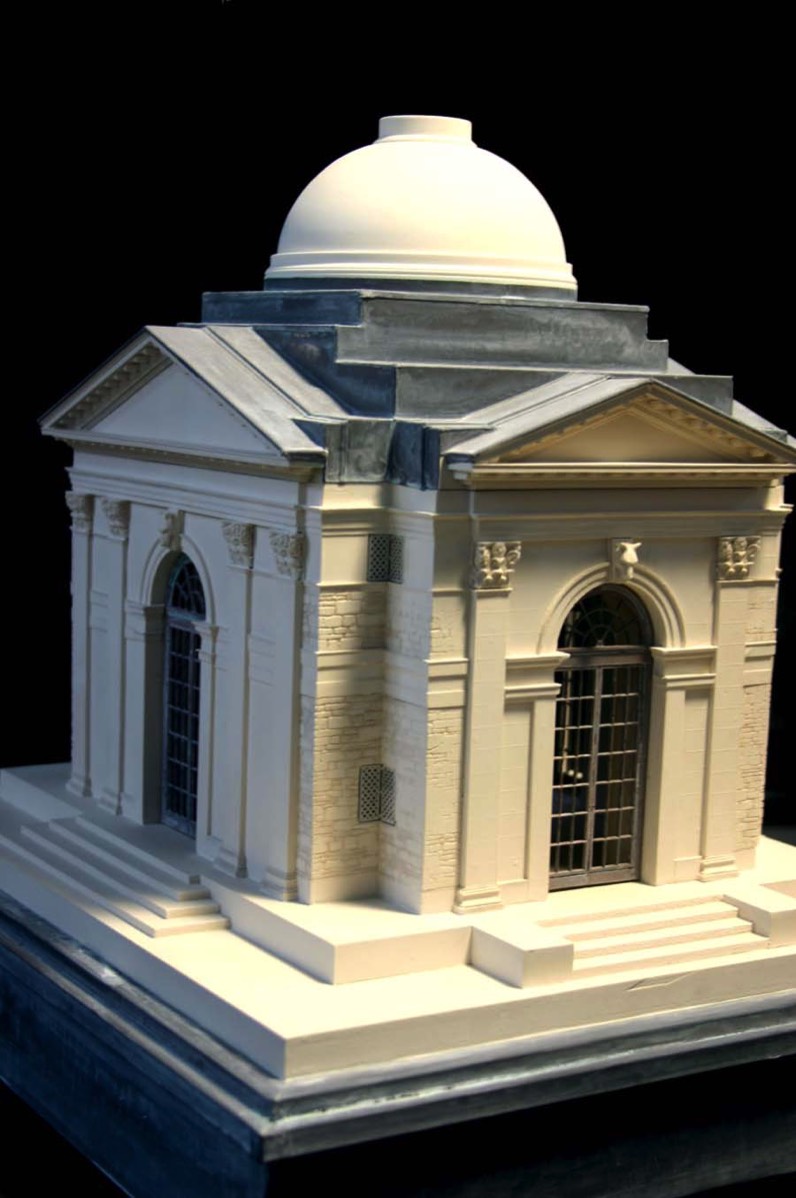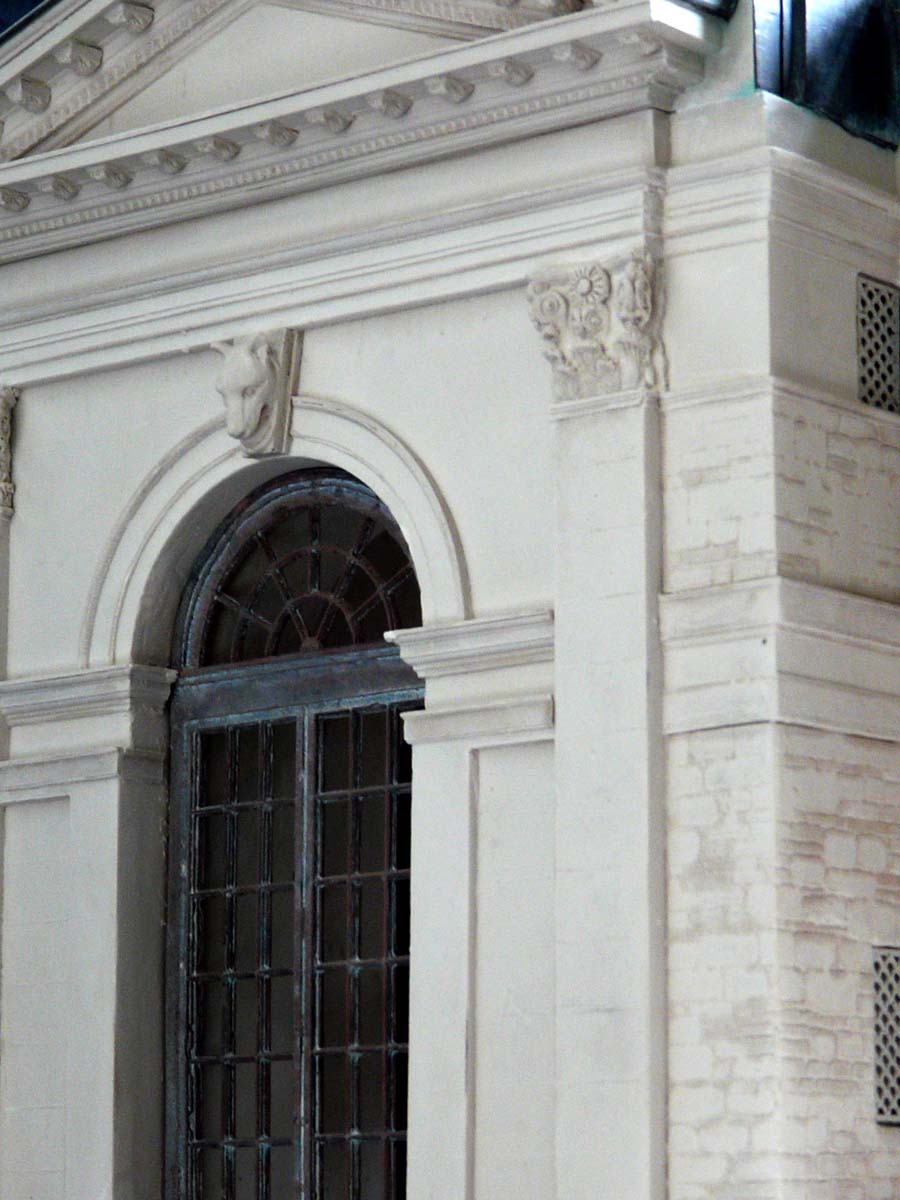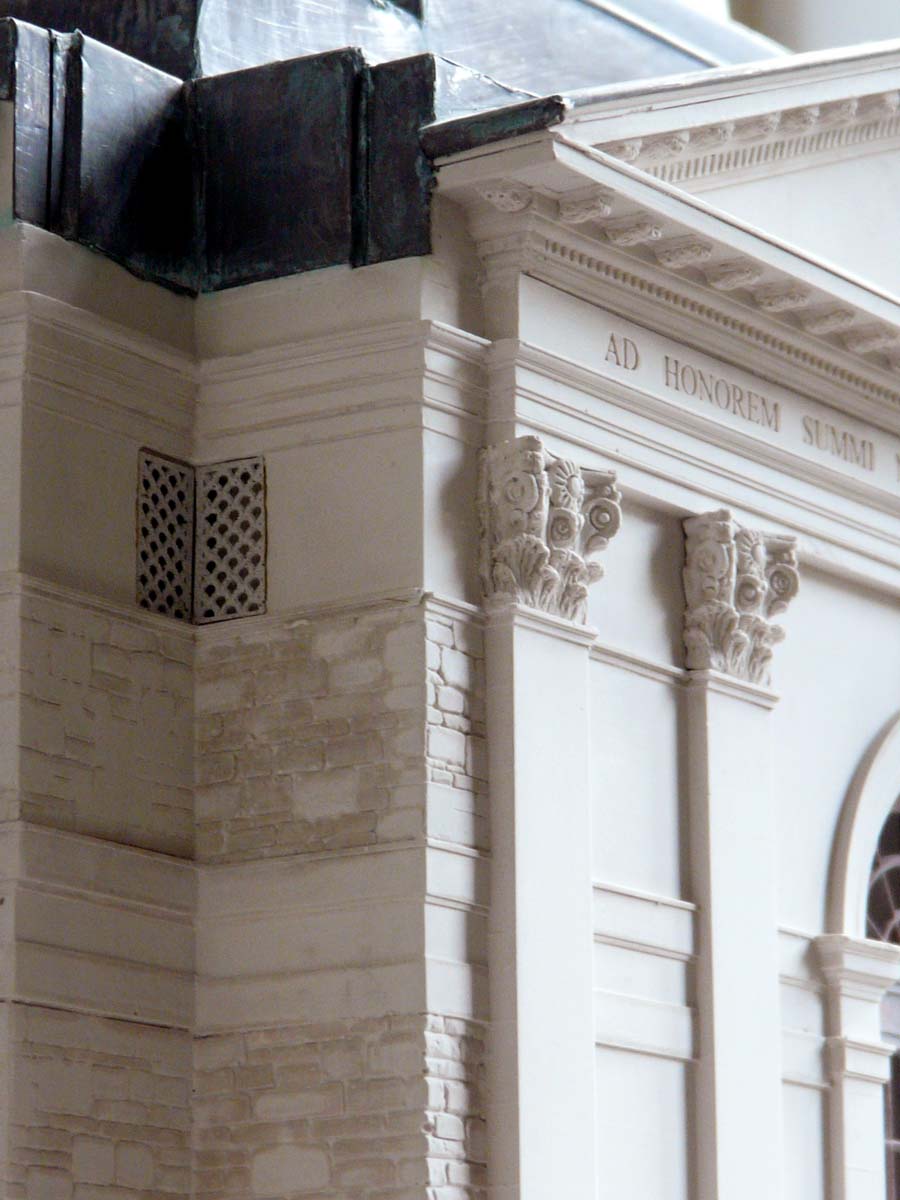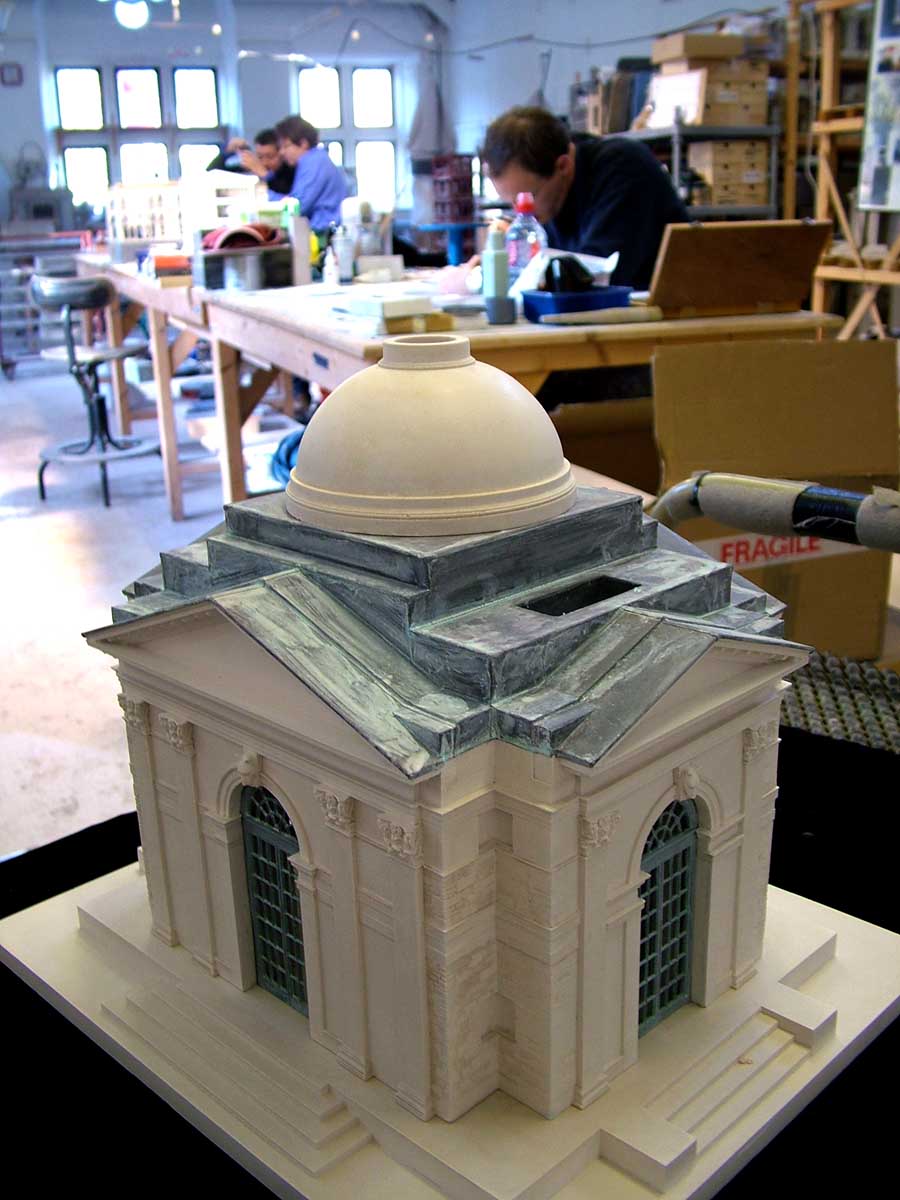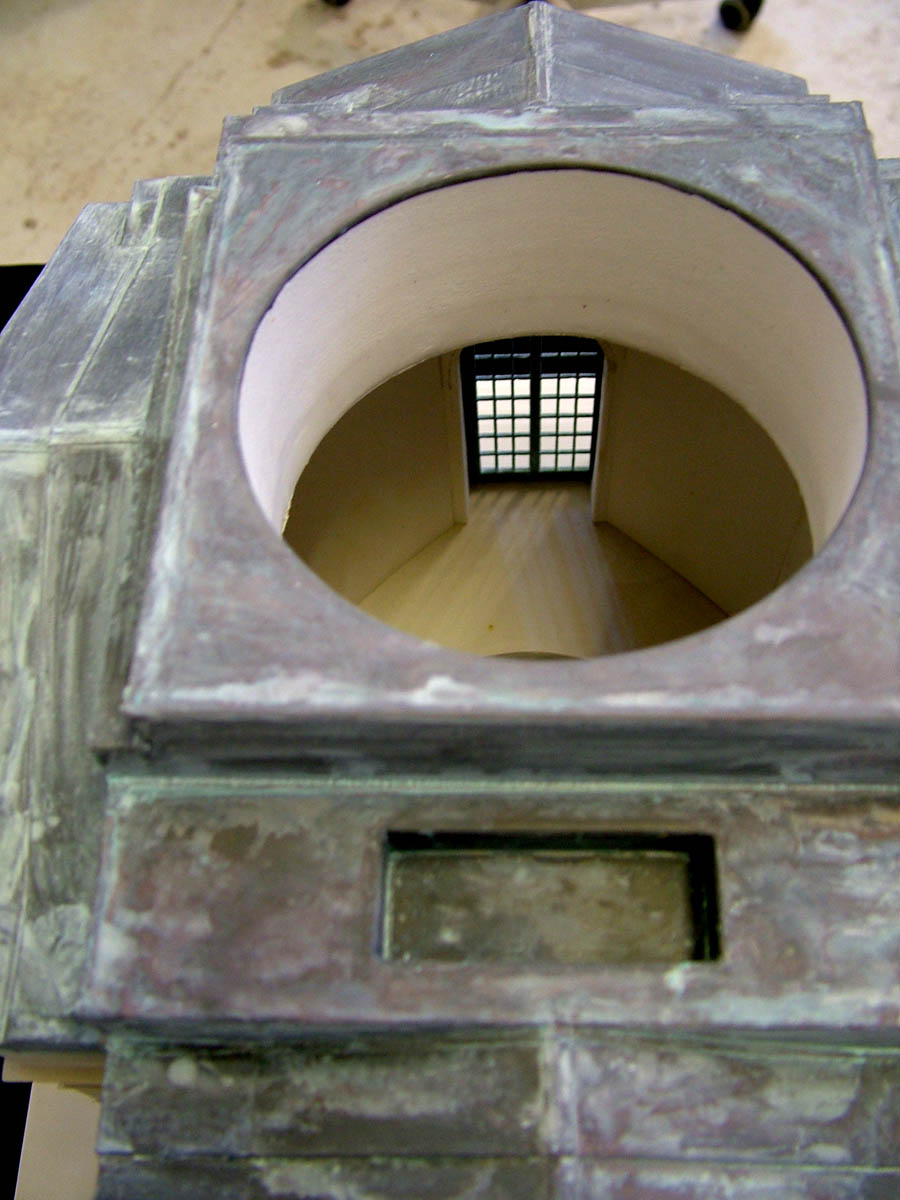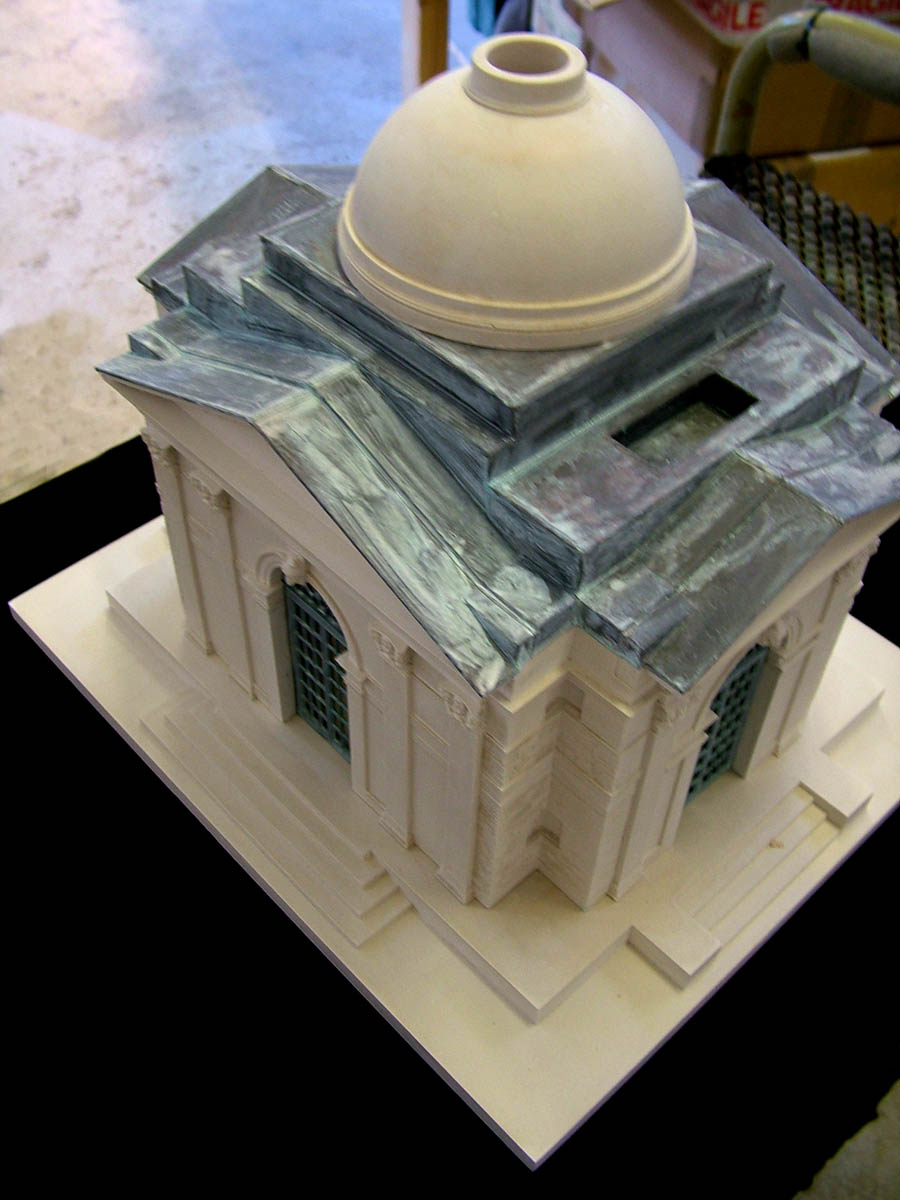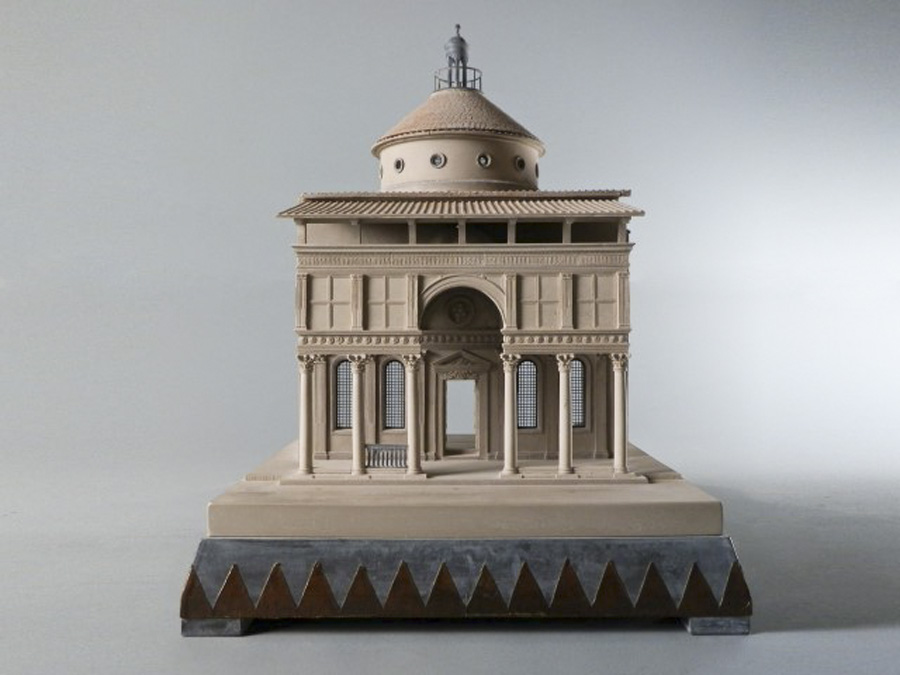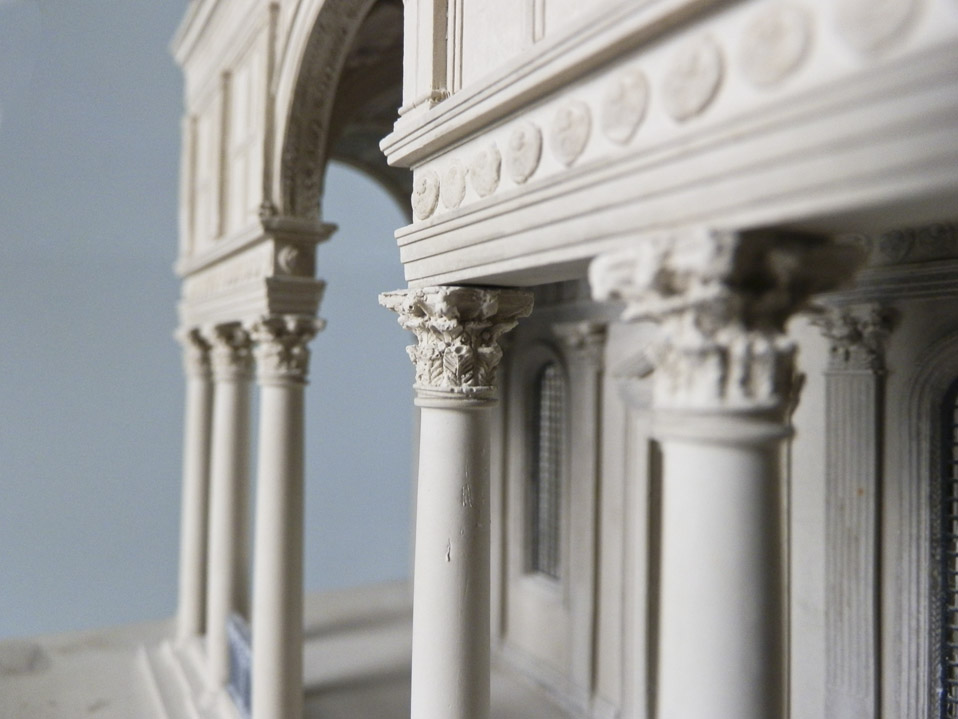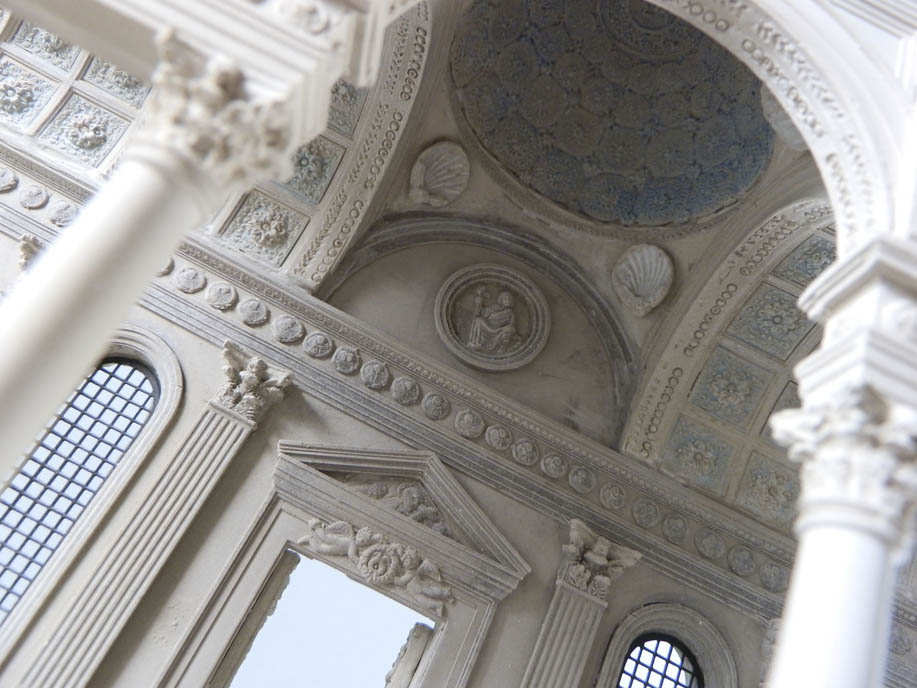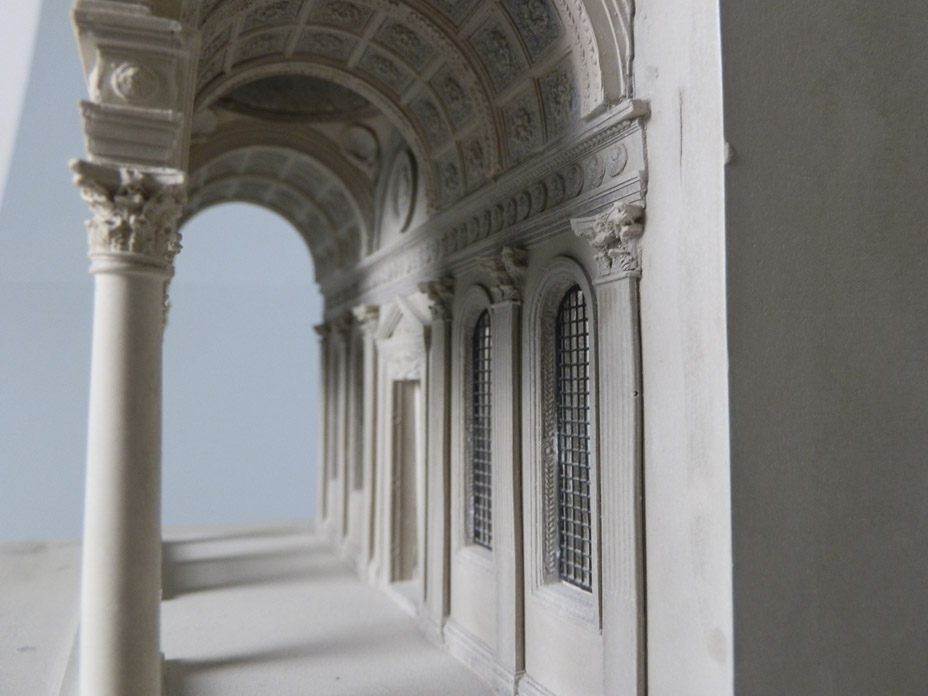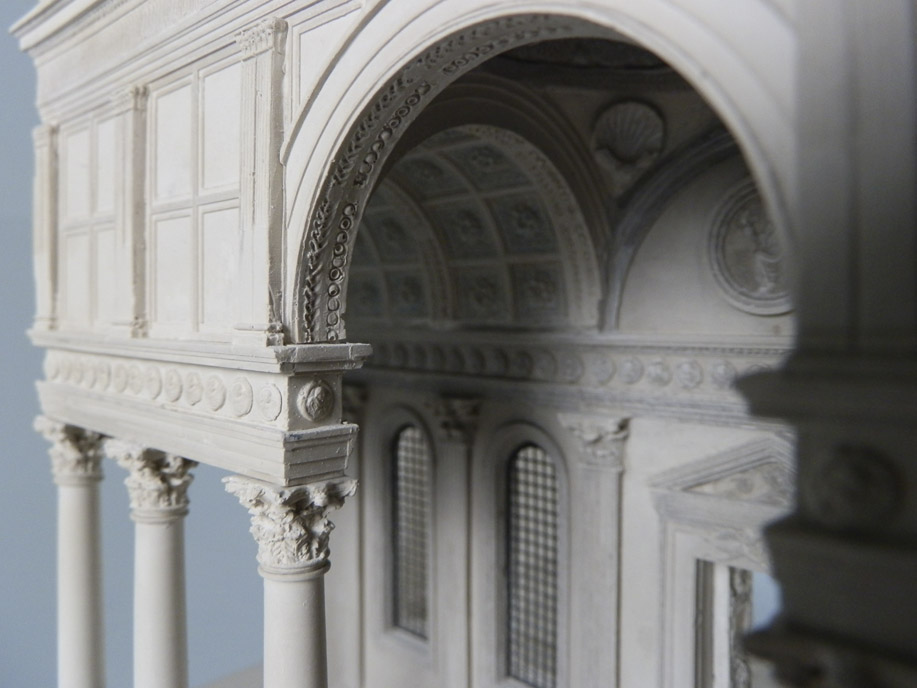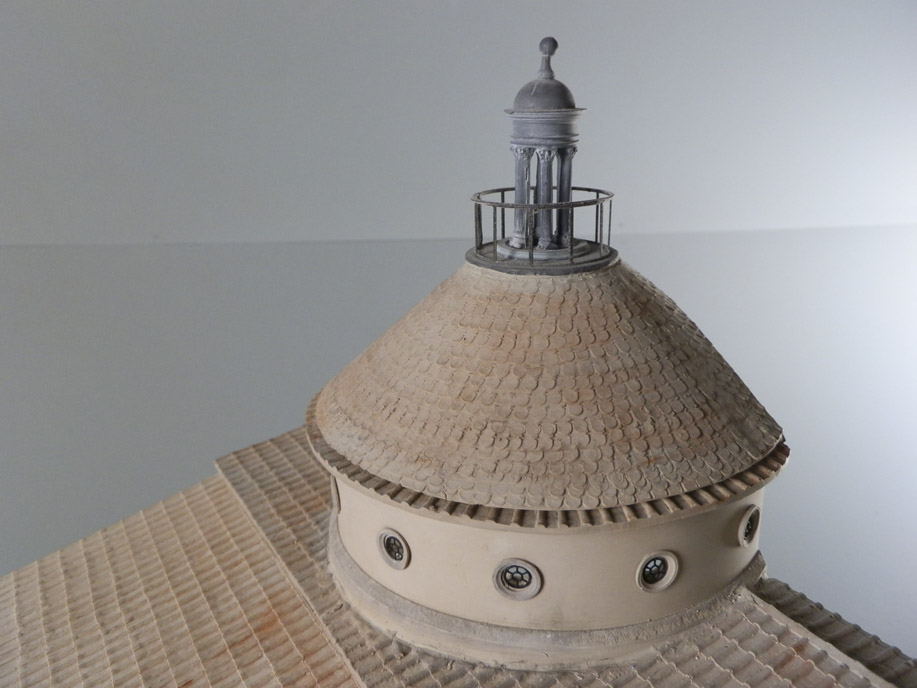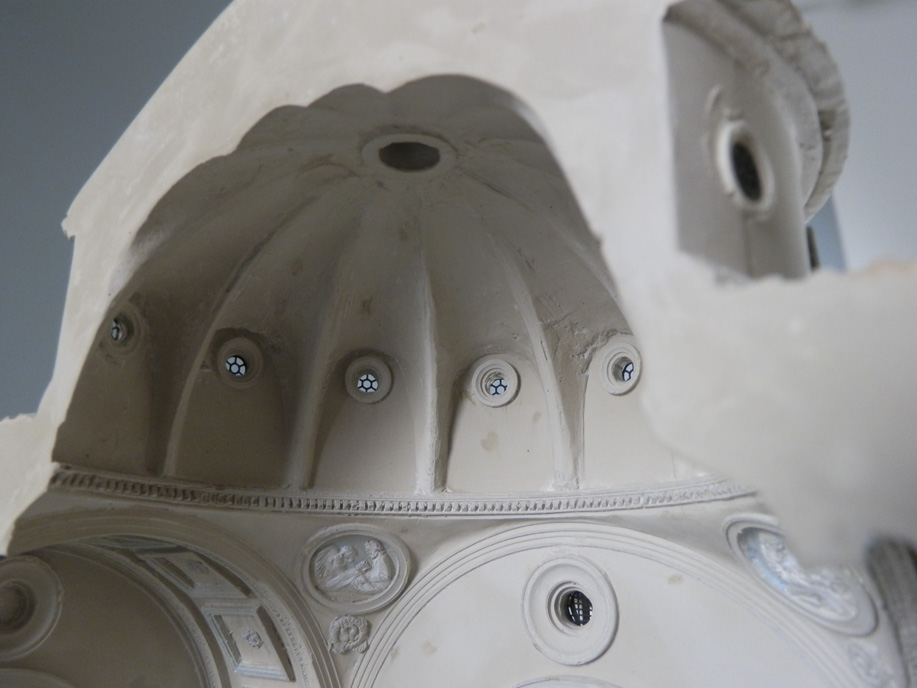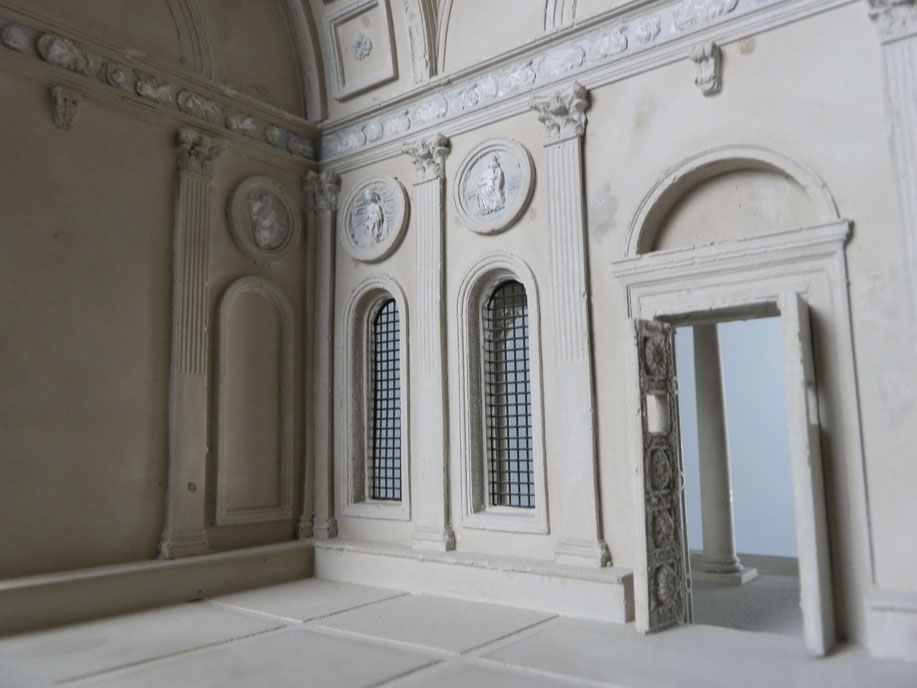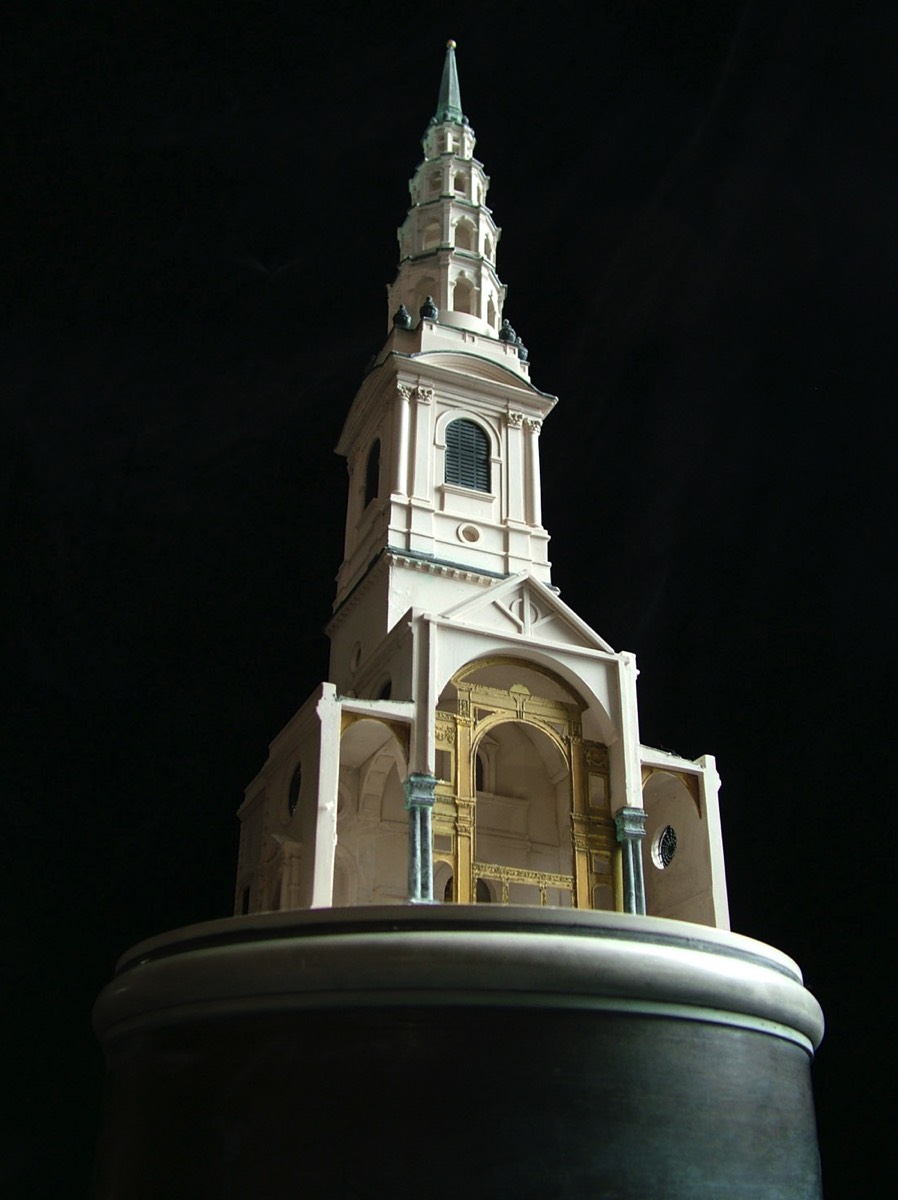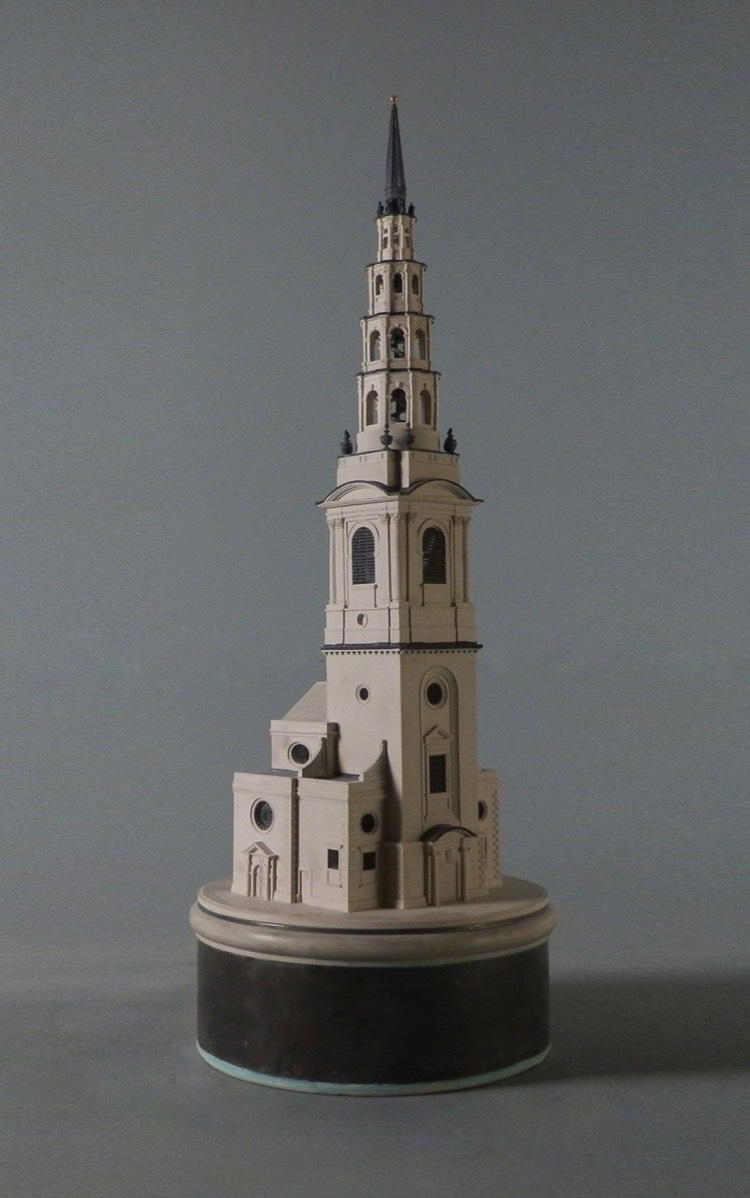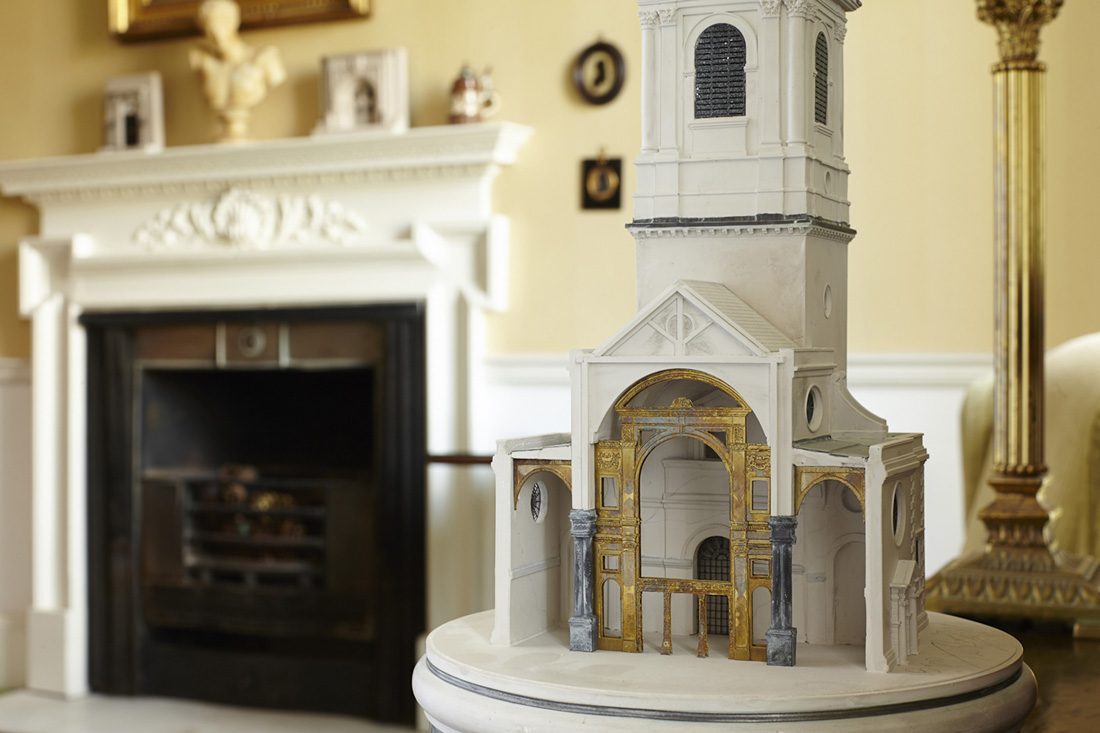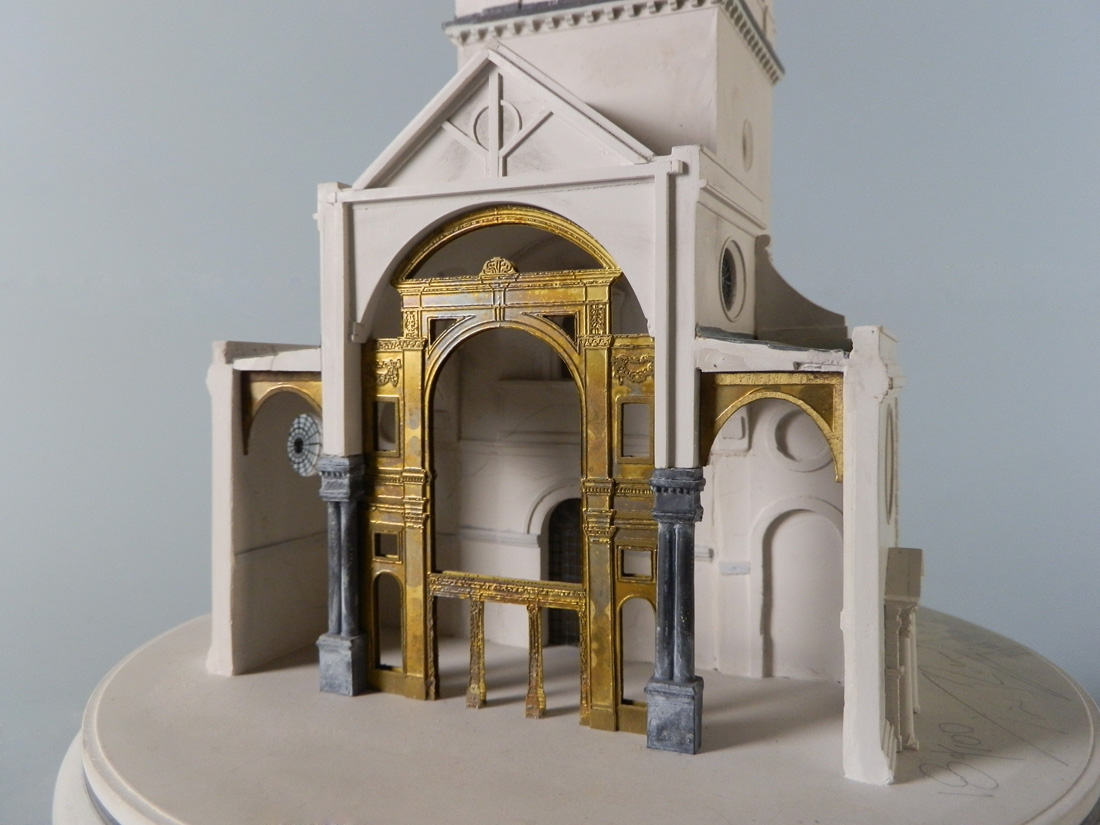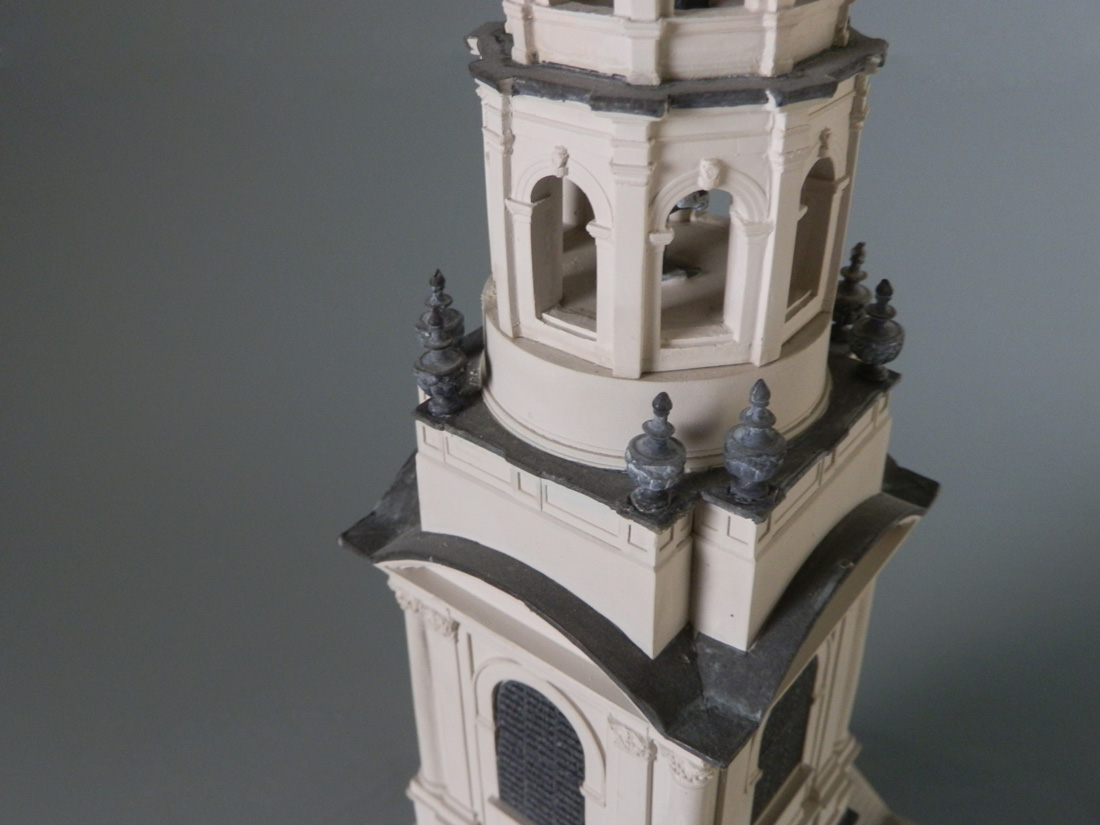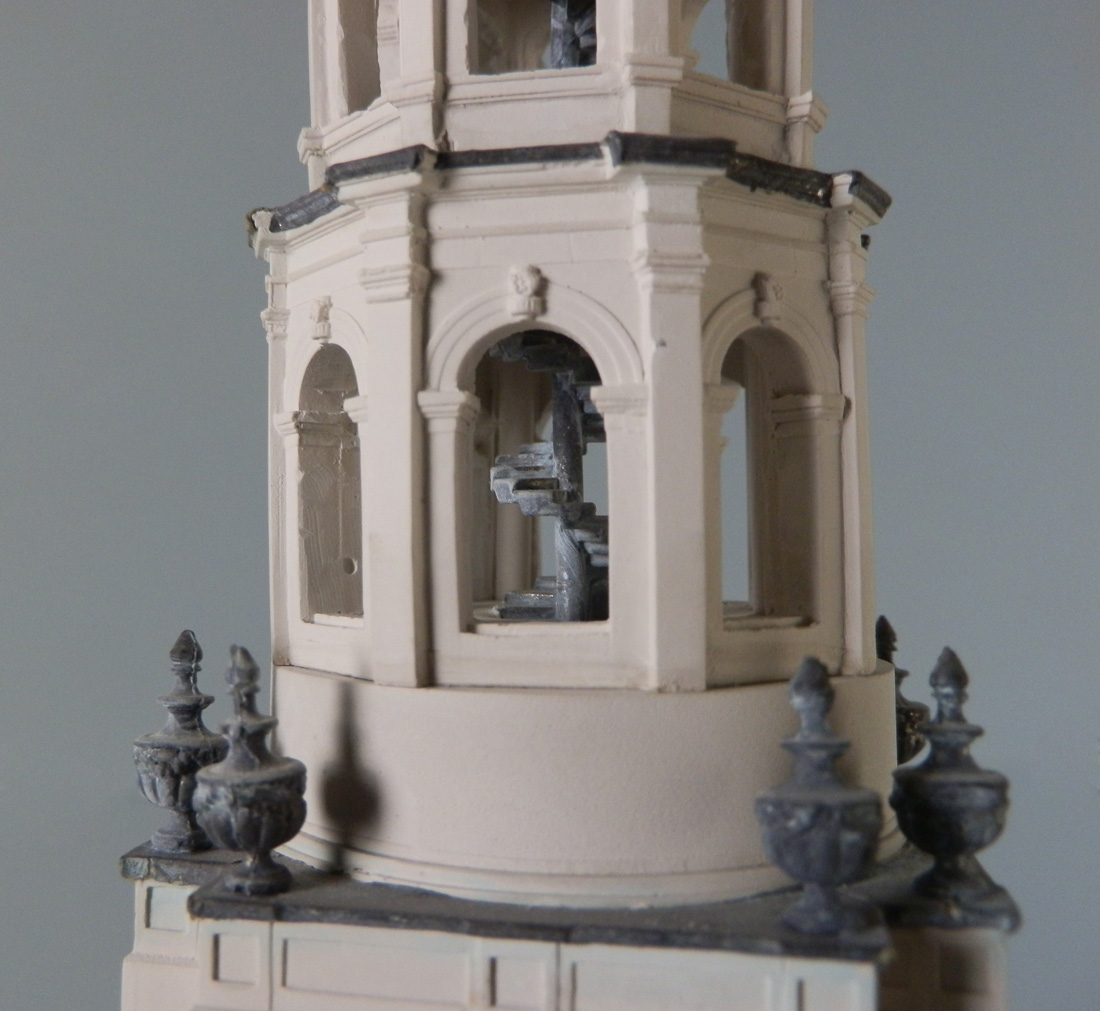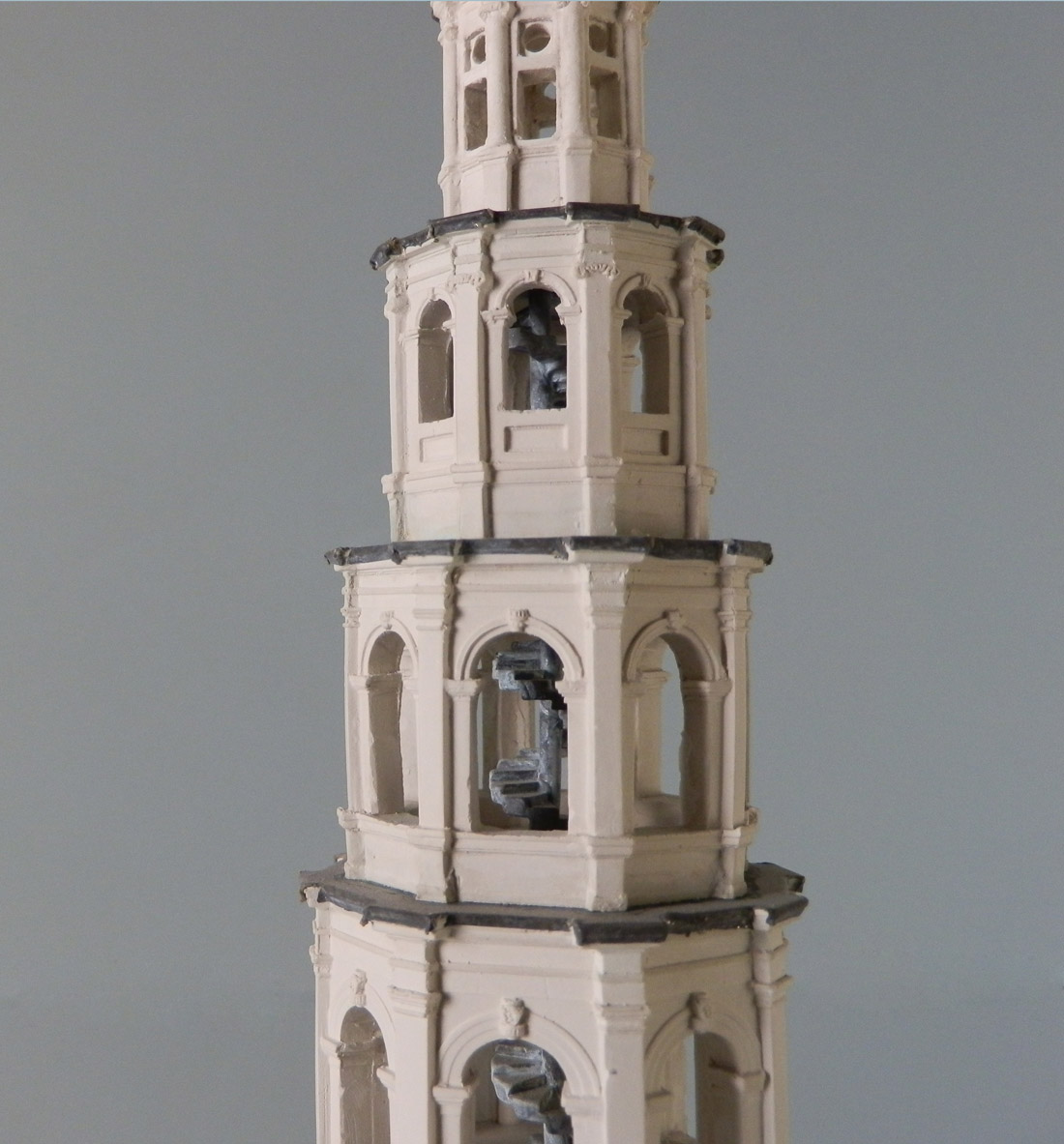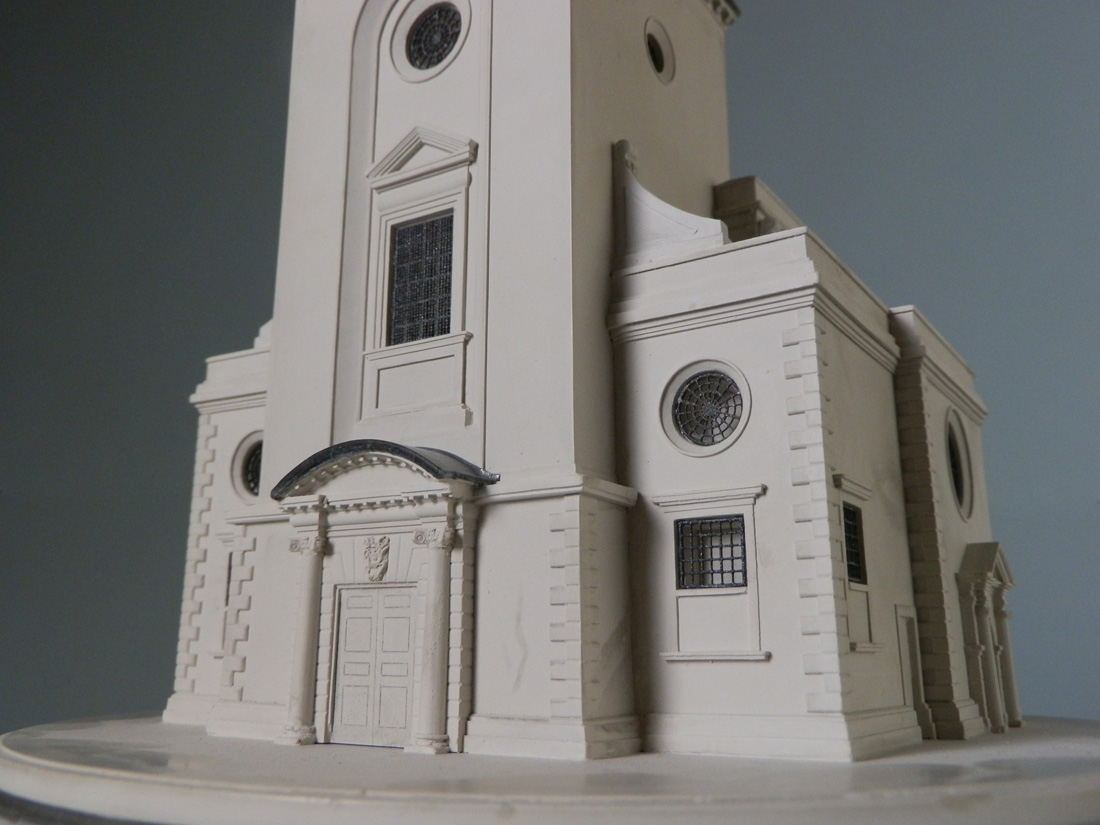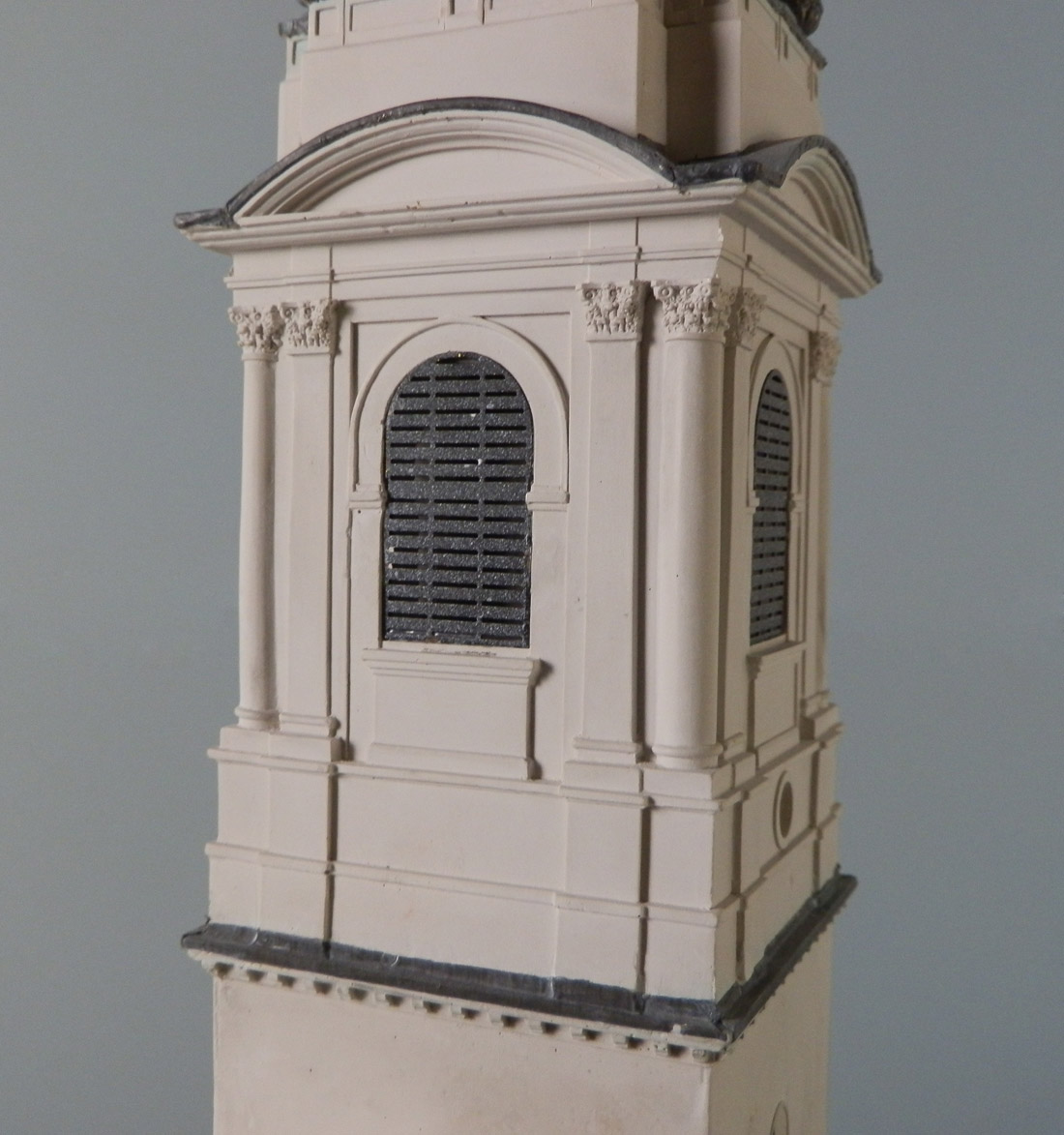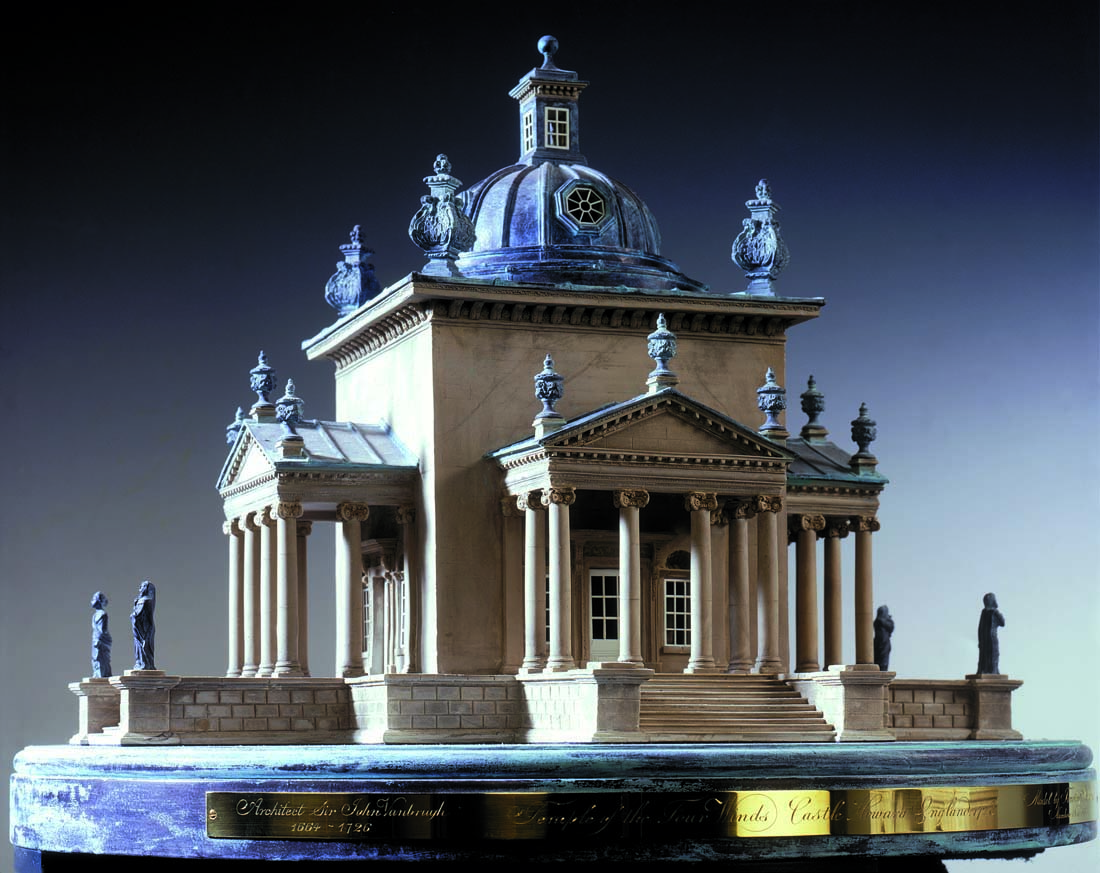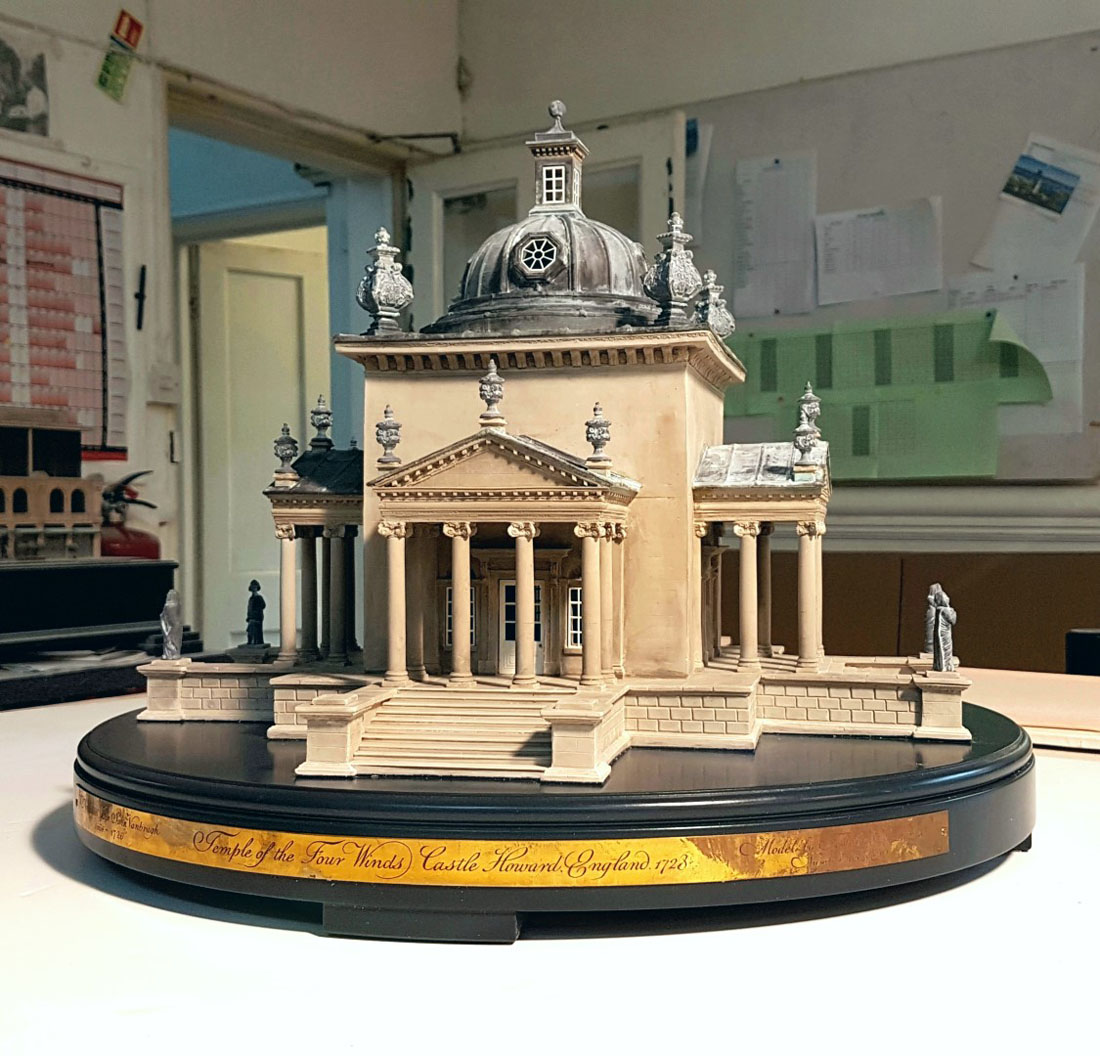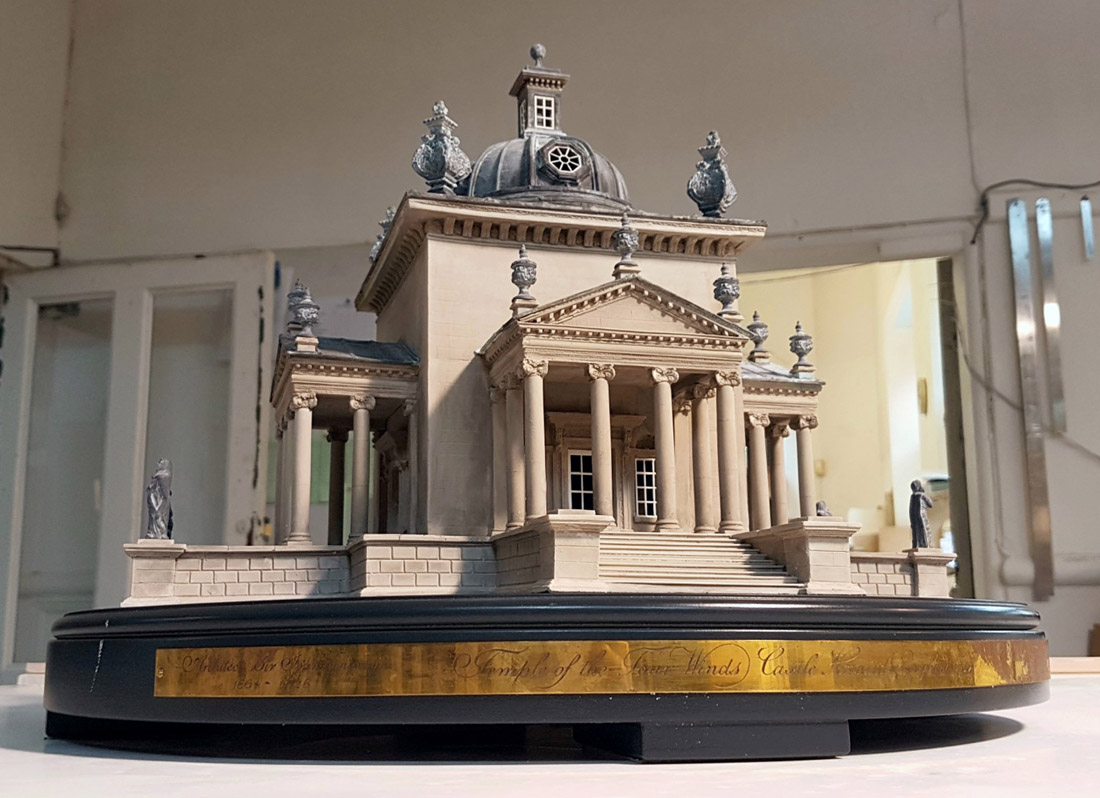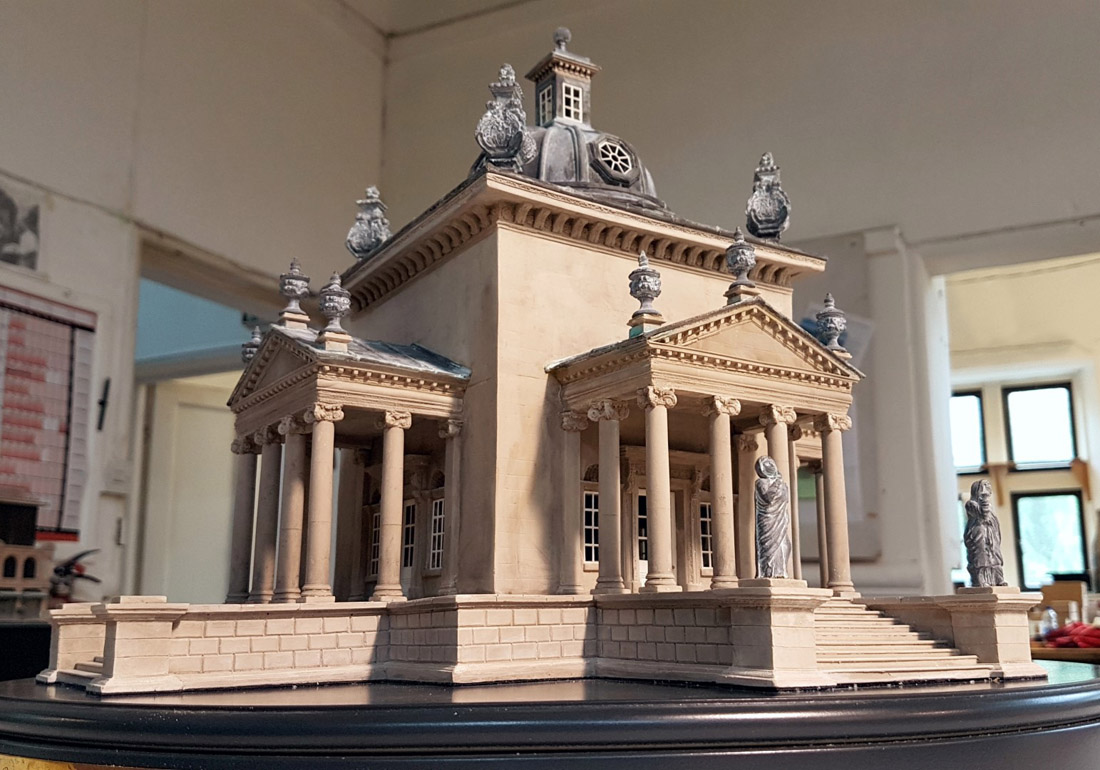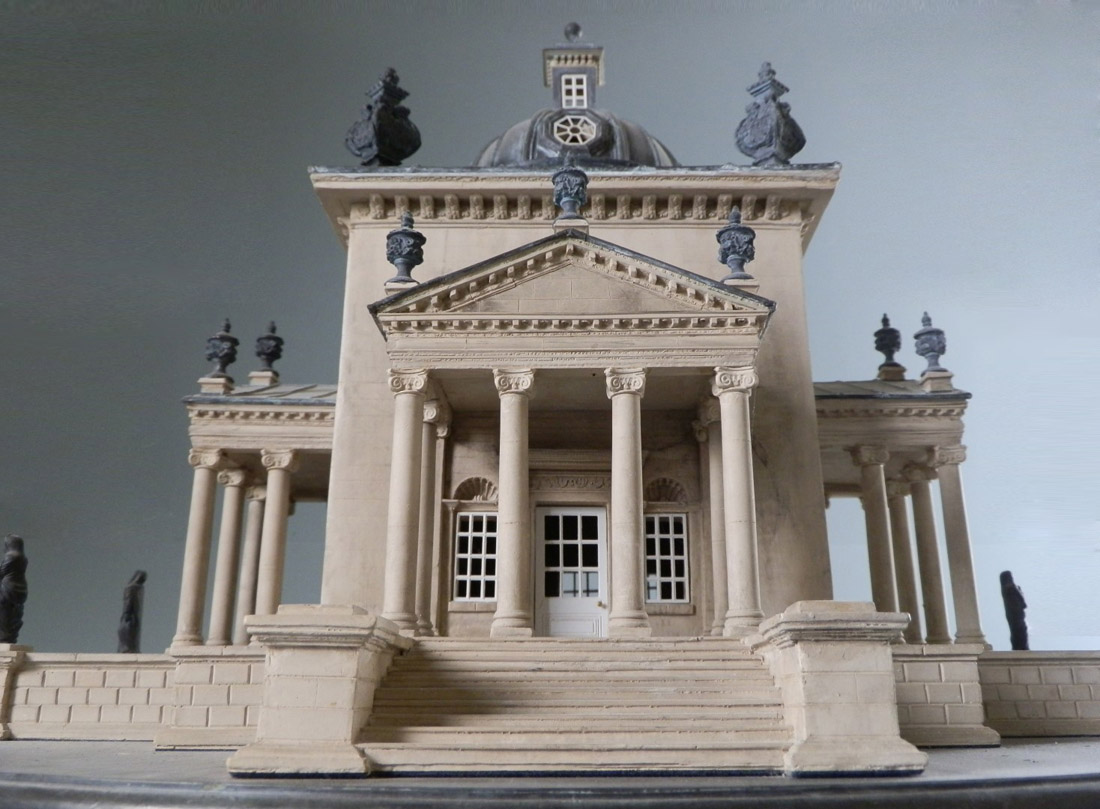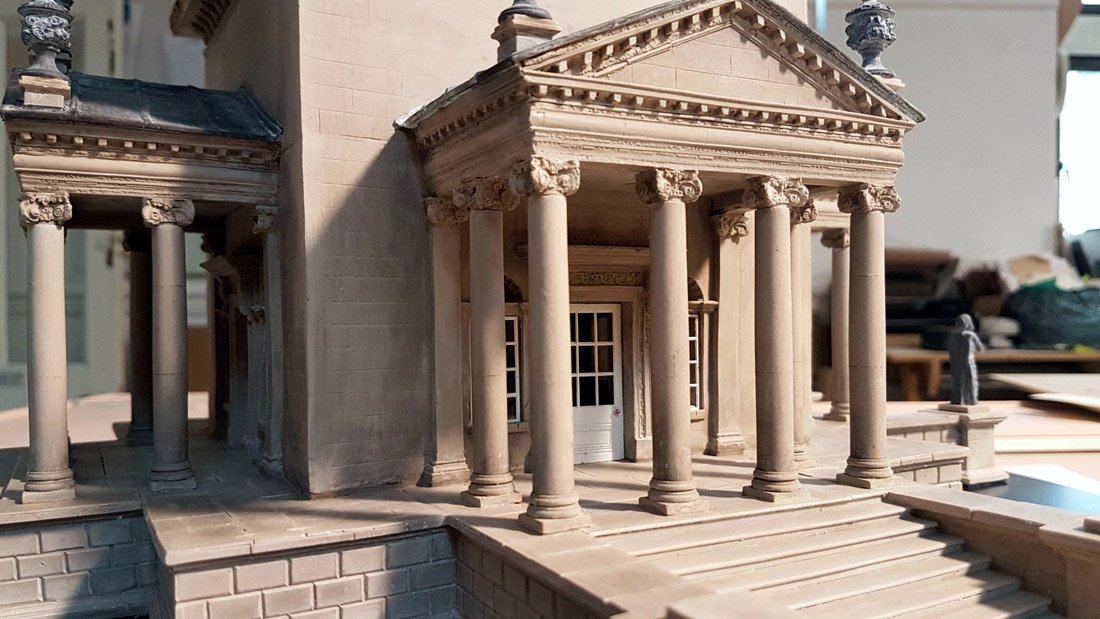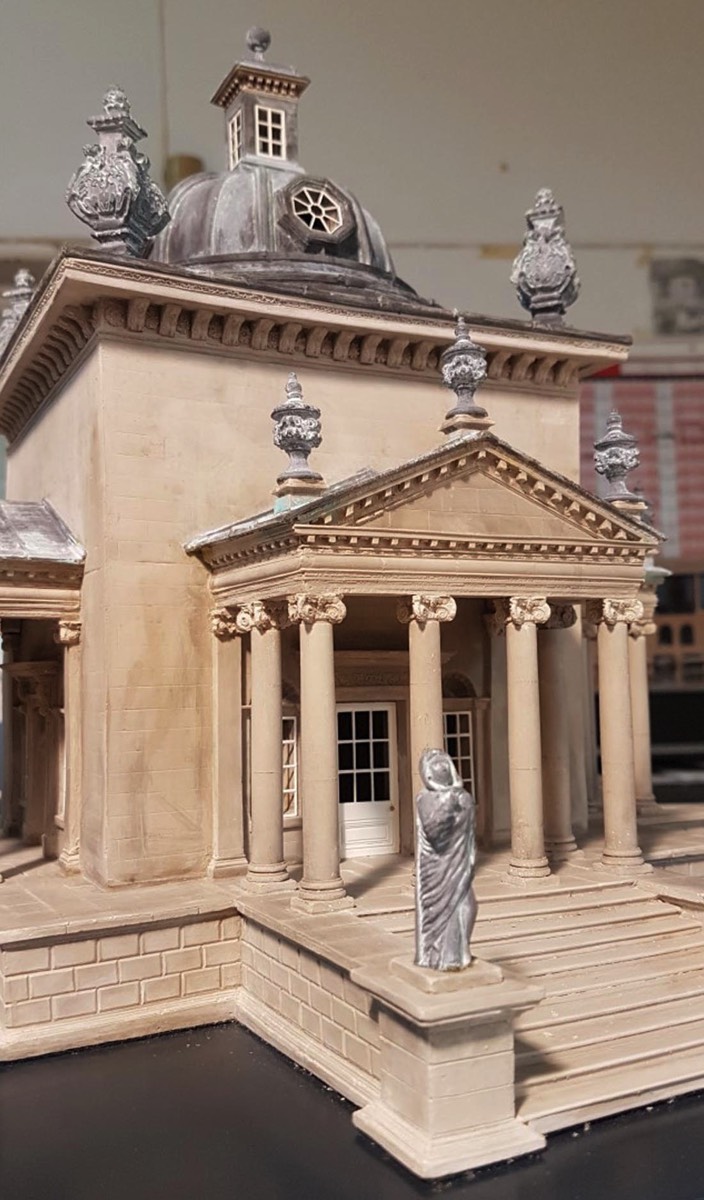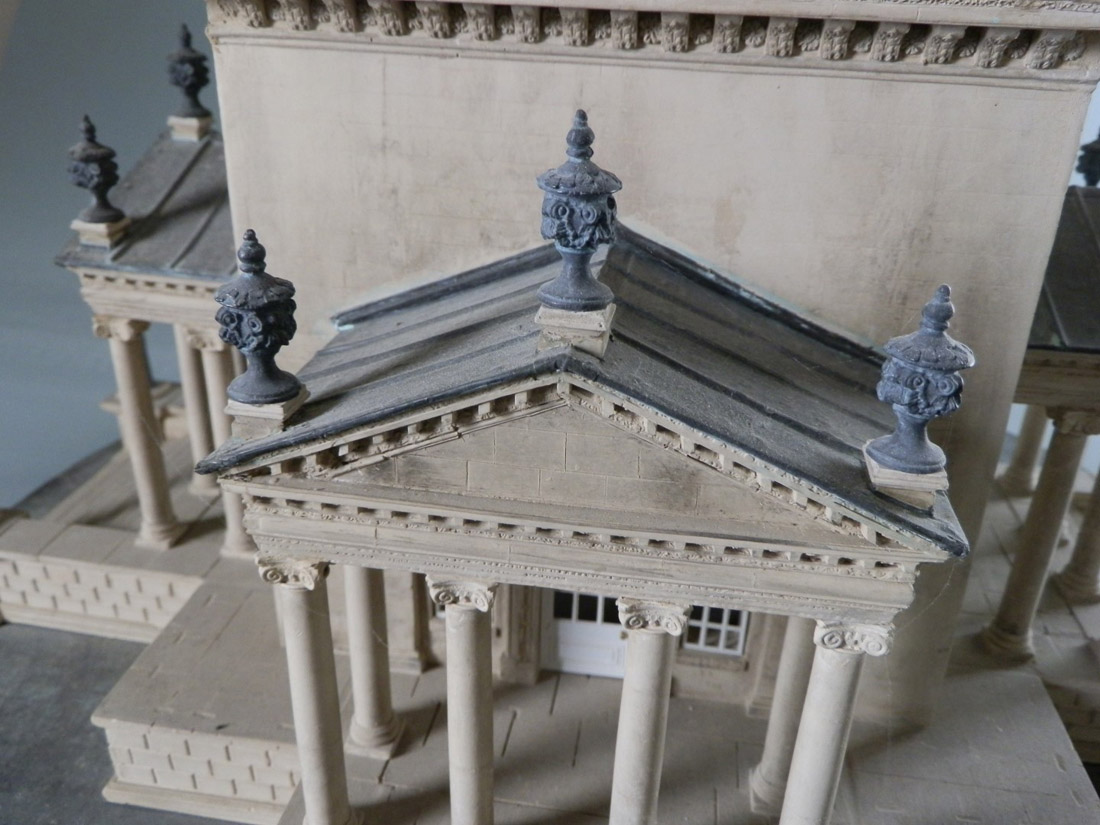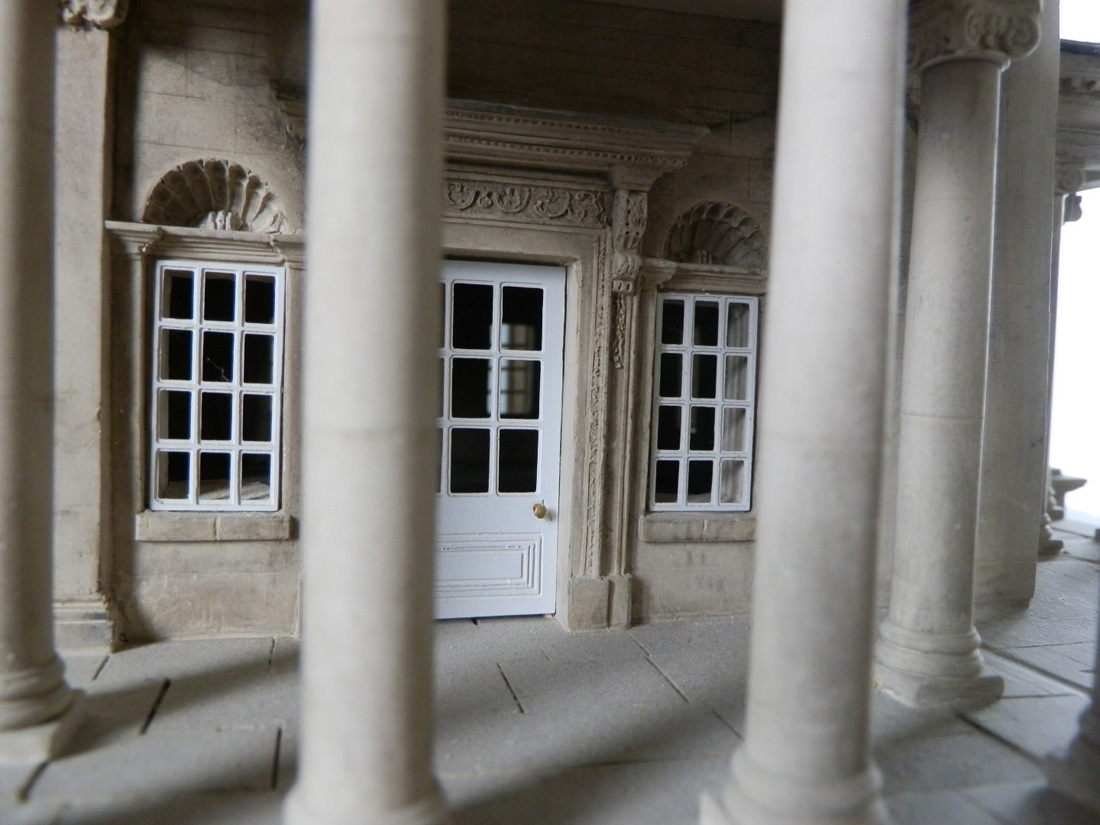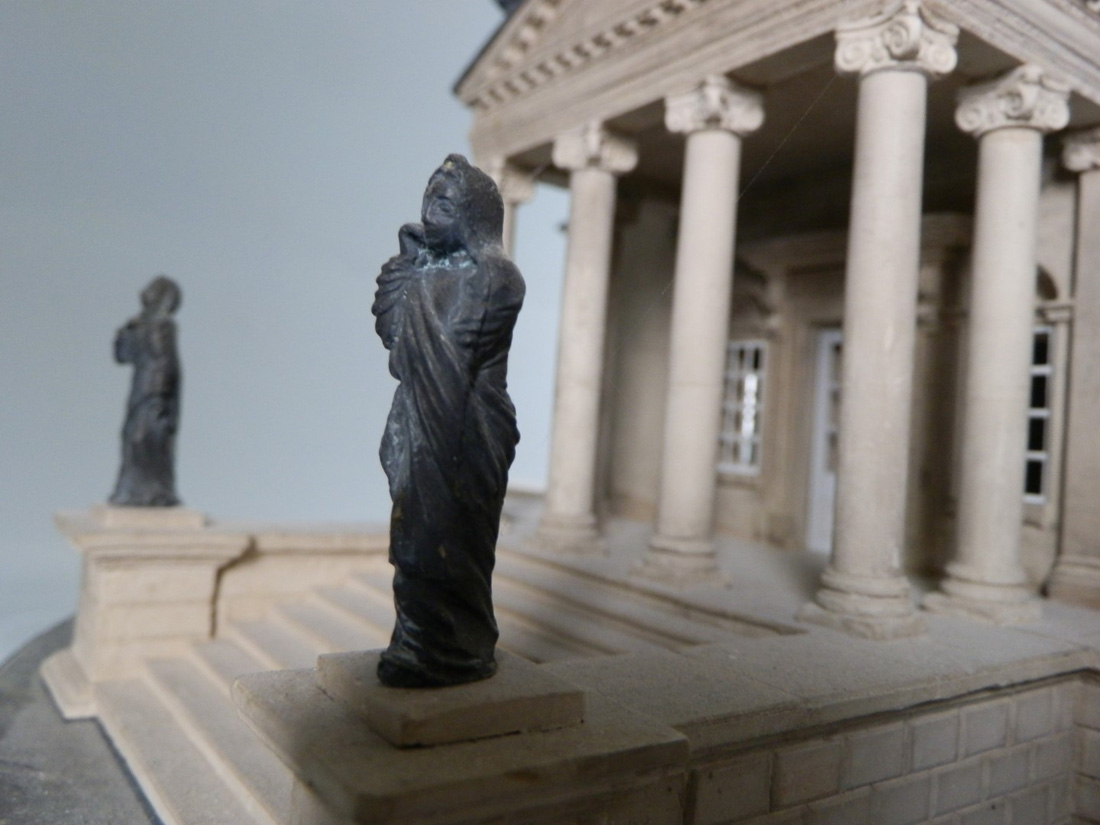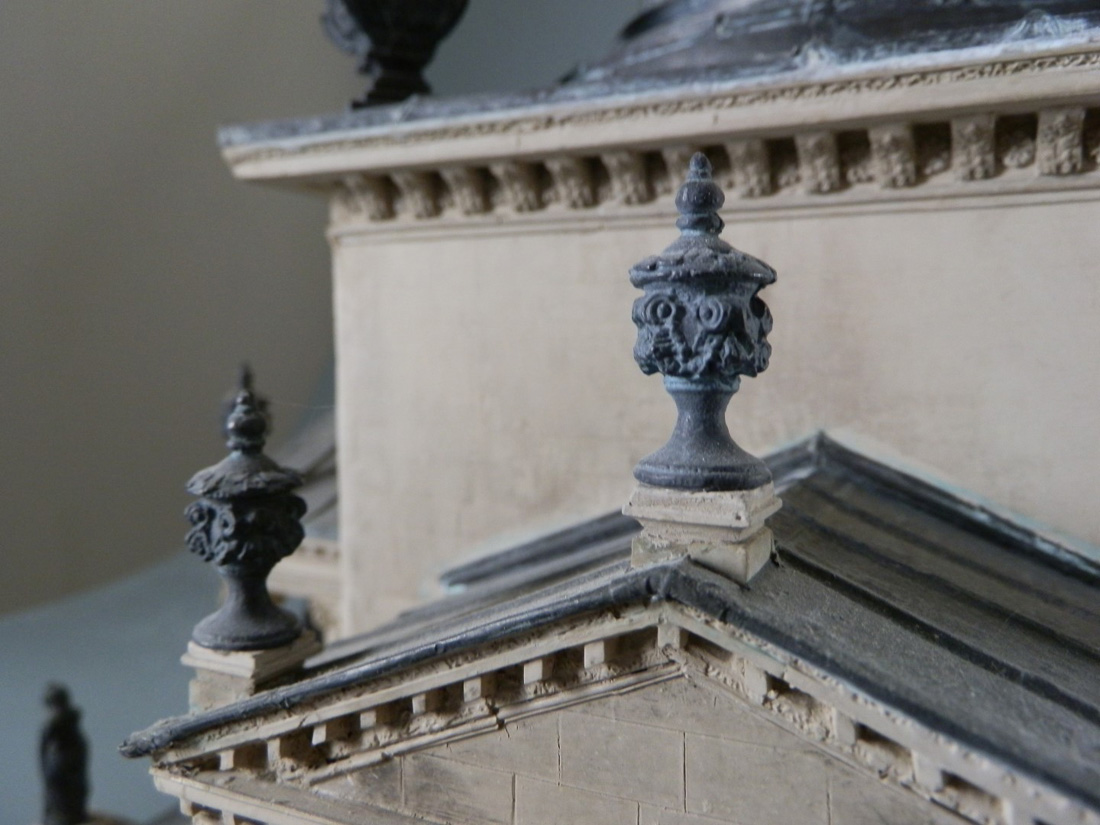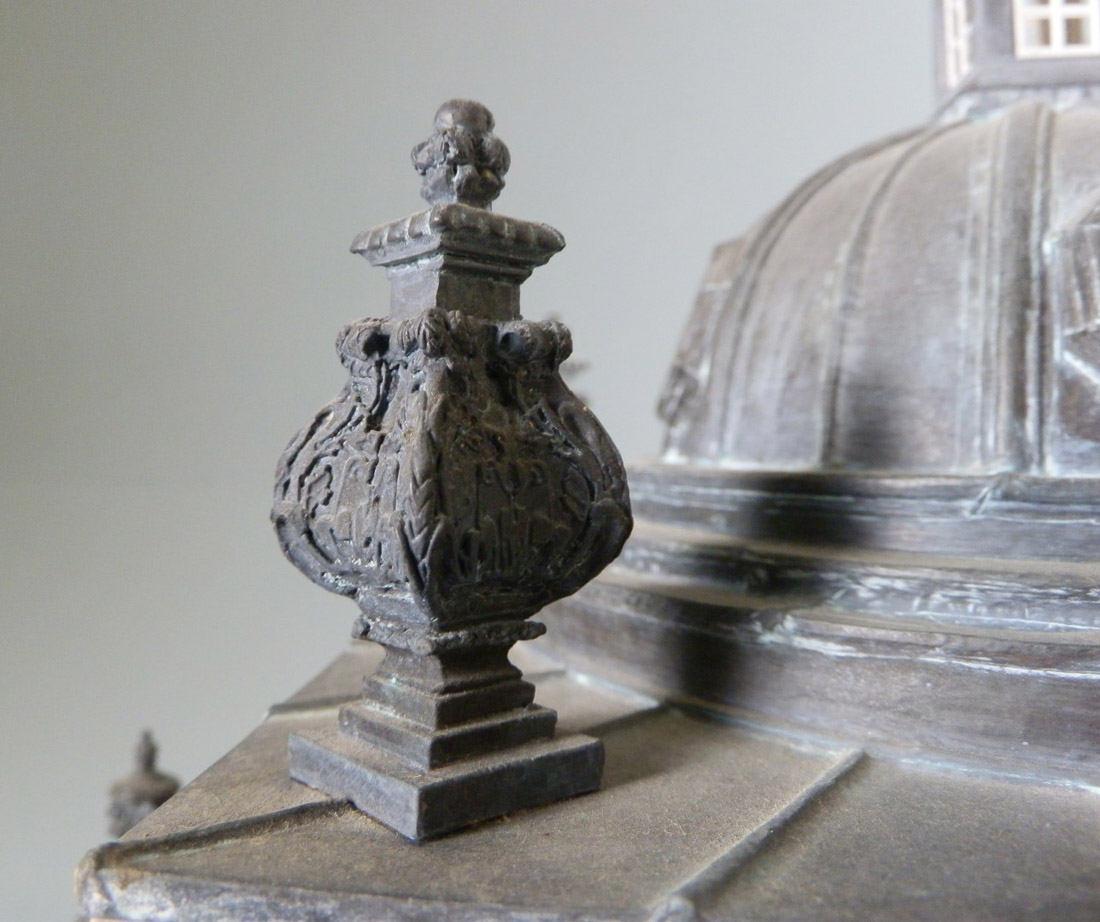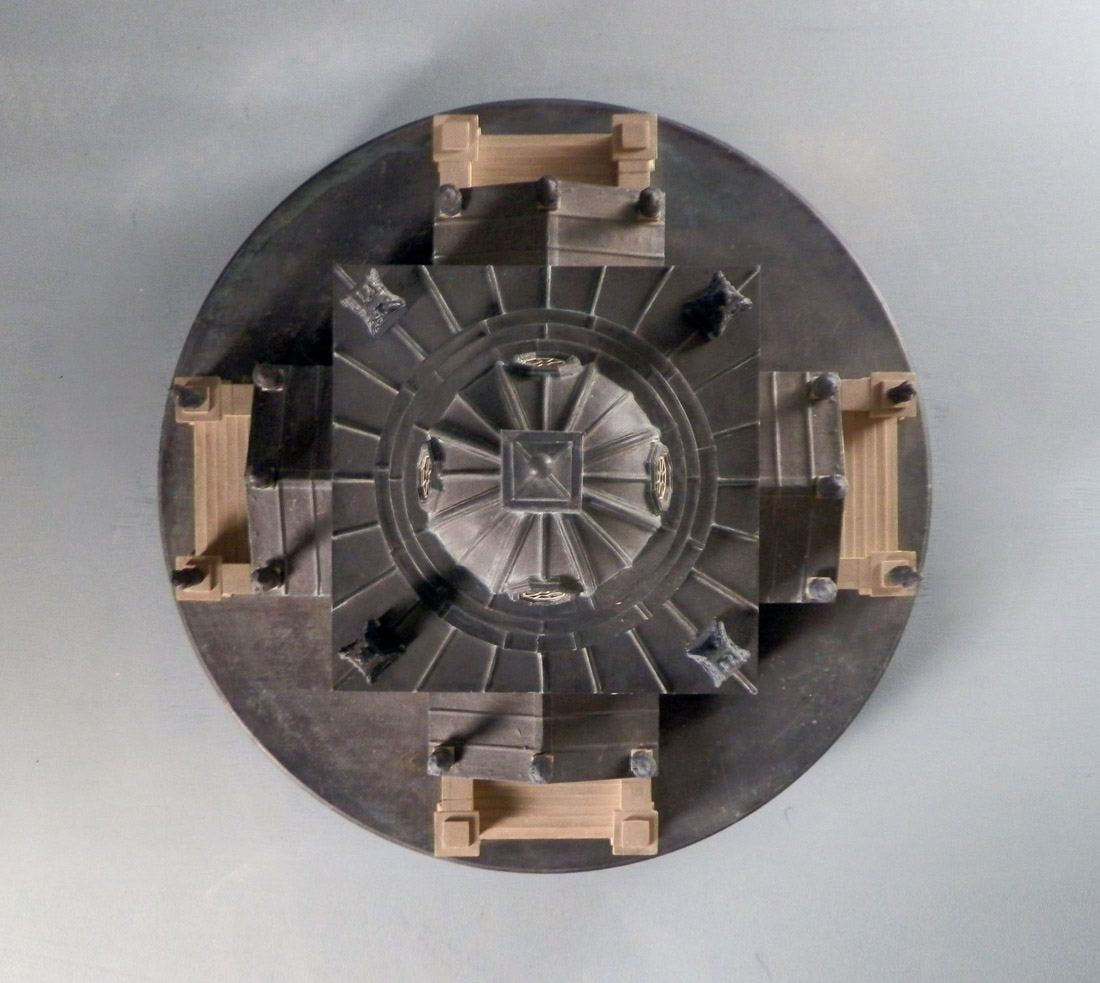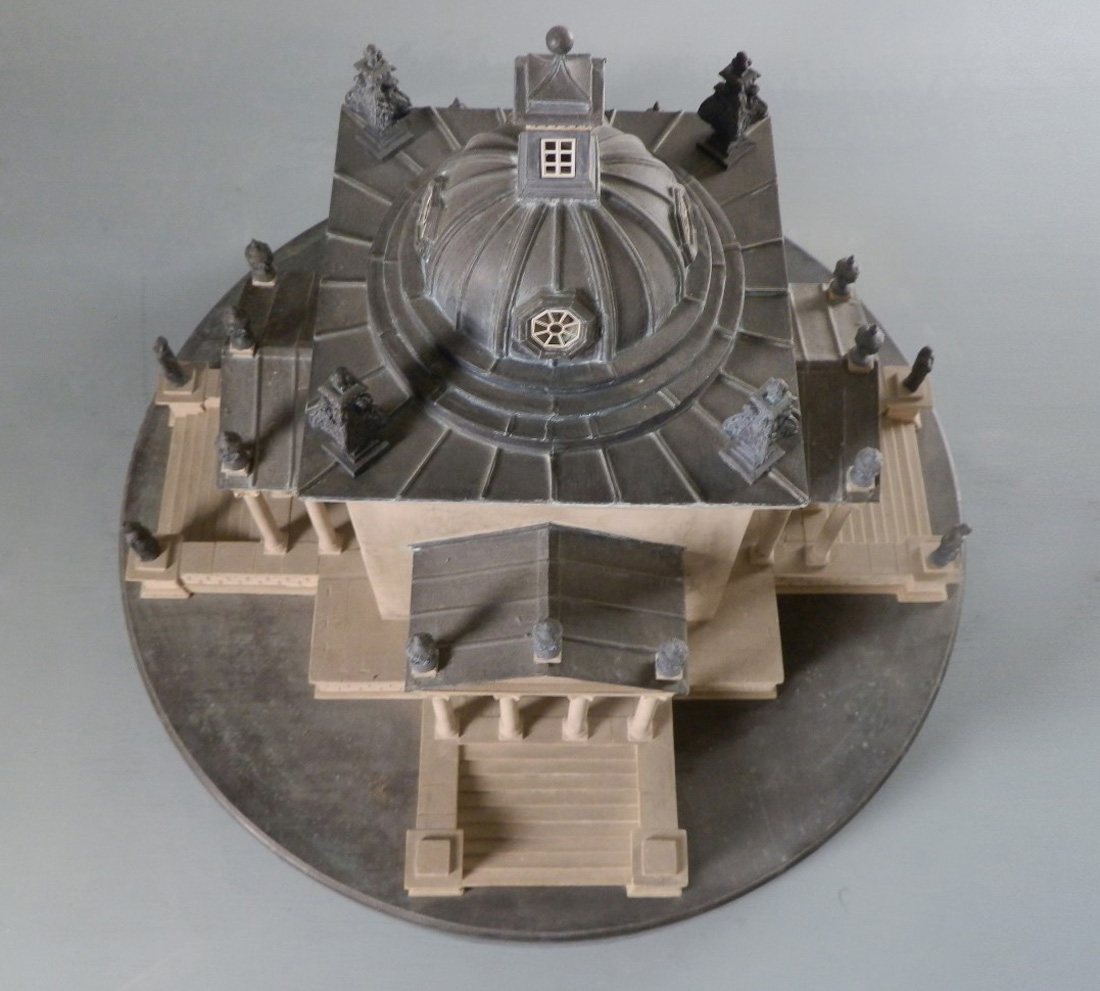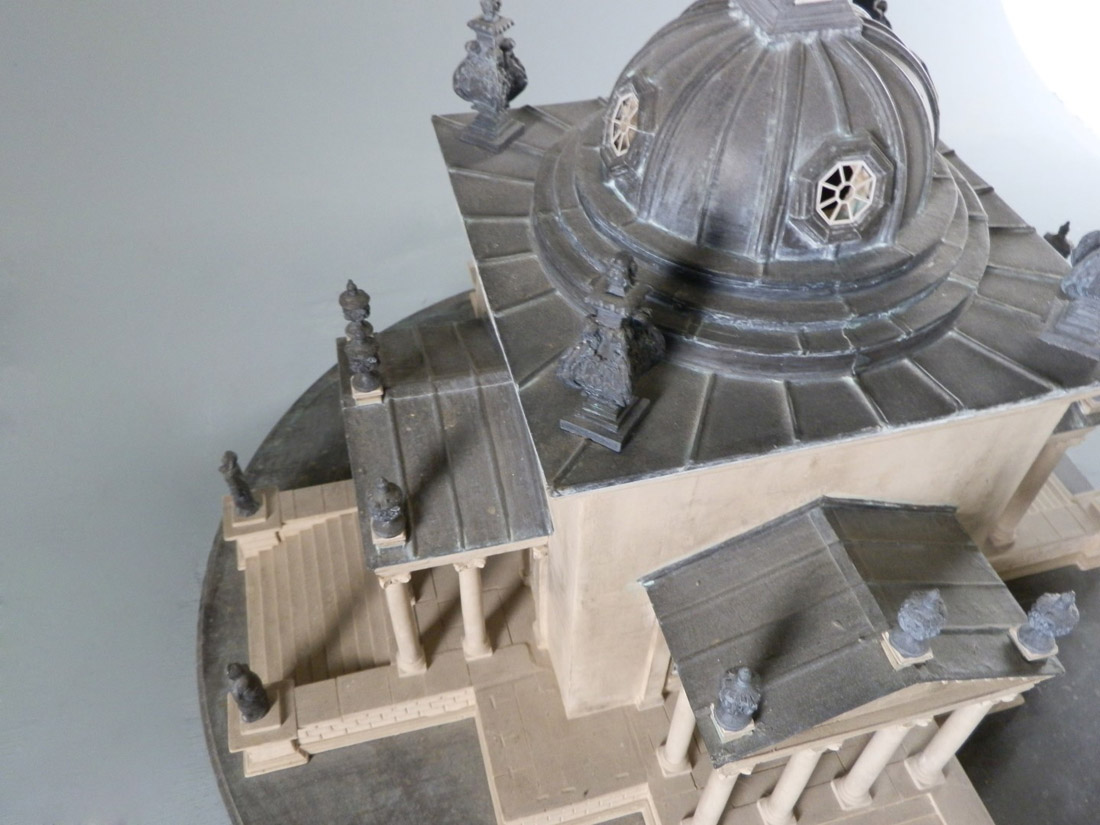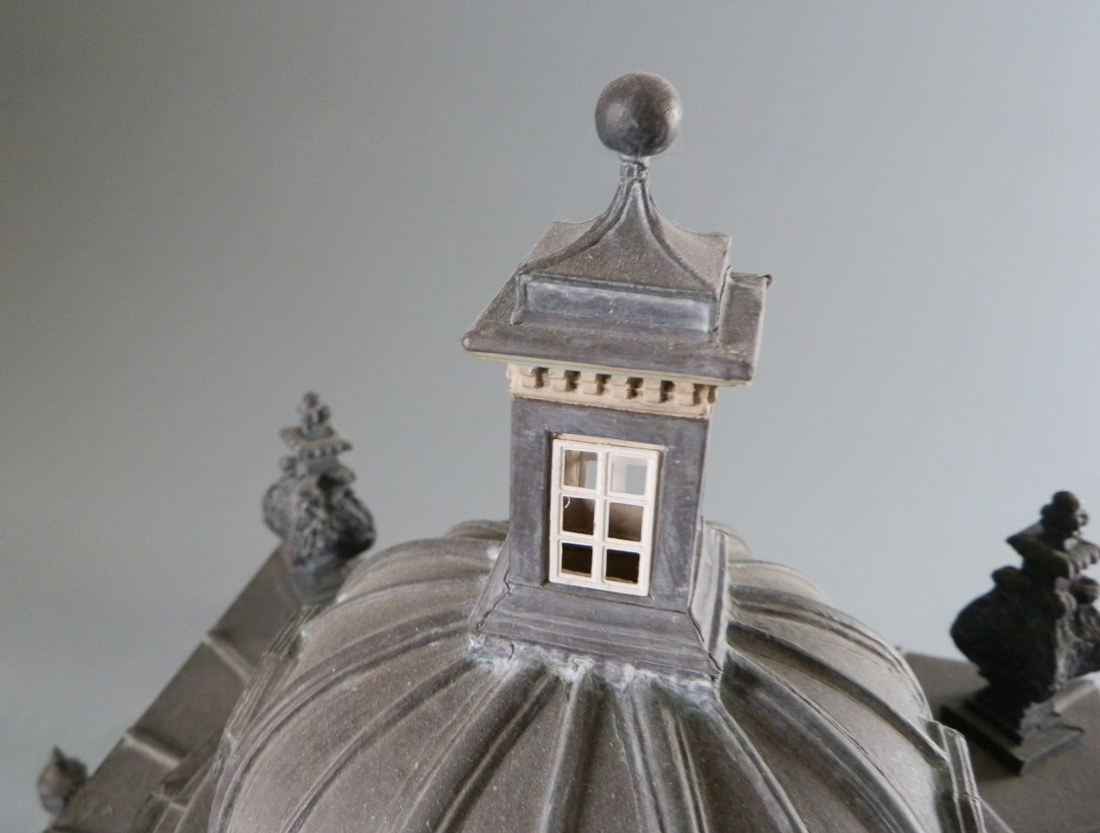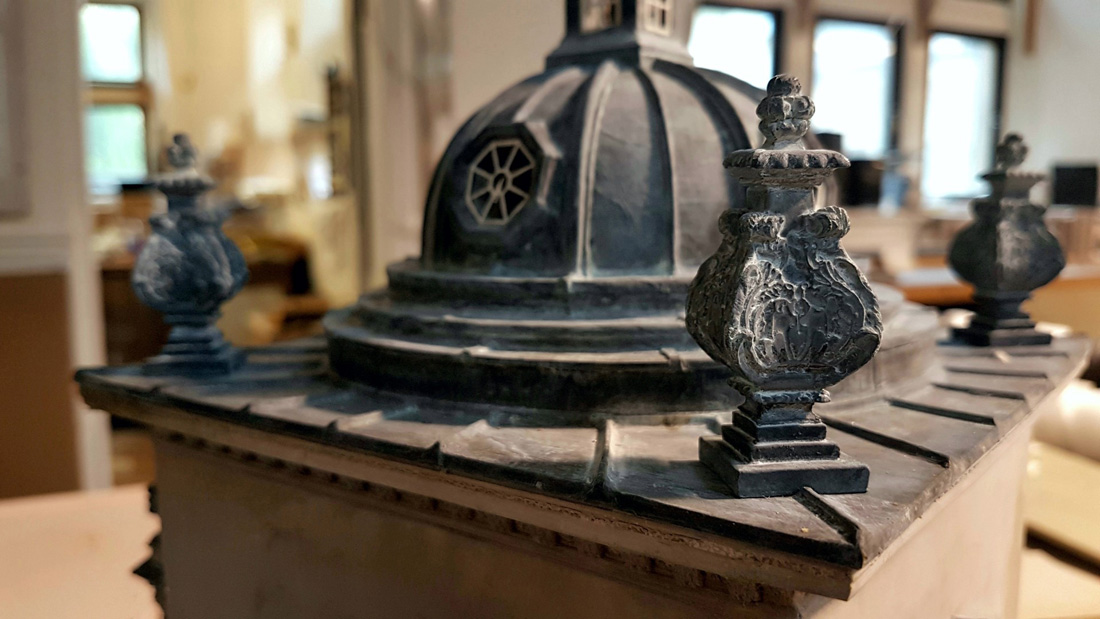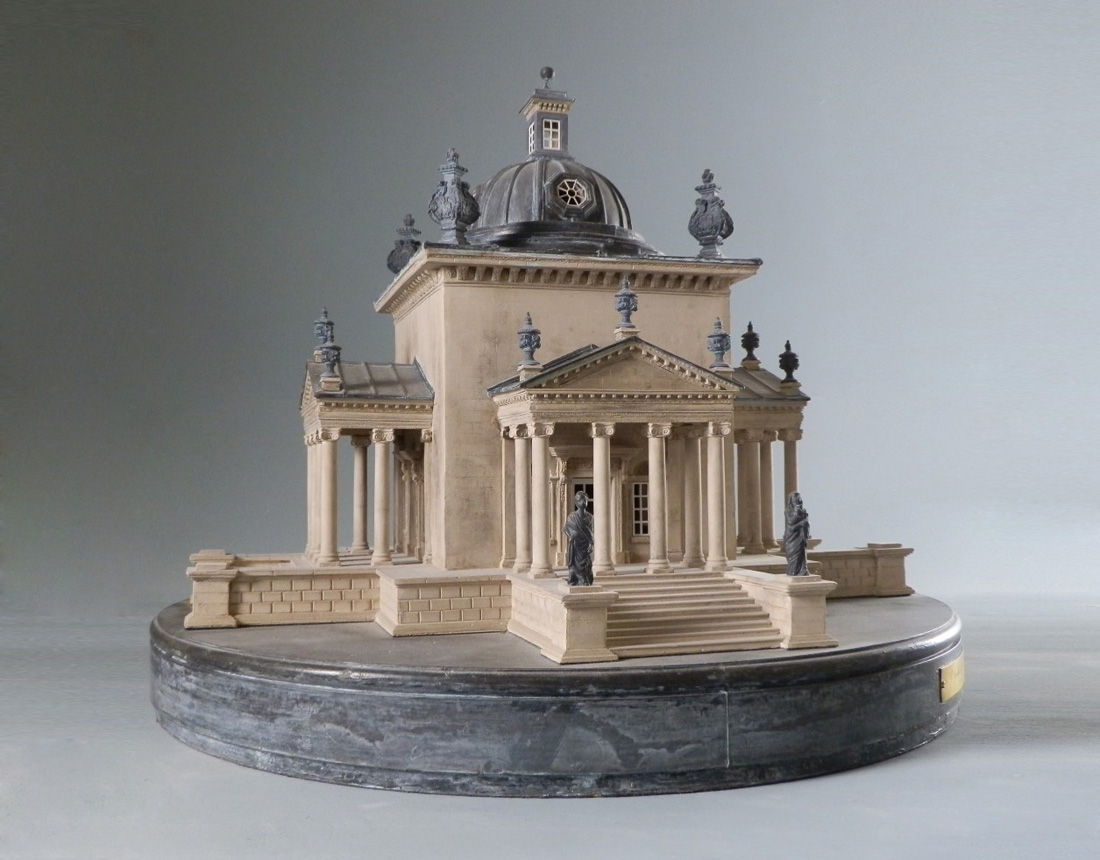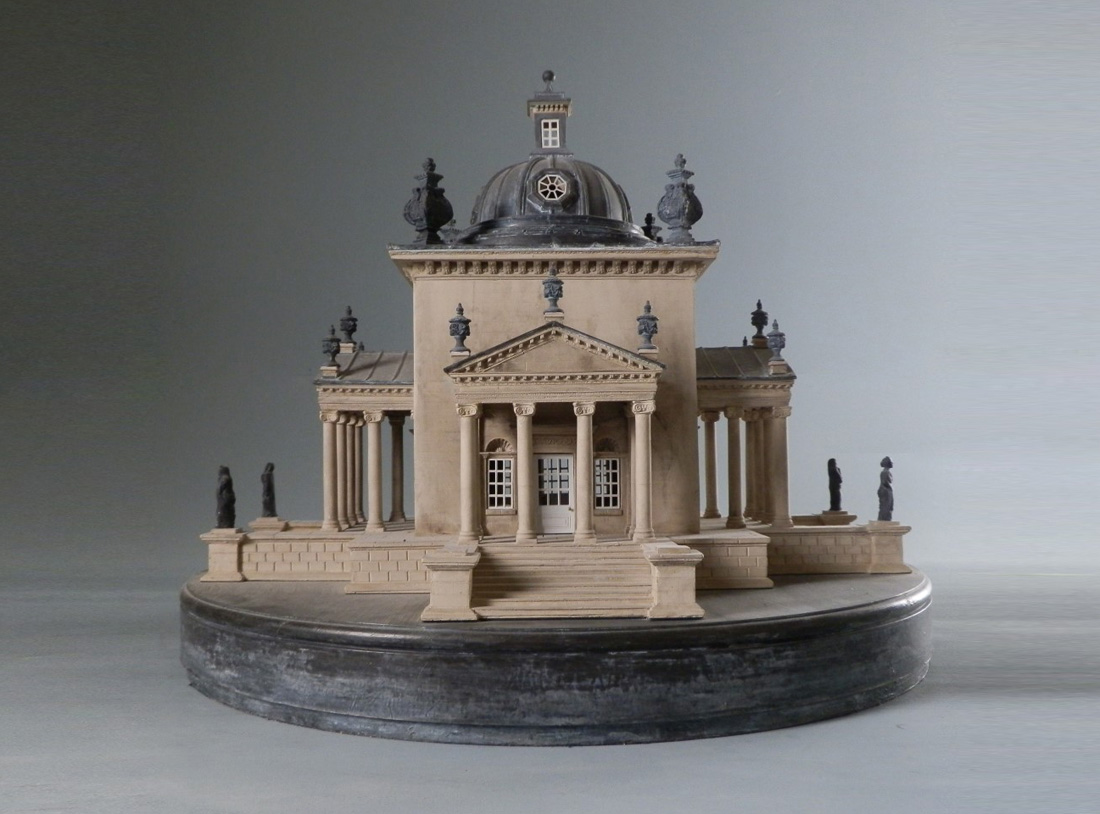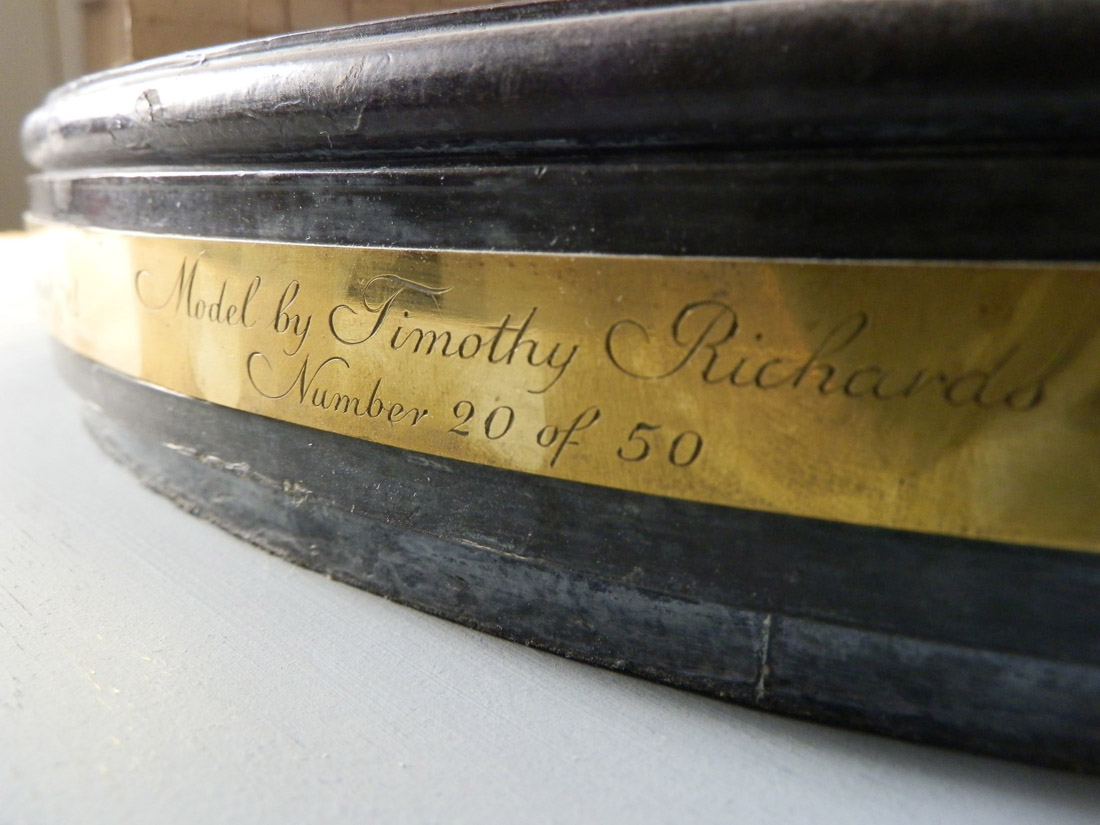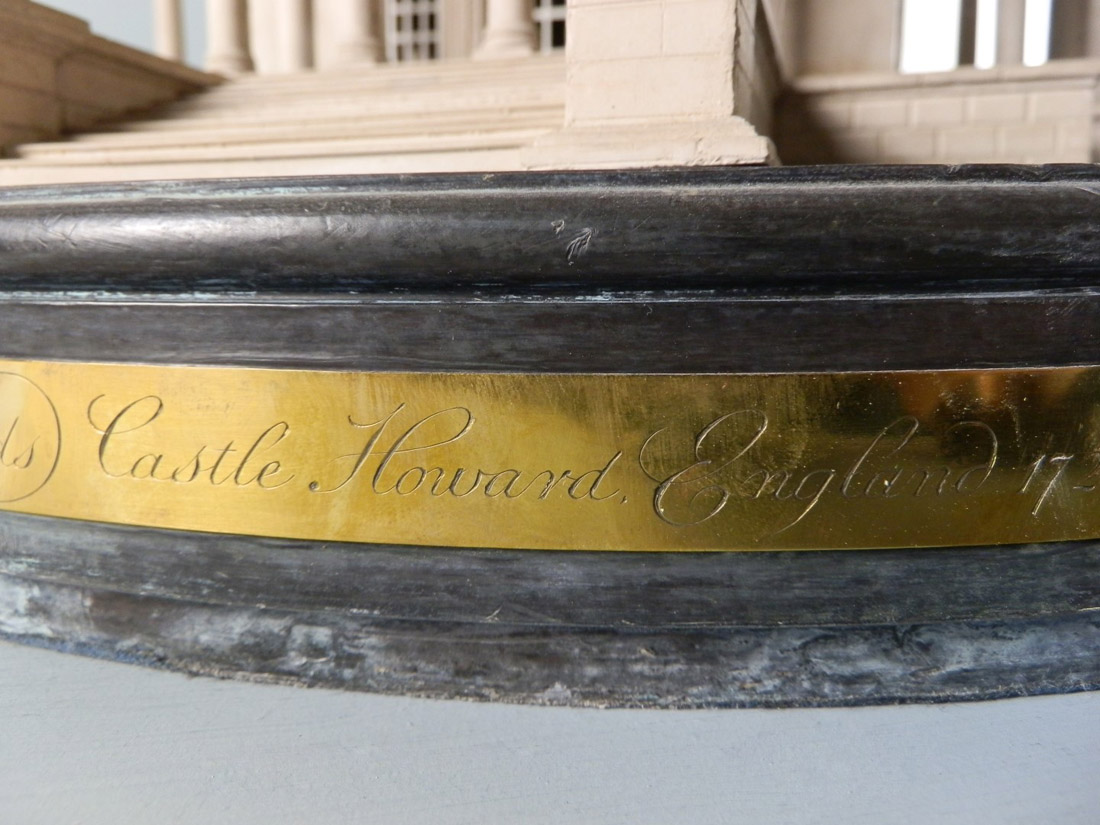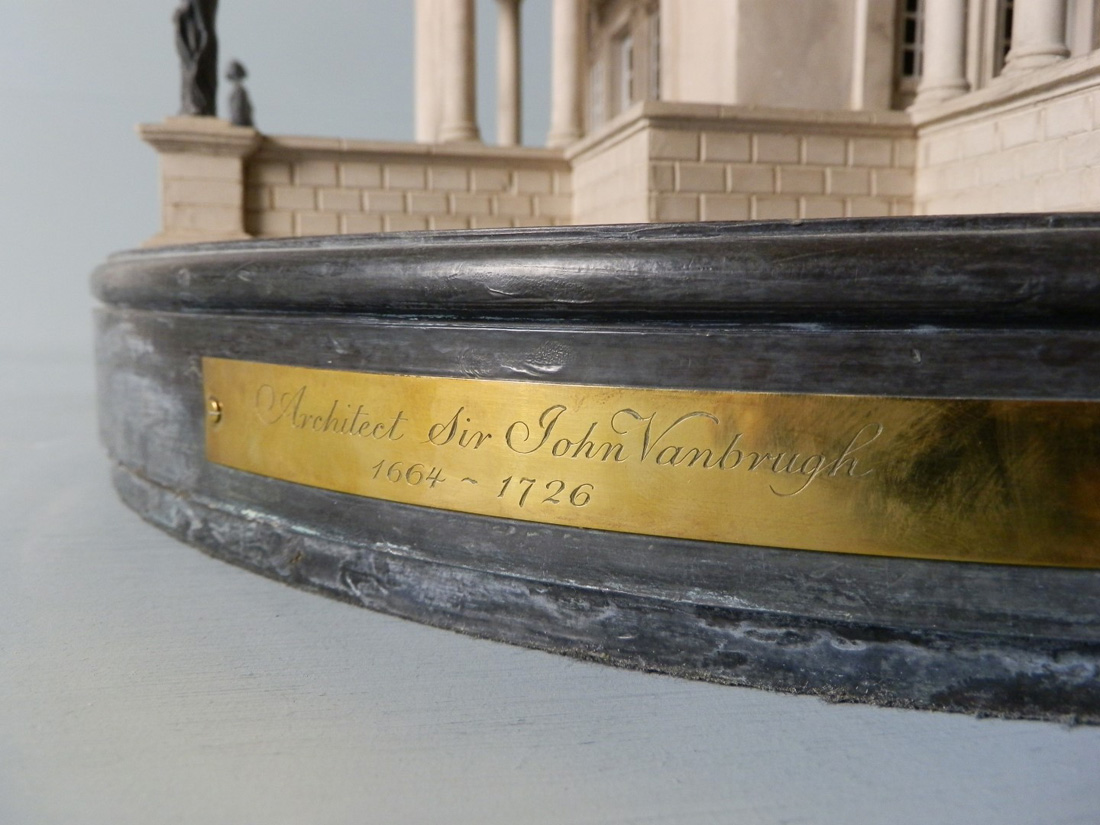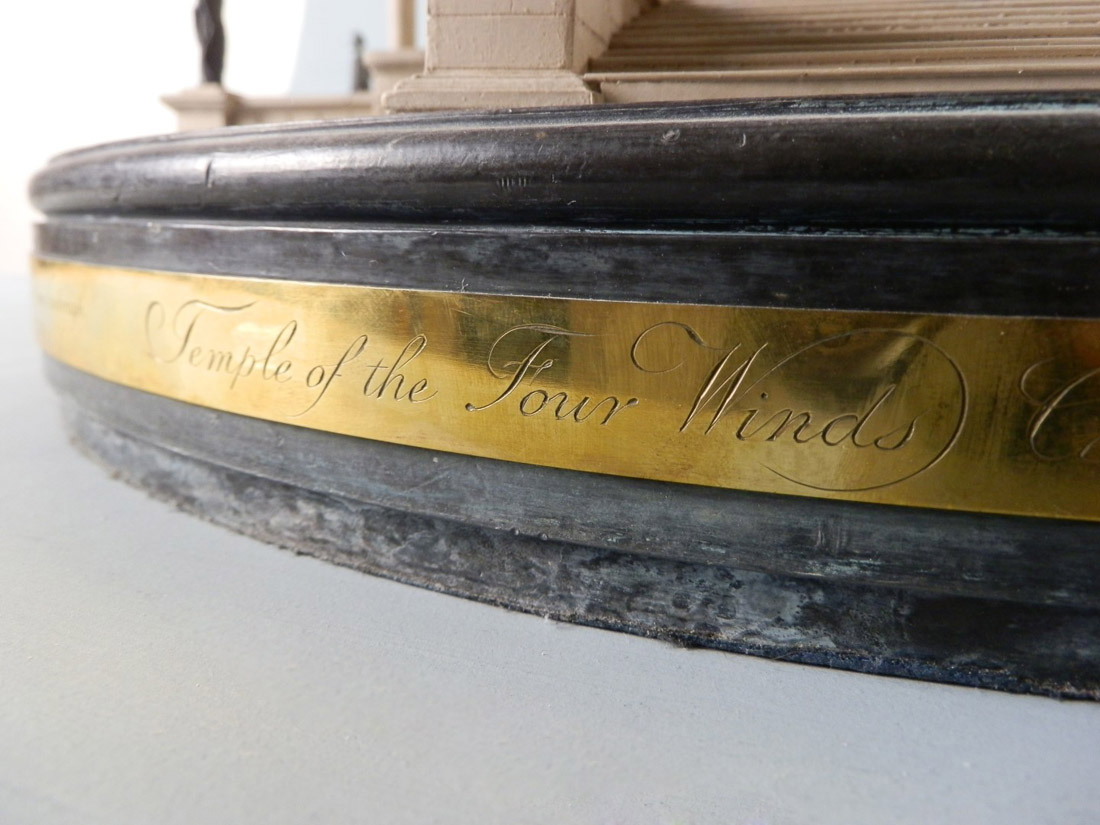
Limited Editions
available on this page in alphabetical order
Click on the image to enlarge.
Dimensions:
More Info
Imperial:
Height: 34"
Width: 7"
Depth: 4"
Metric:
Height: 864mm
Width: 178mm
Depth: 102mm
Weight: 5.9 kg
Disclaimer:
All dimensions, weight and colouring vary due to the natural materials used and the throughout handmade process.
Height: 34"
Width: 7"
Depth: 4"
Metric:
Height: 864mm
Width: 178mm
Depth: 102mm
Weight: 5.9 kg
Disclaimer:
All dimensions, weight and colouring vary due to the natural materials used and the throughout handmade process.
Chrysler Building New York / Manhattan
Limited Edition of 480
Historical Information:
Designed by William Van Alen
When – 1928 to 1930
Where – New York, USA
When Tim first travelled to America he stayed at the infamous Carter Hotel off Times Square.
Historical Information:
Designed by William Van Alen
When – 1928 to 1930
Where – New York, USA
When Tim first travelled to America he stayed at the infamous Carter Hotel off Times Square.
More Info
When leaning at full stretch out of the window of this hotel Tim could see the Chrysler building, so characteristically synonymous with the city of New York and Manhattan itself.
The hotel room had a phone of which Tim used for two mornings to persuade the Chrysler management to allow him three hours unrestricted access to explore the building
The Chrysler building was designed by William Van Alen and owned by Walter P. Chrysler. The building is synonymous with the glitz and glamour of the era with both the excesses and depression of the years in which it was built.
It occupies a central Manhattan position and with its spire, was the tallest building in the world for a short time. The building boasts an iconic spire and sunburst design.
This is cruciform groin vault constructed of seven radiating, terraced arches. These arches are mounted one on top of the other.
This model shows the building above the eagle terraces. It shows the terraced crown of the Chrysler building. The model is finished using white gold, moon gold and yellow 22 carat gold leaf.
On the lowest levels of the model lead sheet has been applied over the plaster. The model shows two faces with a flat hollowed back finished with hand-made glass. The model is presented on a 10” x 10” metal plate to give it stability.
Each model is supplied with an account of how Tim gained access to the building and what he found on the highest floors. It was as if the Prohibition Party had just finished. With no plans to work from, Timothy Richards built the model master from multiple photos taken over just a few American trips.
Only recently was he finally able to find the blueprints of the spire used to decorate the walls of an office in Washington.
The hotel room had a phone of which Tim used for two mornings to persuade the Chrysler management to allow him three hours unrestricted access to explore the building
The Chrysler building was designed by William Van Alen and owned by Walter P. Chrysler. The building is synonymous with the glitz and glamour of the era with both the excesses and depression of the years in which it was built.
It occupies a central Manhattan position and with its spire, was the tallest building in the world for a short time. The building boasts an iconic spire and sunburst design.
This is cruciform groin vault constructed of seven radiating, terraced arches. These arches are mounted one on top of the other.
This model shows the building above the eagle terraces. It shows the terraced crown of the Chrysler building. The model is finished using white gold, moon gold and yellow 22 carat gold leaf.
On the lowest levels of the model lead sheet has been applied over the plaster. The model shows two faces with a flat hollowed back finished with hand-made glass. The model is presented on a 10” x 10” metal plate to give it stability.
Each model is supplied with an account of how Tim gained access to the building and what he found on the highest floors. It was as if the Prohibition Party had just finished. With no plans to work from, Timothy Richards built the model master from multiple photos taken over just a few American trips.
Only recently was he finally able to find the blueprints of the spire used to decorate the walls of an office in Washington.
Click on the image to enlarge.
Dimensions:
More Info
Imperial:
Height: 13"
Base Diameter: 25"
Metric:
Height: 330mm
Base Diameter: 635mm
Weight: 18.2 kg
Disclaimer:
All dimensions, weight and colouring vary due to the natural materials used and the throughout handmade process.
Height: 13"
Base Diameter: 25"
Metric:
Height: 330mm
Base Diameter: 635mm
Weight: 18.2 kg
Disclaimer:
All dimensions, weight and colouring vary due to the natural materials used and the throughout handmade process.
Design for the Presidents House
Where: Unbuilt
Designed by Thomas Jefferson
When: 1792
Jefferson’s fascination with both Palladio and domes was vividly demonstrated in his proposed design for the United States’ President’s House, submitted anonymously in the 1792 competition for the executive residence.
More Info
Modelled after Palladio’s Villa Rotonda, Jefferson’s scheme closely paralleled the version of the Rotonda published in Giacomo Leoni’s 1715 edition of Quattro Libri.
Although Leoni took liberties with Palladio’s schemes, mainly adding embellishments, the Leoni edition remained Jefferson’s primary authority for Palladianism.
Jefferson’s submission varied from Leoni’s version of the Villa Rotonda in the use of pairs of bays flanking each of porticoes rather than a single bay, and in the use of free-standing columns rather than arches on the sides of the porticoes.
Although Leoni took liberties with Palladio’s schemes, mainly adding embellishments, the Leoni edition remained Jefferson’s primary authority for Palladianism.
Jefferson’s submission varied from Leoni’s version of the Villa Rotonda in the use of pairs of bays flanking each of porticoes rather than a single bay, and in the use of free-standing columns rather than arches on the sides of the porticoes.
Click on the image to enlarge.
Dimensions:
More Info
Imperial:
Imperial:
Height: 27.6"
Width: 23"
Depth: 9.4"
Metric:
Height: 700mm
Width: 590mm
Depth: 240mm
Weight: 31.5 kg
Disclaimer:
All dimensions, weight and colouring vary due to the natural materials used and the throughout handmade process.
Imperial:
Height: 27.6"
Width: 23"
Depth: 9.4"
Metric:
Height: 700mm
Width: 590mm
Depth: 240mm
Weight: 31.5 kg
Disclaimer:
All dimensions, weight and colouring vary due to the natural materials used and the throughout handmade process.
The Flatiron - Fuller Building, Manhattan
Limited Edition of 15
Where: New York 1904
Who: Architect Daniel Burnham
The Flatiron building is located on 175 Fifth Avenue in Manhattan, New York. Originally called the Fuller building, it quickly became known as the Flatiron due to its wedge shaped similarity to a cast iron clothes iron.
Where: New York 1904
Who: Architect Daniel Burnham
The Flatiron building is located on 175 Fifth Avenue in Manhattan, New York. Originally called the Fuller building, it quickly became known as the Flatiron due to its wedge shaped similarity to a cast iron clothes iron.
More Info
The building was designed as a vertical Renaissance Palazzo with Beaux-Arts styling by Daniel Burnham. Like a classical Greek column, the façade of the Flatiron is divided into a base, shaft and capitol.
Materials change from limestone as the base to glazed terracotta as the floors rise.
Materials change from limestone as the base to glazed terracotta as the floors rise.
Click on the image to enlarge.
Dimensions:
More Info
Incorrect
Imperial:
Imperial:
Height: 27.6"
Width: 23"
Depth: 9.4"
Metric:
Height: 700mm
Width: 590mm
Depth: 240mm
Weight: 31.5 kg
Disclaimer:
All dimensions, weight and colouring vary due to the natural materials used and the throughout handmade process.
Imperial:
Imperial:
Height: 27.6"
Width: 23"
Depth: 9.4"
Metric:
Height: 700mm
Width: 590mm
Depth: 240mm
Weight: 31.5 kg
Disclaimer:
All dimensions, weight and colouring vary due to the natural materials used and the throughout handmade process.
Lutyens Temple, Tyringham Hall, Milton Keynes
Limited Edition of 50
text to come
text to come
More Info
Click on the image to enlarge.
Dimensions:
More Info
Imperial:
Height: 16"
Width: 8.5"
Depth: 11.5"
Metric:
Height: 406mm
Width: 216mm
Depth: 292mm
Weight: 5.5 kg
Disclaimer:
All dimensions, weight and colouring vary due to the natural materials used and the throughout handmade process.
Pazzi Chappel
Limited Edition of 15
Designed by Filippo Brunelleschi
When – 1460’s
Where – Florence, Italy
With interior and exterior detail, this model would excite and delight anyone fascinated by this monumental building. The Pazzi Chapel is located in the first cloister of the Basilica di Santi Croce, Florence, Italy.
Designed by Filippo Brunelleschi
When – 1460’s
Where – Florence, Italy
With interior and exterior detail, this model would excite and delight anyone fascinated by this monumental building. The Pazzi Chapel is located in the first cloister of the Basilica di Santi Croce, Florence, Italy.
More Info
Andrea Pazzi collected the funds for the chapel in 1429, however the building was not completed until the 1460s.
Filippo Brunelleschi was responsible for the plan of the chapel but not for its execution and detailing.
It is argued that this could have been the work of either Giuliano da Maiano or Michelozzo.
Brunelleschi’s inspiration for the Pazzi Chapel came from the Santa Mario Novella monastery also in Florence and is an important example of how Renaissance architects endeavoured to promote the use of columns, pilasters, arches and vaults together.
Filippo Brunelleschi was responsible for the plan of the chapel but not for its execution and detailing.
It is argued that this could have been the work of either Giuliano da Maiano or Michelozzo.
Brunelleschi’s inspiration for the Pazzi Chapel came from the Santa Mario Novella monastery also in Florence and is an important example of how Renaissance architects endeavoured to promote the use of columns, pilasters, arches and vaults together.
Click on the image to enlarge.
Dimensions:
More Info
Imperial:
Imperial:
Height: 23"
Width: 4.25"
Base: 8.25"
Metric:
Height: 584mm
Width: 108mm
Depth: 210mm
Weight: 7 kg
Disclaimer:
All dimensions, weight and colouring vary due to the natural materials used and the throughout handmade process.
Imperial:
Height: 23"
Width: 4.25"
Base: 8.25"
Metric:
Height: 584mm
Width: 108mm
Depth: 210mm
Weight: 7 kg
Disclaimer:
All dimensions, weight and colouring vary due to the natural materials used and the throughout handmade process.
St.Brides of Fleet Street, London
Limited Edition of 100
Designed by Sir Christopher Wren
When – 1672
Where – London, England
The model was commissioned by The Times newspaper and was presented as a gift to Sir Edward Pickering, the well-respected Fleet Street editor.
Designed by Sir Christopher Wren
When – 1672
Where – London, England
The model was commissioned by The Times newspaper and was presented as a gift to Sir Edward Pickering, the well-respected Fleet Street editor.
More Info
St Brides Church has always held an association with newspapers; often referred to as ‘The Church of the Journalists’. It is close to the site where the first printing presses were run in the 15th century.
The Church was one of the first to be replaced after the earlier church was burnt to the ground in the Great Fire of London in 1666. It was heavily damaged during the 1940 London Blitz and has gone through extensive restoration.
Prior to the Church’s current incarnation, two earlier churches stood on this site, the earliest was of Roman origin. Sir Christopher Wren designed this renaissance church in his English Baroque style.
It is the second tallest of Wren’s churches after St Paul’s. In the 18th century a local baker, inspired by the multi-tiered steeple of St. Brides was the first to create the tiered wedding cake we recognise today.
Weight: 7kg
Dimensions: 8.25″ x 23″ x 4.25″
The Church was one of the first to be replaced after the earlier church was burnt to the ground in the Great Fire of London in 1666. It was heavily damaged during the 1940 London Blitz and has gone through extensive restoration.
Prior to the Church’s current incarnation, two earlier churches stood on this site, the earliest was of Roman origin. Sir Christopher Wren designed this renaissance church in his English Baroque style.
It is the second tallest of Wren’s churches after St Paul’s. In the 18th century a local baker, inspired by the multi-tiered steeple of St. Brides was the first to create the tiered wedding cake we recognise today.
Weight: 7kg
Dimensions: 8.25″ x 23″ x 4.25″
Click on the image to enlarge.
Dimensions:
More Info
Imperial:
Height: 16"
Width: 19"
Depth: 19"
Metric:
Height: 406mm
Width: 483mm
Depth: 483mm
Weight: 24 kg
Disclaimer:
All dimensions, weight and colouring vary due to the natural materials used and the throughout handmade process.
Height: 16"
Width: 19"
Depth: 19"
Metric:
Height: 406mm
Width: 483mm
Depth: 483mm
Weight: 24 kg
Disclaimer:
All dimensions, weight and colouring vary due to the natural materials used and the throughout handmade process.
Dimensions:
The Temple of the Four Winds
Limited Edition of 50
Designed by John Vanbrugh
When – 1736
Where – Castle Howard, Yorkshire
This detailed scale Timothy Richards Limited Edition model provides a fine example of the great architect John Vanbrugh's work in Britain.
Designed by John Vanbrugh
When – 1736
Where – Castle Howard, Yorkshire
This detailed scale Timothy Richards Limited Edition model provides a fine example of the great architect John Vanbrugh's work in Britain.
More Info
This piece would make a beautiful statement in any living room, office or study as a reminder of the great Palladian influence on Georgian England.
The Temple of the Four Winds was designed by Vanbrugh in 1724 and was influenced by Andrea Palladio’s Villa Rotonda in Vicenza, Italy.
The design was sent to the Earl of Carlisle as an idea for a pavilion to be built in the Southeast corner of Ray Wood on the Castle Howard Estate.
Originally named ‘The Temple of Diana’; it remained unfinished for another ten years after Vanbrugh’s death in 1726. By the 1940s the Temple was beginning to deteriorate.
George Howard restored it in 1955 after the Second World War.
Dimensions: (H)41 x (W)49 x (D)49 cm
The Temple of the Four Winds was designed by Vanbrugh in 1724 and was influenced by Andrea Palladio’s Villa Rotonda in Vicenza, Italy.
The design was sent to the Earl of Carlisle as an idea for a pavilion to be built in the Southeast corner of Ray Wood on the Castle Howard Estate.
Originally named ‘The Temple of Diana’; it remained unfinished for another ten years after Vanbrugh’s death in 1726. By the 1940s the Temple was beginning to deteriorate.
George Howard restored it in 1955 after the Second World War.
Dimensions: (H)41 x (W)49 x (D)49 cm

Limited Editions
available on this page in alphabetical order
Click on the image to enlarge.
Dimensions:
More Info
Imperial:
Height: 34"
Width: 7"
Depth: 4"
Metric:
Height: 864mm
Width: 178mm
Depth: 102mm
Weight: 5.9 kg
Disclaimer:
All dimensions, weight and colouring vary due to the natural materials used and the throughout handmade process.
Height: 34"
Width: 7"
Depth: 4"
Metric:
Height: 864mm
Width: 178mm
Depth: 102mm
Weight: 5.9 kg
Disclaimer:
All dimensions, weight and colouring vary due to the natural materials used and the throughout handmade process.
Chrysler Building New York / Manhattan
Limited Edition of 480
Historical Information:
Designed by William Van Alen
When – 1928 to 1930
Where – New York, USA
When Tim first travelled to America he stayed at the infamous Carter Hotel off Times Square.
Historical Information:
Designed by William Van Alen
When – 1928 to 1930
Where – New York, USA
When Tim first travelled to America he stayed at the infamous Carter Hotel off Times Square.
More Info
When leaning at full stretch out of the window of this hotel Tim could see the Chrysler building, so characteristically synonymous with the city of New York and Manhattan itself.
The hotel room had a phone of which Tim used for two mornings to persuade the Chrysler management to allow him three hours unrestricted access to explore the building
The Chrysler building was designed by William Van Alen and owned by Walter P. Chrysler. The building is synonymous with the glitz and glamour of the era with both the excesses and depression of the years in which it was built.
It occupies a central Manhattan position and with its spire, was the tallest building in the world for a short time. The building boasts an iconic spire and sunburst design.
This is cruciform groin vault constructed of seven radiating, terraced arches. These arches are mounted one on top of the other.
This model shows the building above the eagle terraces. It shows the terraced crown of the Chrysler building. The model is finished using white gold, moon gold and yellow 22 carat gold leaf.
On the lowest levels of the model lead sheet has been applied over the plaster. The model shows two faces with a flat hollowed back finished with hand-made glass. The model is presented on a 10” x 10” metal plate to give it stability.
Each model is supplied with an account of how Tim gained access to the building and what he found on the highest floors. It was as if the Prohibition Party had just finished. With no plans to work from, Timothy Richards built the model master from multiple photos taken over just a few American trips.
Only recently was he finally able to find the blueprints of the spire used to decorate the walls of an office in Washington.
The hotel room had a phone of which Tim used for two mornings to persuade the Chrysler management to allow him three hours unrestricted access to explore the building
The Chrysler building was designed by William Van Alen and owned by Walter P. Chrysler. The building is synonymous with the glitz and glamour of the era with both the excesses and depression of the years in which it was built.
It occupies a central Manhattan position and with its spire, was the tallest building in the world for a short time. The building boasts an iconic spire and sunburst design.
This is cruciform groin vault constructed of seven radiating, terraced arches. These arches are mounted one on top of the other.
This model shows the building above the eagle terraces. It shows the terraced crown of the Chrysler building. The model is finished using white gold, moon gold and yellow 22 carat gold leaf.
On the lowest levels of the model lead sheet has been applied over the plaster. The model shows two faces with a flat hollowed back finished with hand-made glass. The model is presented on a 10” x 10” metal plate to give it stability.
Each model is supplied with an account of how Tim gained access to the building and what he found on the highest floors. It was as if the Prohibition Party had just finished. With no plans to work from, Timothy Richards built the model master from multiple photos taken over just a few American trips.
Only recently was he finally able to find the blueprints of the spire used to decorate the walls of an office in Washington.
Click on the image to enlarge.
Dimensions:
More Info
Imperial:
Height: 13"
Base Diameter: 25"
Metric:
Height: 330mm
Base Diameter: 635mm
Weight: 18.2 kg
Disclaimer:
All dimensions, weight and colouring vary due to the natural materials used and the throughout handmade process.
Height: 13"
Base Diameter: 25"
Metric:
Height: 330mm
Base Diameter: 635mm
Weight: 18.2 kg
Disclaimer:
All dimensions, weight and colouring vary due to the natural materials used and the throughout handmade process.
Design for the Presidents House
Where: Unbuilt
Designed by Thomas Jefferson
When: 1792
Jefferson’s fascination with both Palladio and domes was vividly demonstrated in his proposed design for the United States’ President’s House, submitted anonymously in the 1792 competition for the executive residence.
More Info
Modelled after Palladio’s Villa Rotonda, Jefferson’s scheme closely paralleled the version of the Rotonda published in Giacomo Leoni’s 1715 edition of Quattro Libri.
Although Leoni took liberties with Palladio’s schemes, mainly adding embellishments, the Leoni edition remained Jefferson’s primary authority for Palladianism.
Jefferson’s submission varied from Leoni’s version of the Villa Rotonda in the use of pairs of bays flanking each of porticoes rather than a single bay, and in the use of free-standing columns rather than arches on the sides of the porticoes.
Although Leoni took liberties with Palladio’s schemes, mainly adding embellishments, the Leoni edition remained Jefferson’s primary authority for Palladianism.
Jefferson’s submission varied from Leoni’s version of the Villa Rotonda in the use of pairs of bays flanking each of porticoes rather than a single bay, and in the use of free-standing columns rather than arches on the sides of the porticoes.
Click on the image to enlarge.
Dimensions:
More Info
Imperial:
Imperial:
Height: 27.6"
Width: 23"
Depth: 9.4"
Metric:
Height: 700mm
Width: 590mm
Depth: 240mm
Weight: 31.5 kg
Disclaimer:
All dimensions, weight and colouring vary due to the natural materials used and the throughout handmade process.
Imperial:
Height: 27.6"
Width: 23"
Depth: 9.4"
Metric:
Height: 700mm
Width: 590mm
Depth: 240mm
Weight: 31.5 kg
Disclaimer:
All dimensions, weight and colouring vary due to the natural materials used and the throughout handmade process.
The Flatiron - Fuller Building, Manhattan
Limited Edition of 15
Where: New York 1904
Who: Architect Daniel Burnham
The Flatiron building is located on 175 Fifth Avenue in Manhattan, New York. Originally called the Fuller building, it quickly became known as the Flatiron due to its wedge shaped similarity to a cast iron clothes iron.
Where: New York 1904
Who: Architect Daniel Burnham
The Flatiron building is located on 175 Fifth Avenue in Manhattan, New York. Originally called the Fuller building, it quickly became known as the Flatiron due to its wedge shaped similarity to a cast iron clothes iron.
More Info
The building was designed as a vertical Renaissance Palazzo with Beaux-Arts styling by Daniel Burnham. Like a classical Greek column, the façade of the Flatiron is divided into a base, shaft and capitol.
Materials change from limestone as the base to glazed terracotta as the floors rise.
Materials change from limestone as the base to glazed terracotta as the floors rise.
Click on the image to enlarge.
Dimensions:
More Info
Incorrect
Imperial:
Imperial:
Height: 27.6"
Width: 23"
Depth: 9.4"
Metric:
Height: 700mm
Width: 590mm
Depth: 240mm
Weight: 31.5 kg
Disclaimer:
All dimensions, weight and colouring vary due to the natural materials used and the throughout handmade process.
Imperial:
Imperial:
Height: 27.6"
Width: 23"
Depth: 9.4"
Metric:
Height: 700mm
Width: 590mm
Depth: 240mm
Weight: 31.5 kg
Disclaimer:
All dimensions, weight and colouring vary due to the natural materials used and the throughout handmade process.
Lutyens Temple, Tyringham Hall, Milton Keynes
Limited Edition of 50
text to come
text to come
More Info
Click on the image to enlarge.
Dimensions:
More Info
Imperial:
Height: 16"
Width: 8.5"
Depth: 11.5"
Metric:
Height: 406mm
Width: 216mm
Depth: 292mm
Weight: 5.5 kg
Disclaimer:
All dimensions, weight and colouring vary due to the natural materials used and the throughout handmade process.
Pazzi Chappel
Limited Edition of 15
Designed by Filippo Brunelleschi
When – 1460’s
Where – Florence, Italy
With interior and exterior detail, this model would excite and delight anyone fascinated by this monumental building. The Pazzi Chapel is located in the first cloister of the Basilica di Santi Croce, Florence, Italy.
Designed by Filippo Brunelleschi
When – 1460’s
Where – Florence, Italy
With interior and exterior detail, this model would excite and delight anyone fascinated by this monumental building. The Pazzi Chapel is located in the first cloister of the Basilica di Santi Croce, Florence, Italy.
More Info
Andrea Pazzi collected the funds for the chapel in 1429, however the building was not completed until the 1460s.
Filippo Brunelleschi was responsible for the plan of the chapel but not for its execution and detailing.
It is argued that this could have been the work of either Giuliano da Maiano or Michelozzo.
Brunelleschi’s inspiration for the Pazzi Chapel came from the Santa Mario Novella monastery also in Florence and is an important example of how Renaissance architects endeavoured to promote the use of columns, pilasters, arches and vaults together.
Filippo Brunelleschi was responsible for the plan of the chapel but not for its execution and detailing.
It is argued that this could have been the work of either Giuliano da Maiano or Michelozzo.
Brunelleschi’s inspiration for the Pazzi Chapel came from the Santa Mario Novella monastery also in Florence and is an important example of how Renaissance architects endeavoured to promote the use of columns, pilasters, arches and vaults together.
Click on the image to enlarge.
Dimensions:
More Info
Imperial:
Imperial:
Height: 23"
Width: 4.25"
Base: 8.25"
Metric:
Height: 584mm
Width: 108mm
Depth: 210mm
Weight: 7 kg
Disclaimer:
All dimensions, weight and colouring vary due to the natural materials used and the throughout handmade process.
Imperial:
Height: 23"
Width: 4.25"
Base: 8.25"
Metric:
Height: 584mm
Width: 108mm
Depth: 210mm
Weight: 7 kg
Disclaimer:
All dimensions, weight and colouring vary due to the natural materials used and the throughout handmade process.
St.Brides of Fleet Street, London
Limited Edition of 100
Designed by Sir Christopher Wren
When – 1672
Where – London, England
The model was commissioned by The Times newspaper and was presented as a gift to Sir Edward Pickering, the well-respected Fleet Street editor.
Designed by Sir Christopher Wren
When – 1672
Where – London, England
The model was commissioned by The Times newspaper and was presented as a gift to Sir Edward Pickering, the well-respected Fleet Street editor.
More Info
St Brides Church has always held an association with newspapers; often referred to as ‘The Church of the Journalists’. It is close to the site where the first printing presses were run in the 15th century.
The Church was one of the first to be replaced after the earlier church was burnt to the ground in the Great Fire of London in 1666. It was heavily damaged during the 1940 London Blitz and has gone through extensive restoration.
Prior to the Church’s current incarnation, two earlier churches stood on this site, the earliest was of Roman origin. Sir Christopher Wren designed this renaissance church in his English Baroque style.
It is the second tallest of Wren’s churches after St Paul’s. In the 18th century a local baker, inspired by the multi-tiered steeple of St. Brides was the first to create the tiered wedding cake we recognise today.
Weight: 7kg
Dimensions: 8.25″ x 23″ x 4.25″
The Church was one of the first to be replaced after the earlier church was burnt to the ground in the Great Fire of London in 1666. It was heavily damaged during the 1940 London Blitz and has gone through extensive restoration.
Prior to the Church’s current incarnation, two earlier churches stood on this site, the earliest was of Roman origin. Sir Christopher Wren designed this renaissance church in his English Baroque style.
It is the second tallest of Wren’s churches after St Paul’s. In the 18th century a local baker, inspired by the multi-tiered steeple of St. Brides was the first to create the tiered wedding cake we recognise today.
Weight: 7kg
Dimensions: 8.25″ x 23″ x 4.25″
Click on the image to enlarge.
Dimensions:
More Info
Imperial:
Height: 16"
Width: 19"
Depth: 19"
Metric:
Height: 406mm
Width: 483mm
Depth: 483mm
Weight: 24 kg
Disclaimer:
All dimensions, weight and colouring vary due to the natural materials used and the throughout handmade process.
Height: 16"
Width: 19"
Depth: 19"
Metric:
Height: 406mm
Width: 483mm
Depth: 483mm
Weight: 24 kg
Disclaimer:
All dimensions, weight and colouring vary due to the natural materials used and the throughout handmade process.
Dimensions:
The Temple of the Four Winds
Limited Edition of 50
Designed by John Vanbrugh
When – 1736
Where – Castle Howard, Yorkshire
This detailed scale Timothy Richards Limited Edition model provides a fine example of the great architect John Vanbrugh's work in Britain.
Designed by John Vanbrugh
When – 1736
Where – Castle Howard, Yorkshire
This detailed scale Timothy Richards Limited Edition model provides a fine example of the great architect John Vanbrugh's work in Britain.
More Info
This piece would make a beautiful statement in any living room, office or study as a reminder of the great Palladian influence on Georgian England.
The Temple of the Four Winds was designed by Vanbrugh in 1724 and was influenced by Andrea Palladio’s Villa Rotonda in Vicenza, Italy.
The design was sent to the Earl of Carlisle as an idea for a pavilion to be built in the Southeast corner of Ray Wood on the Castle Howard Estate.
Originally named ‘The Temple of Diana’; it remained unfinished for another ten years after Vanbrugh’s death in 1726. By the 1940s the Temple was beginning to deteriorate.
George Howard restored it in 1955 after the Second World War.
Dimensions: (H)41 x (W)49 x (D)49 cm
The Temple of the Four Winds was designed by Vanbrugh in 1724 and was influenced by Andrea Palladio’s Villa Rotonda in Vicenza, Italy.
The design was sent to the Earl of Carlisle as an idea for a pavilion to be built in the Southeast corner of Ray Wood on the Castle Howard Estate.
Originally named ‘The Temple of Diana’; it remained unfinished for another ten years after Vanbrugh’s death in 1726. By the 1940s the Temple was beginning to deteriorate.
George Howard restored it in 1955 after the Second World War.
Dimensions: (H)41 x (W)49 x (D)49 cm
Please call our office on:
T: + 44 (0)1225 311 664
E: models@timothyrichards.com
